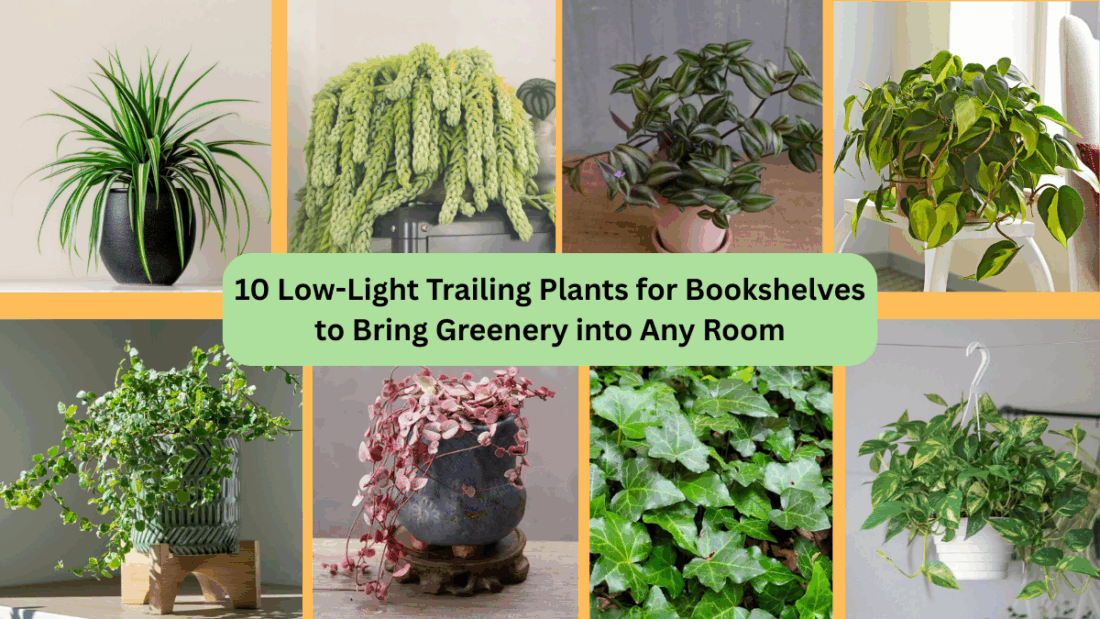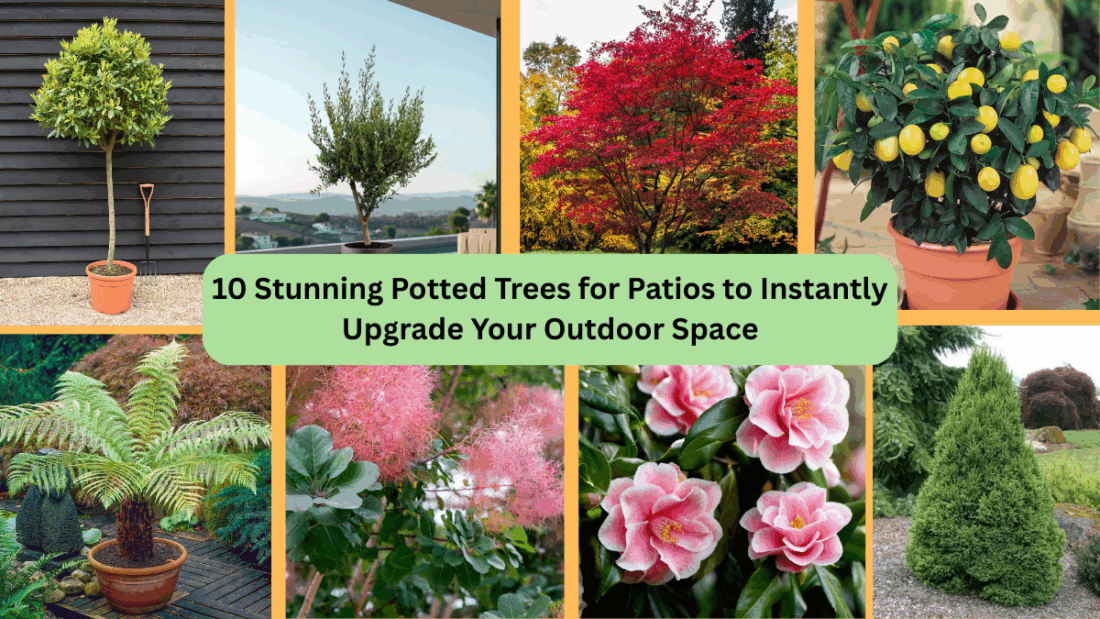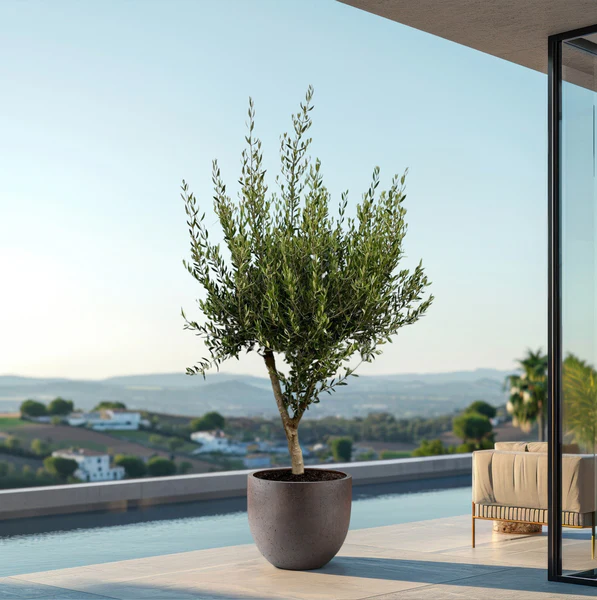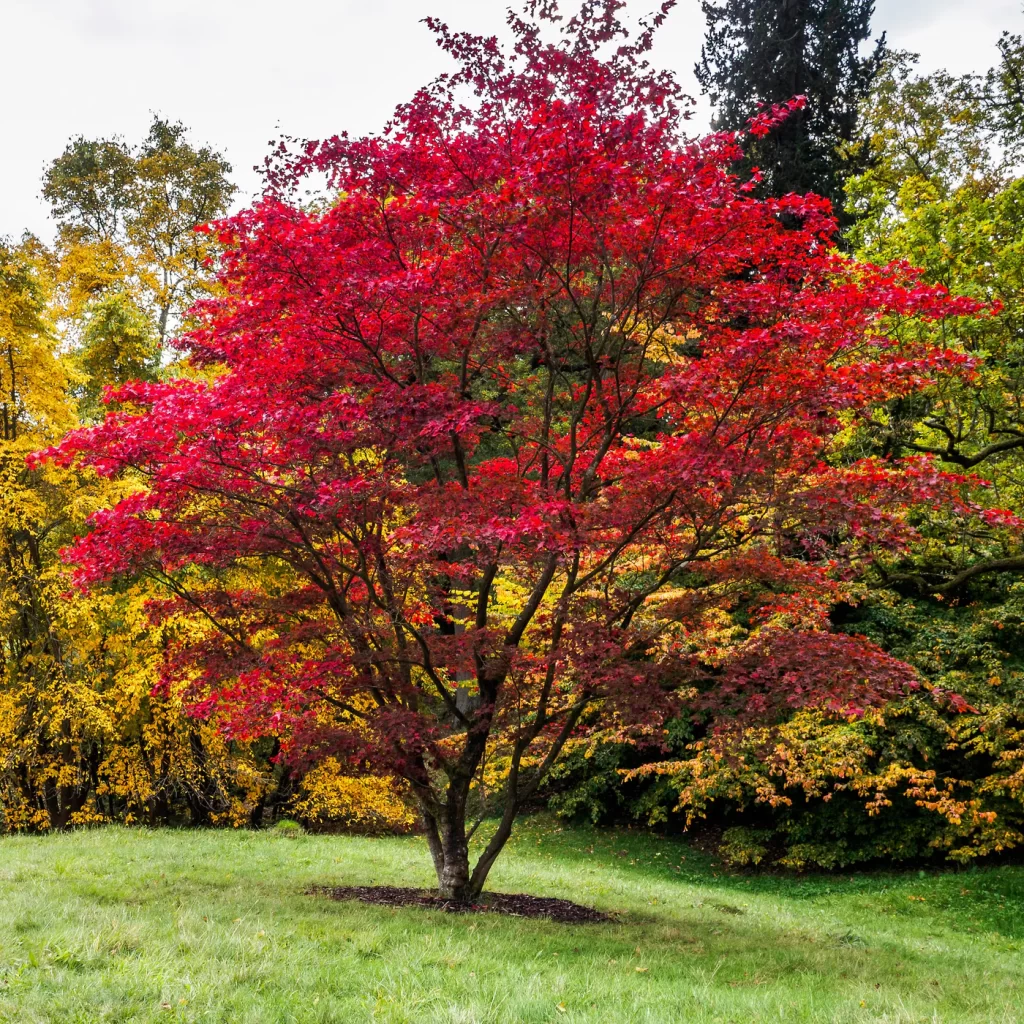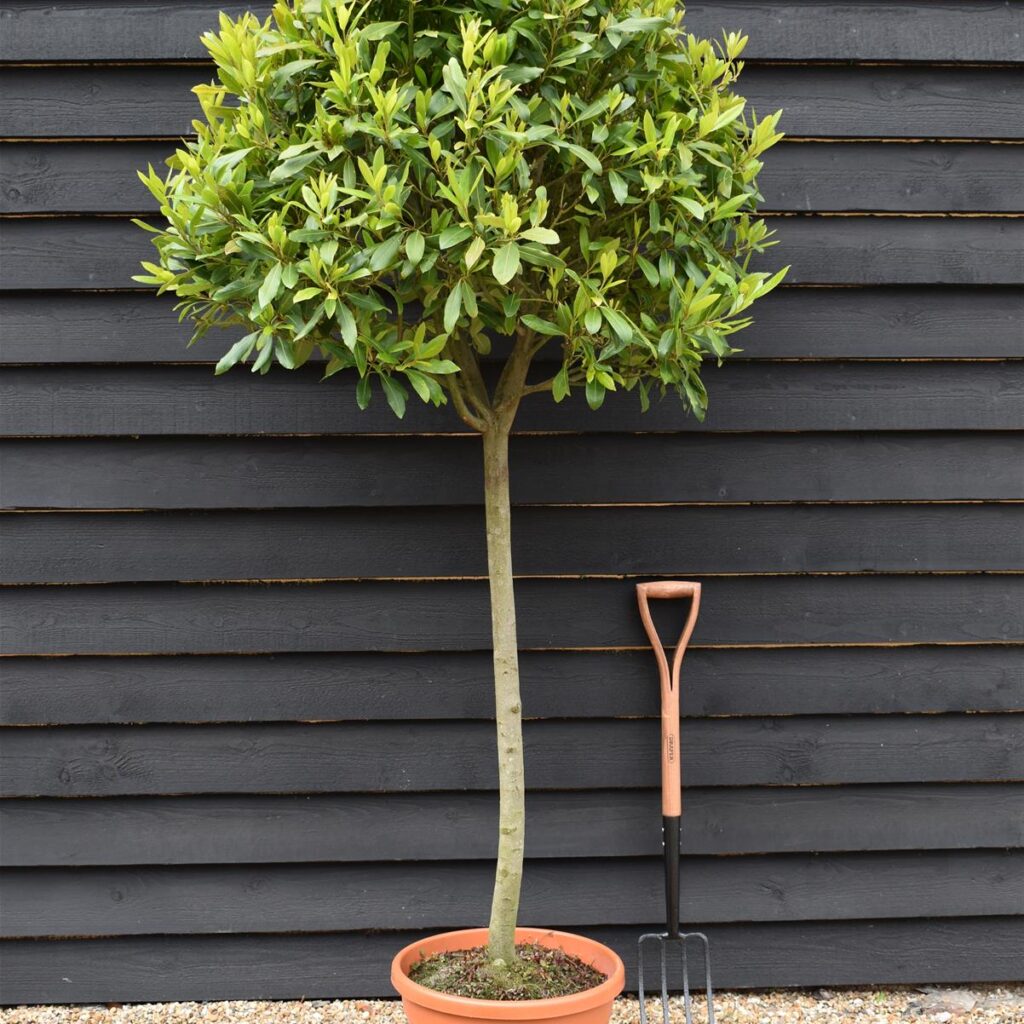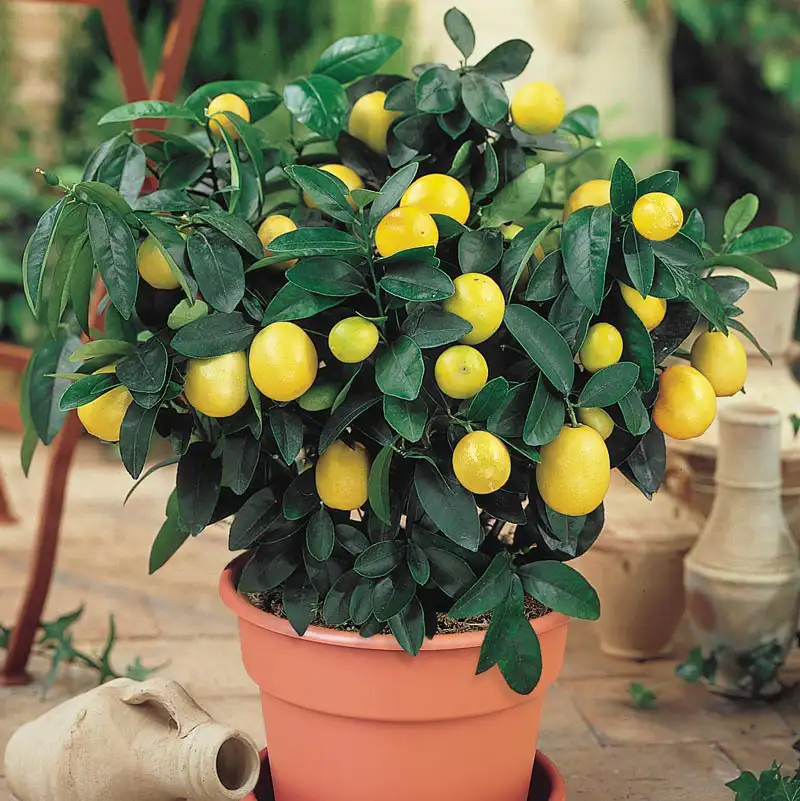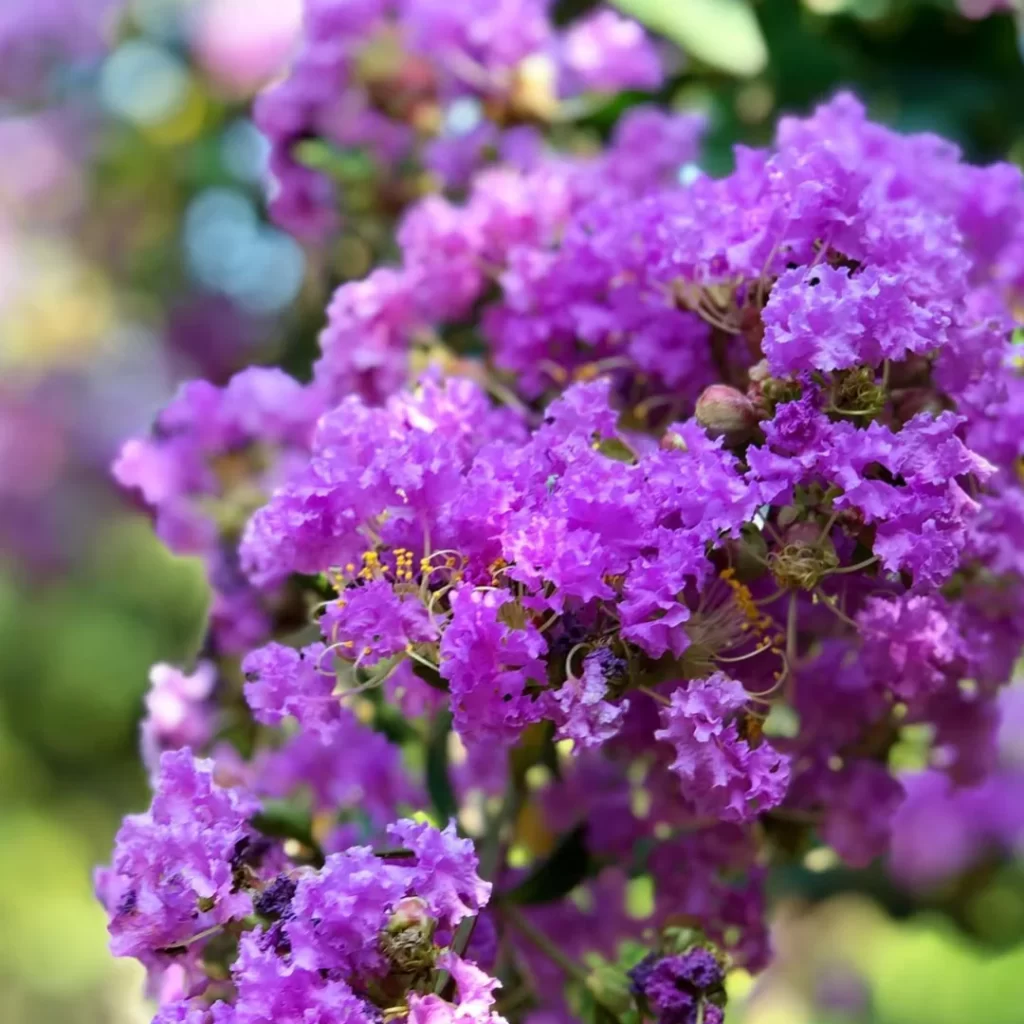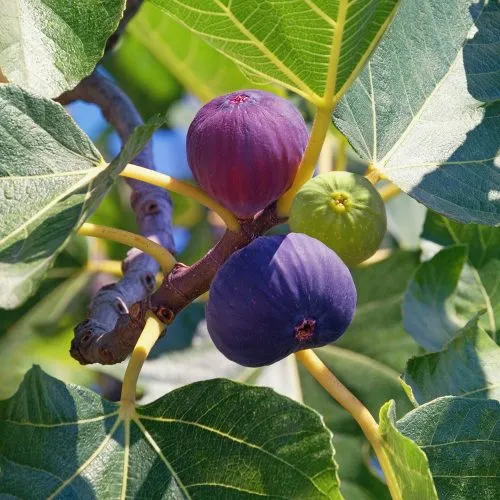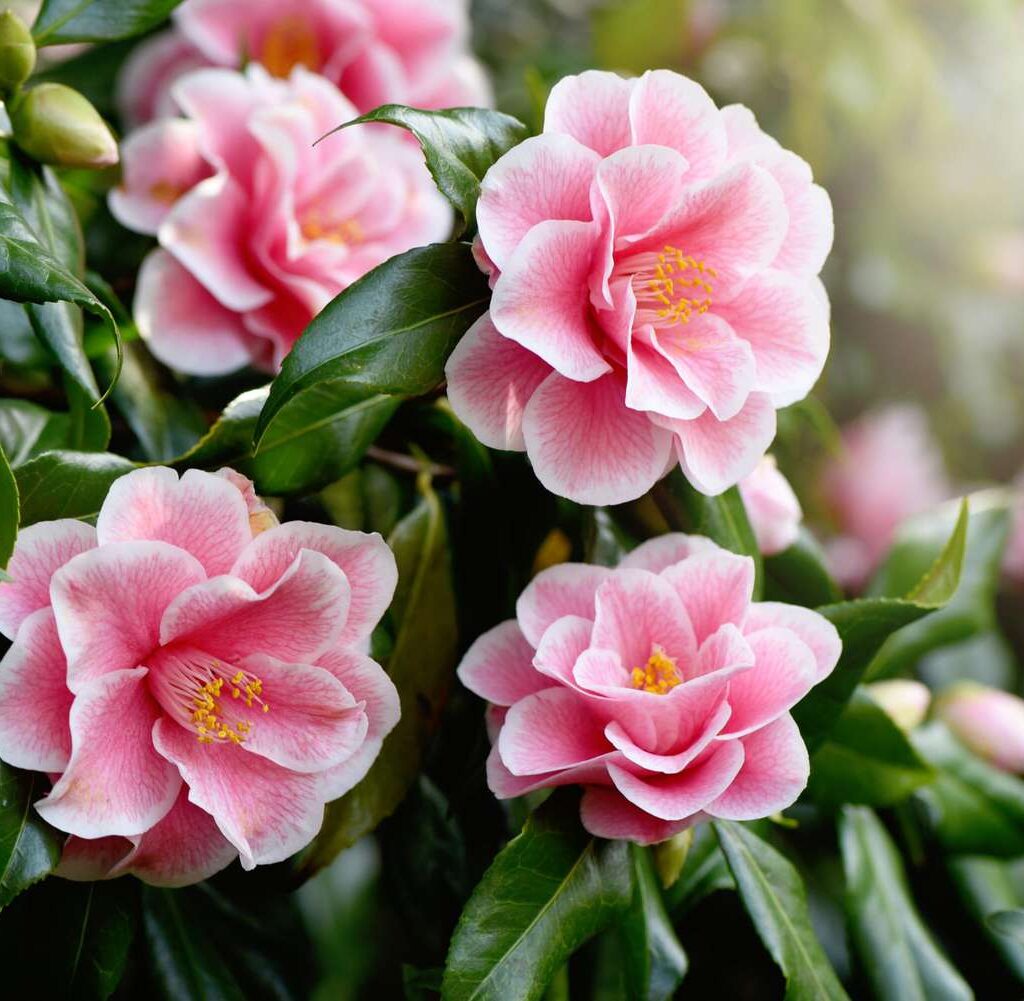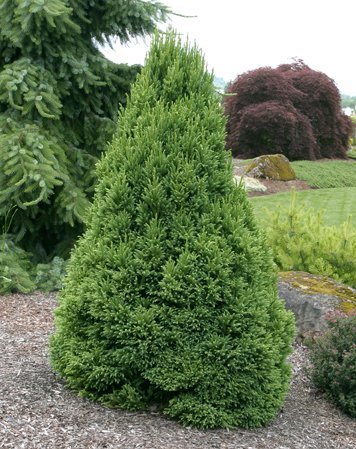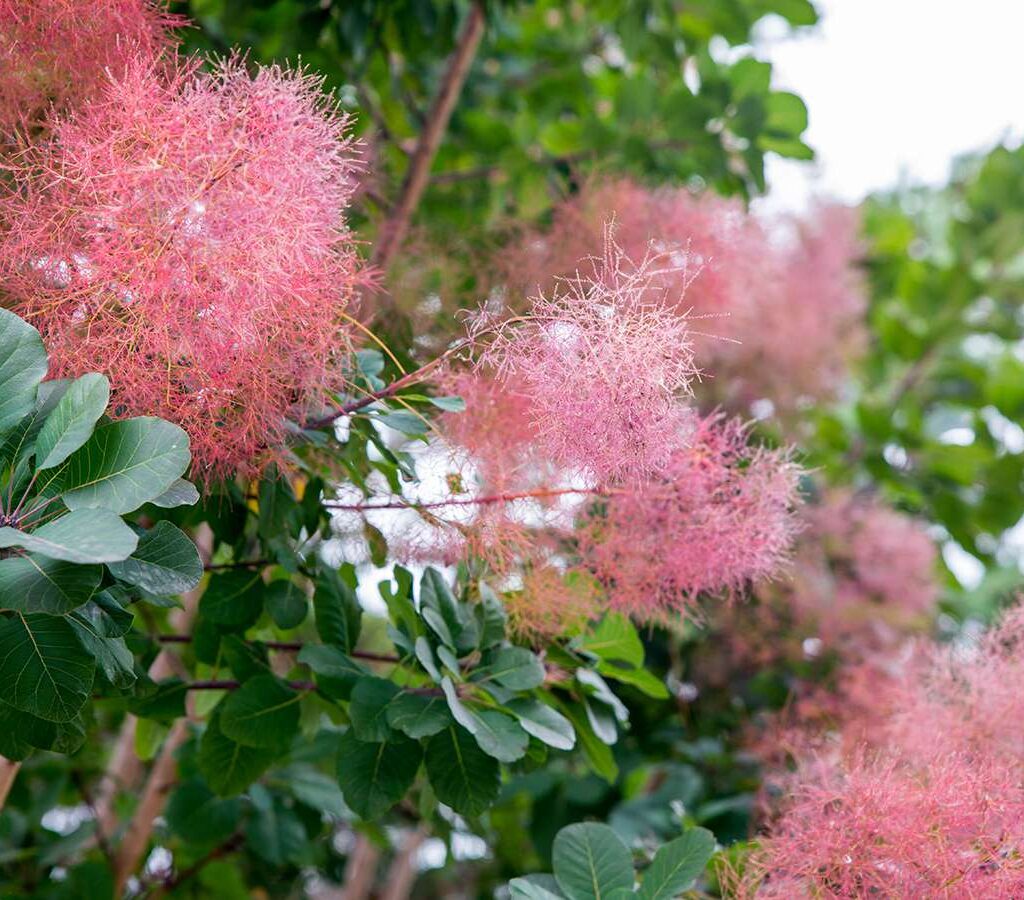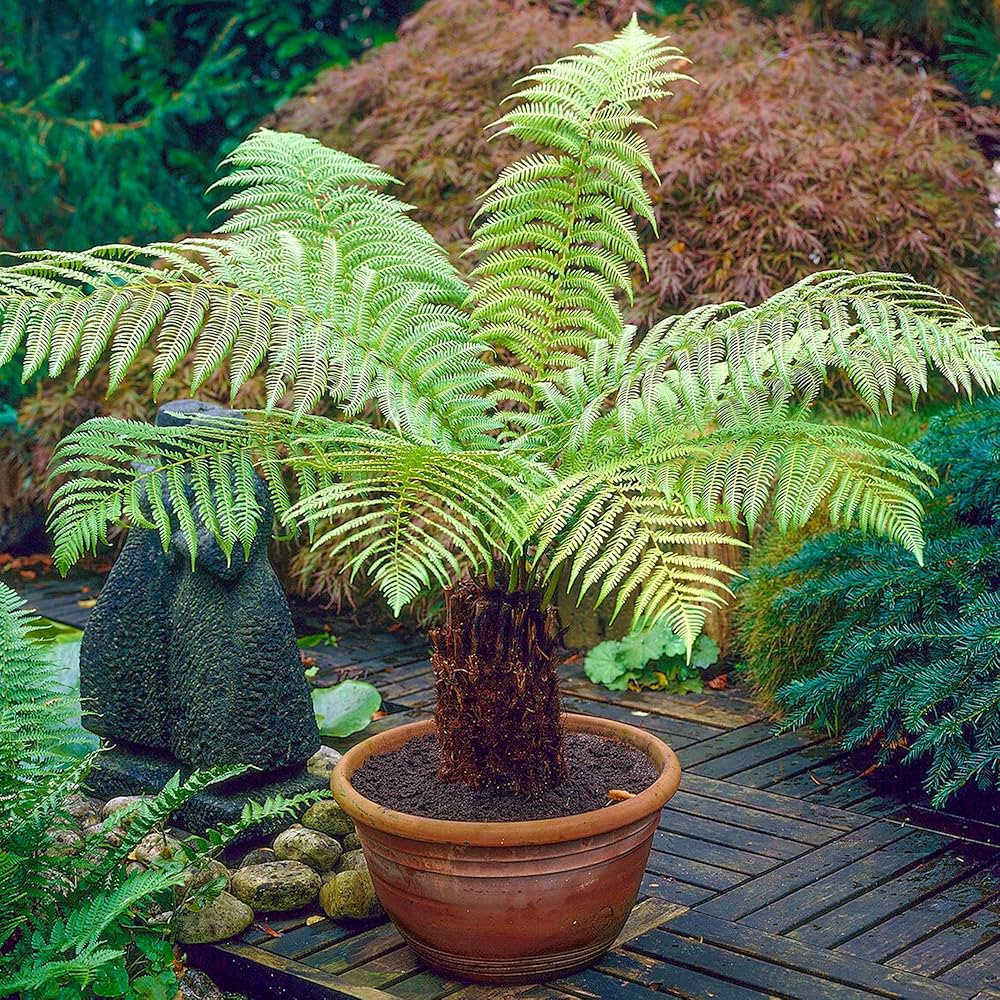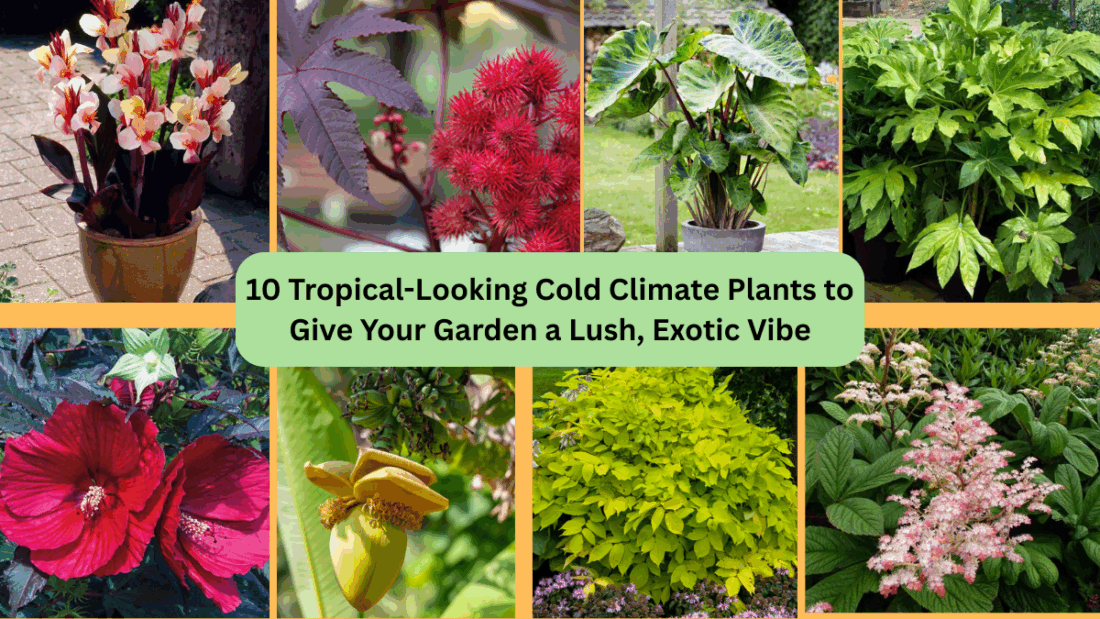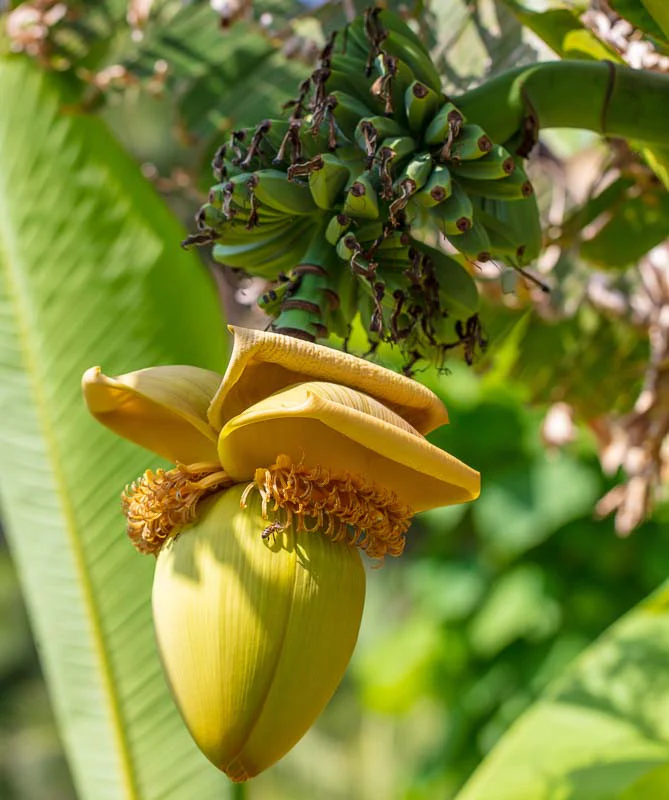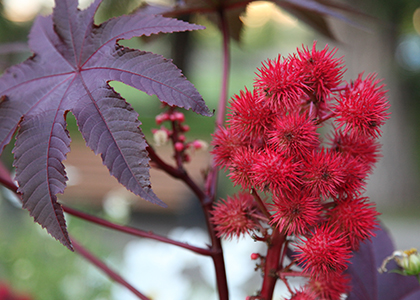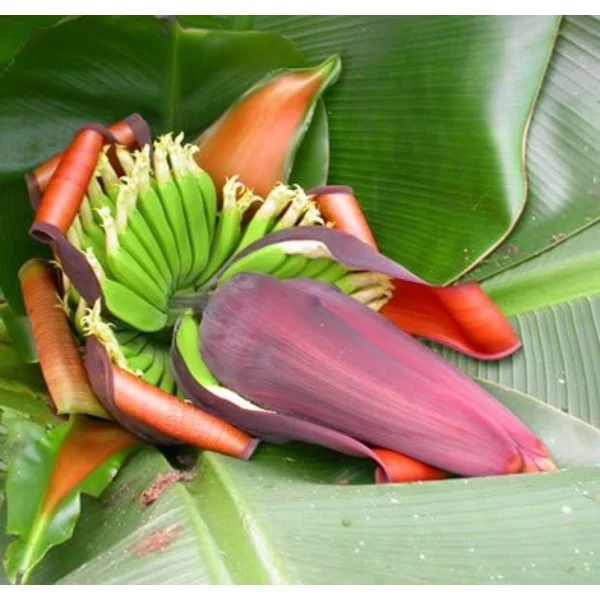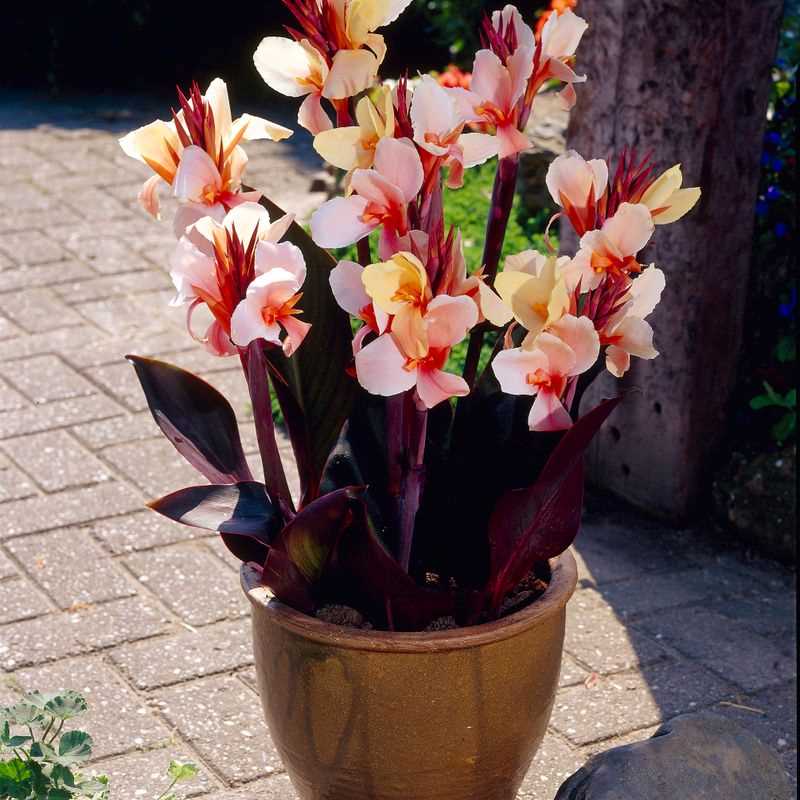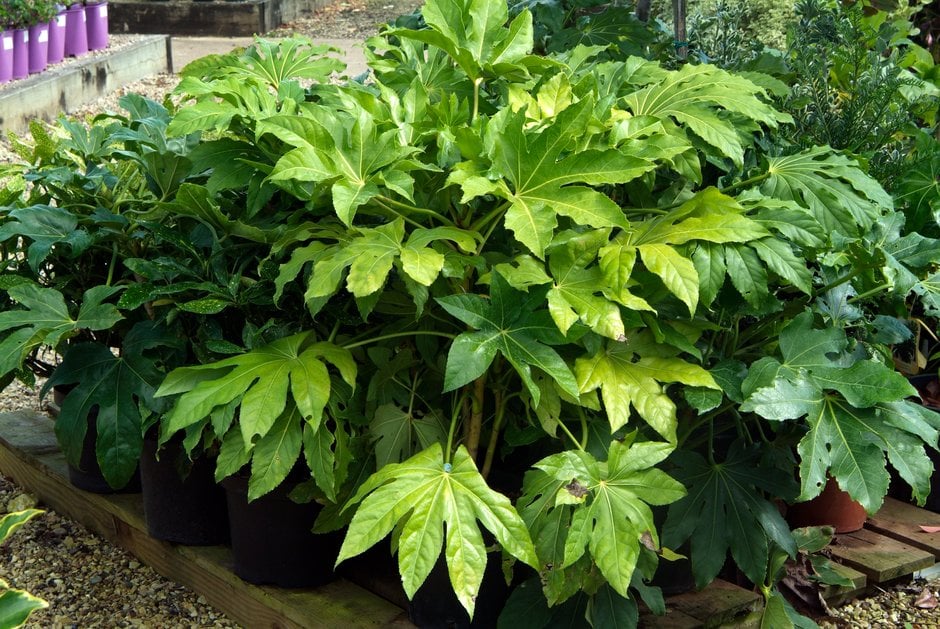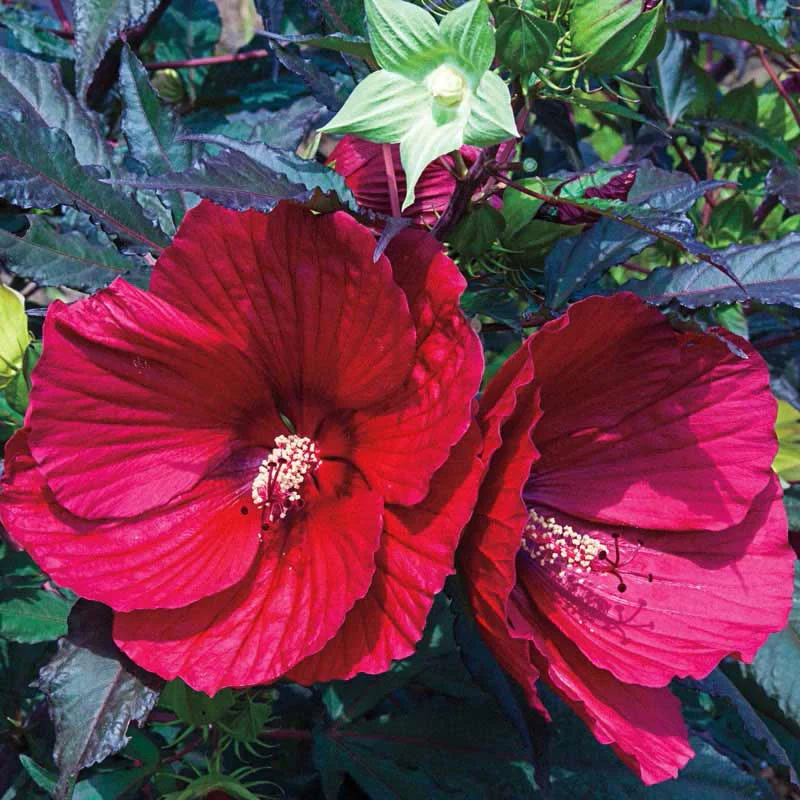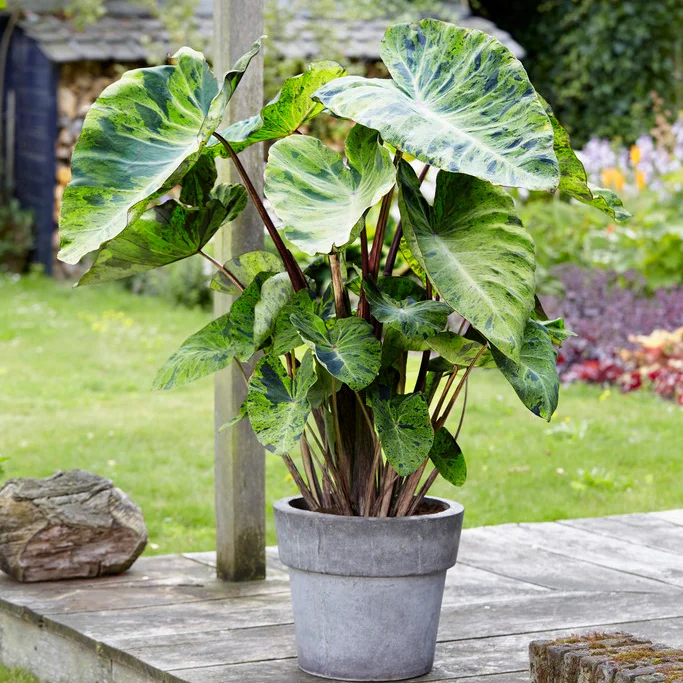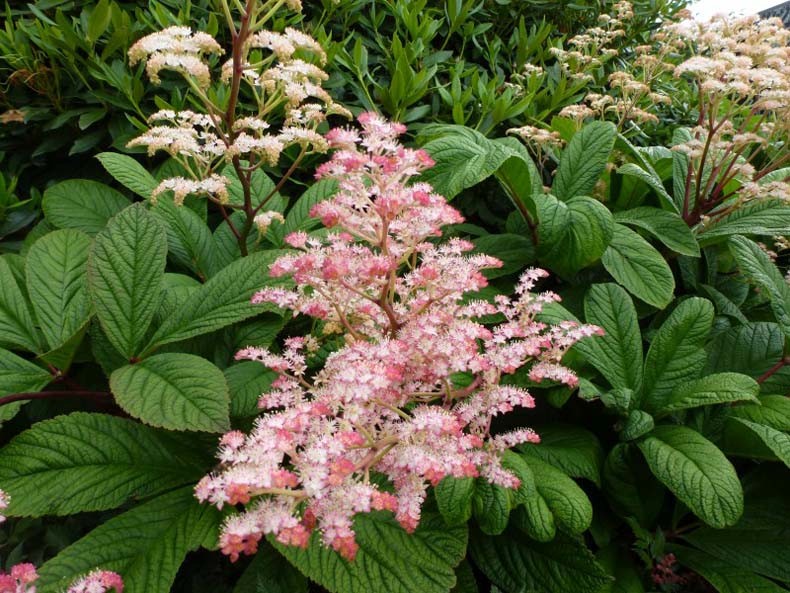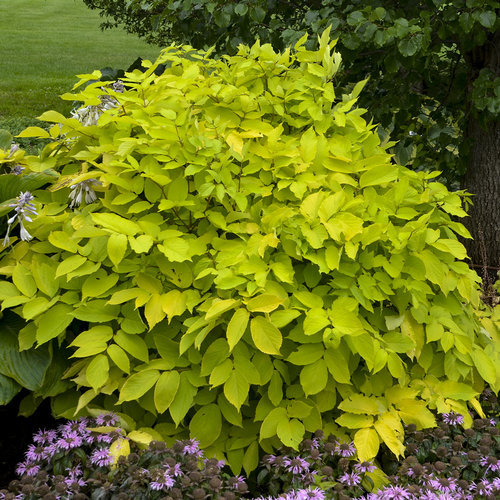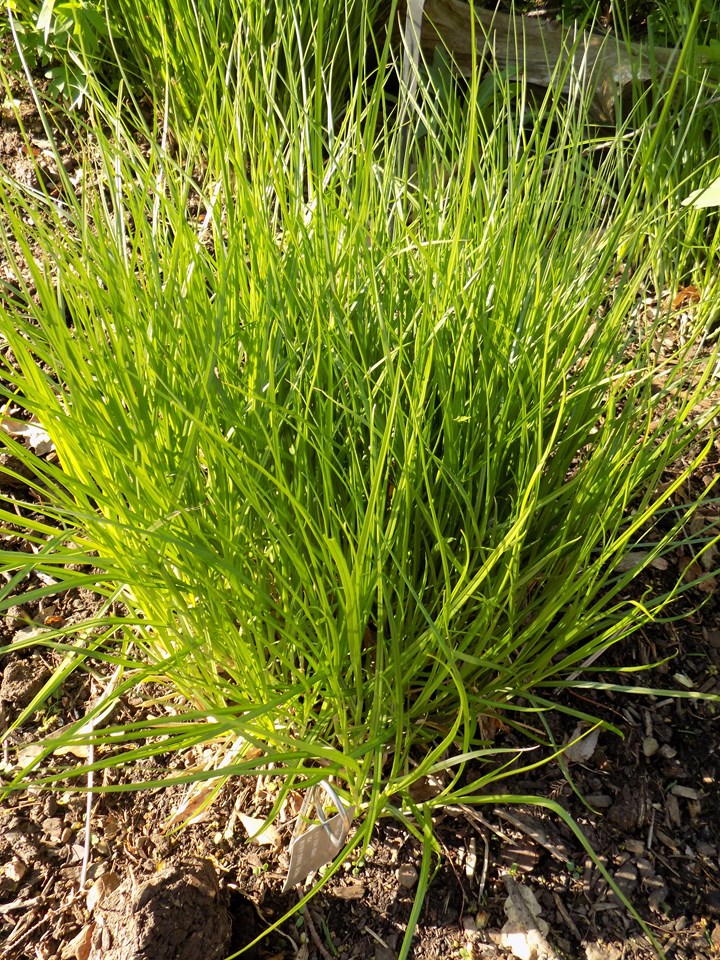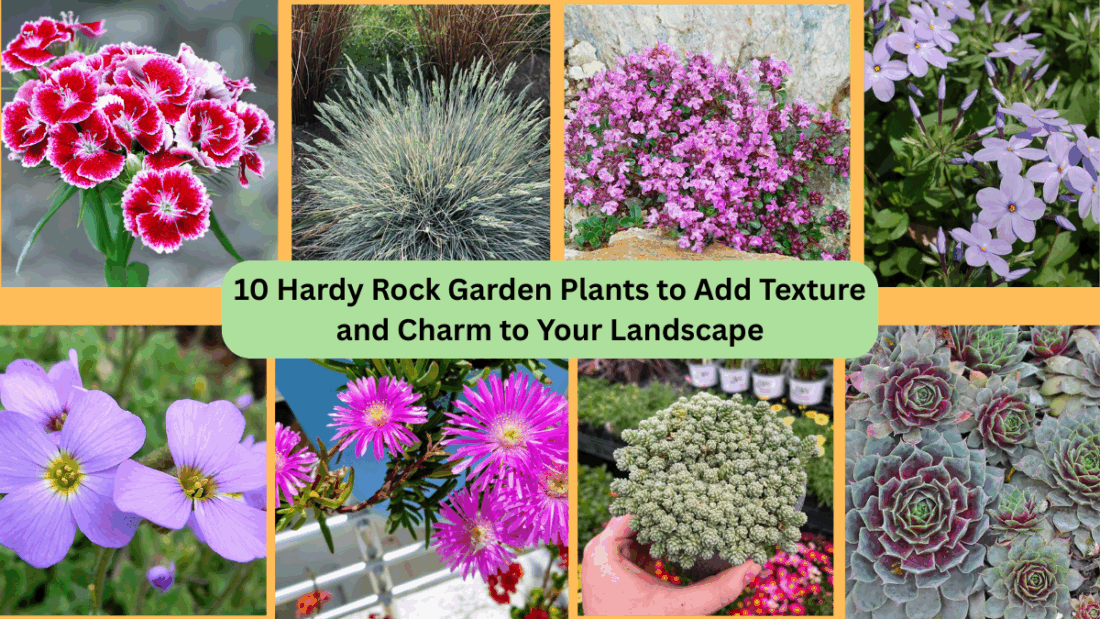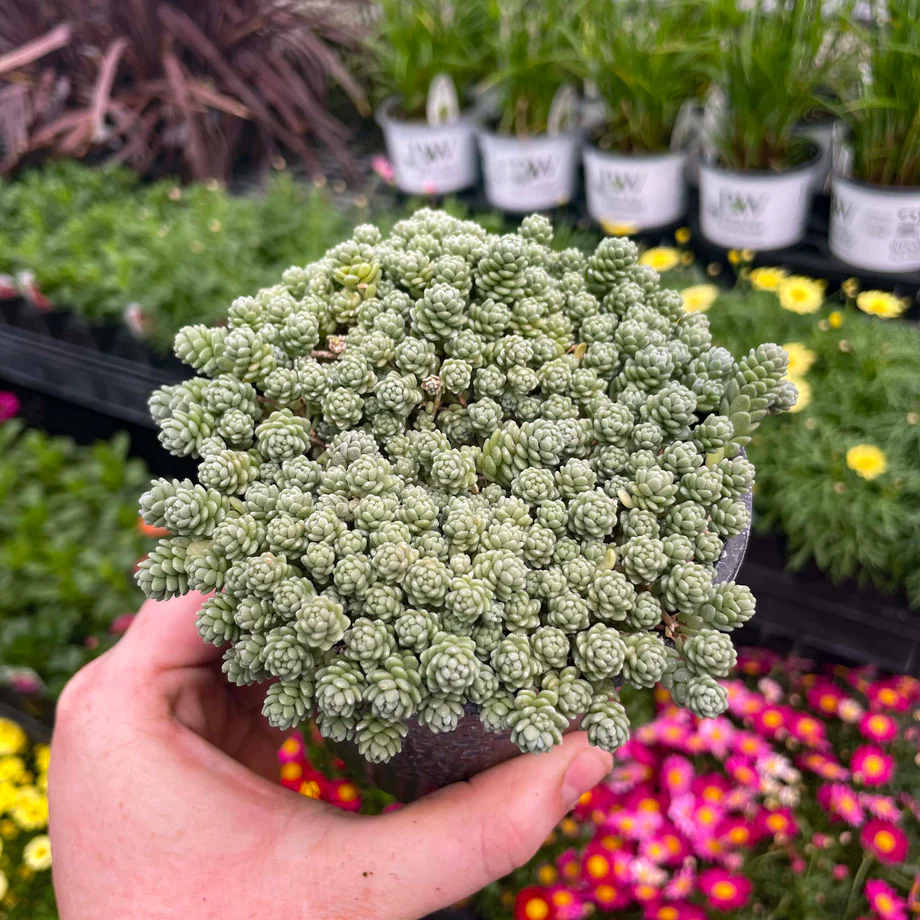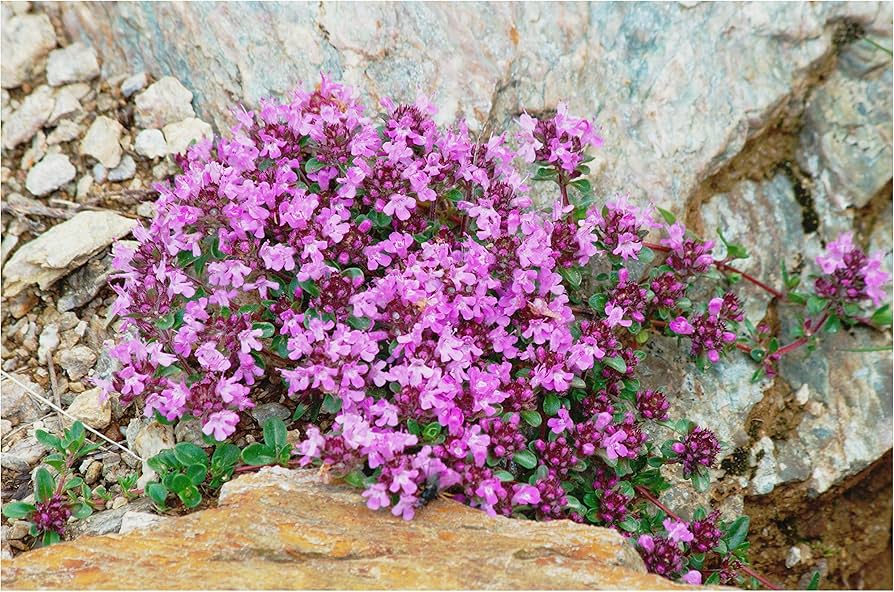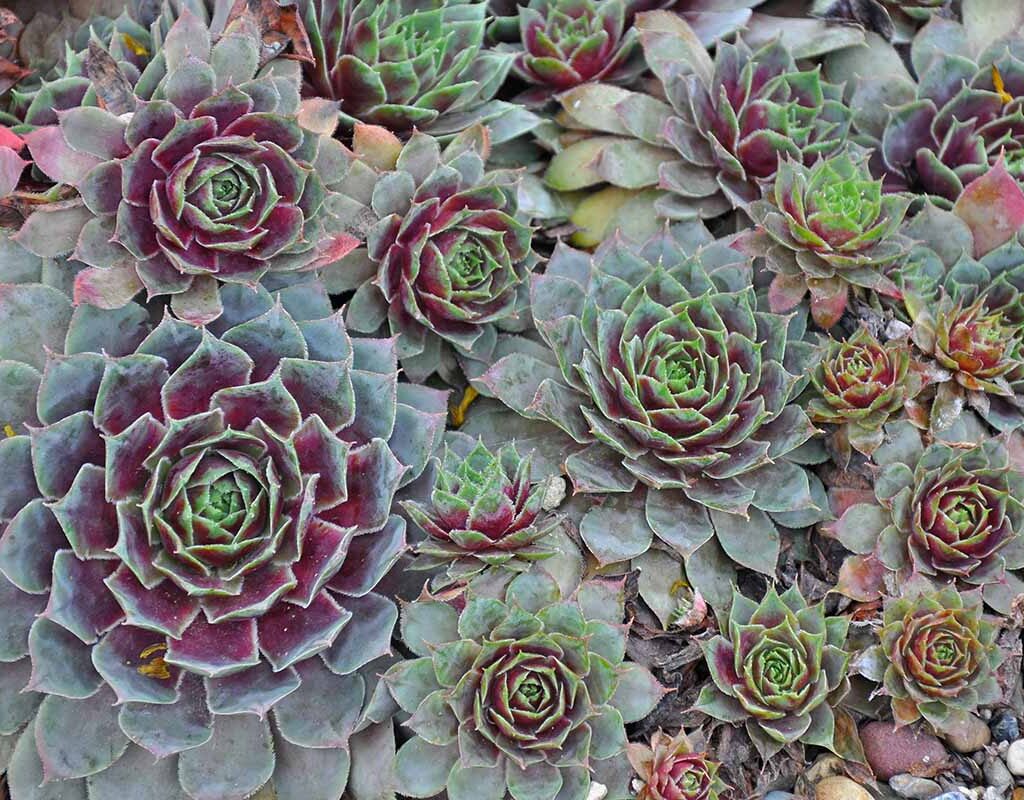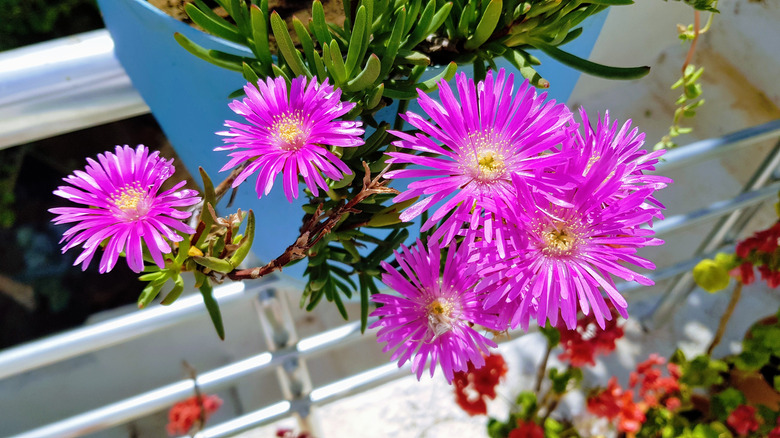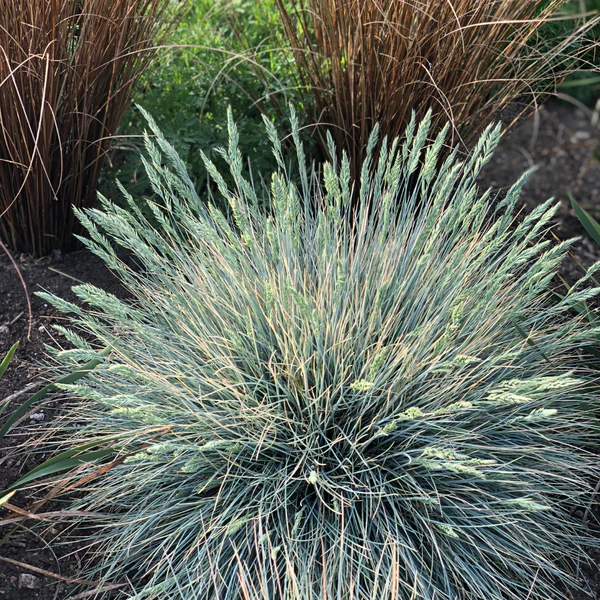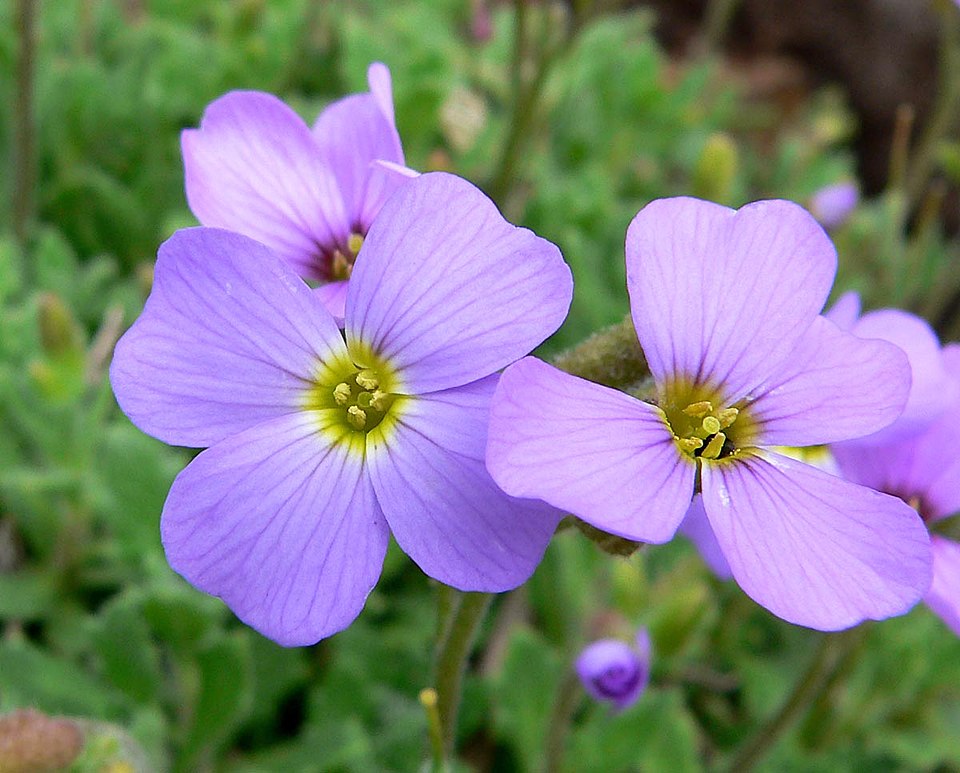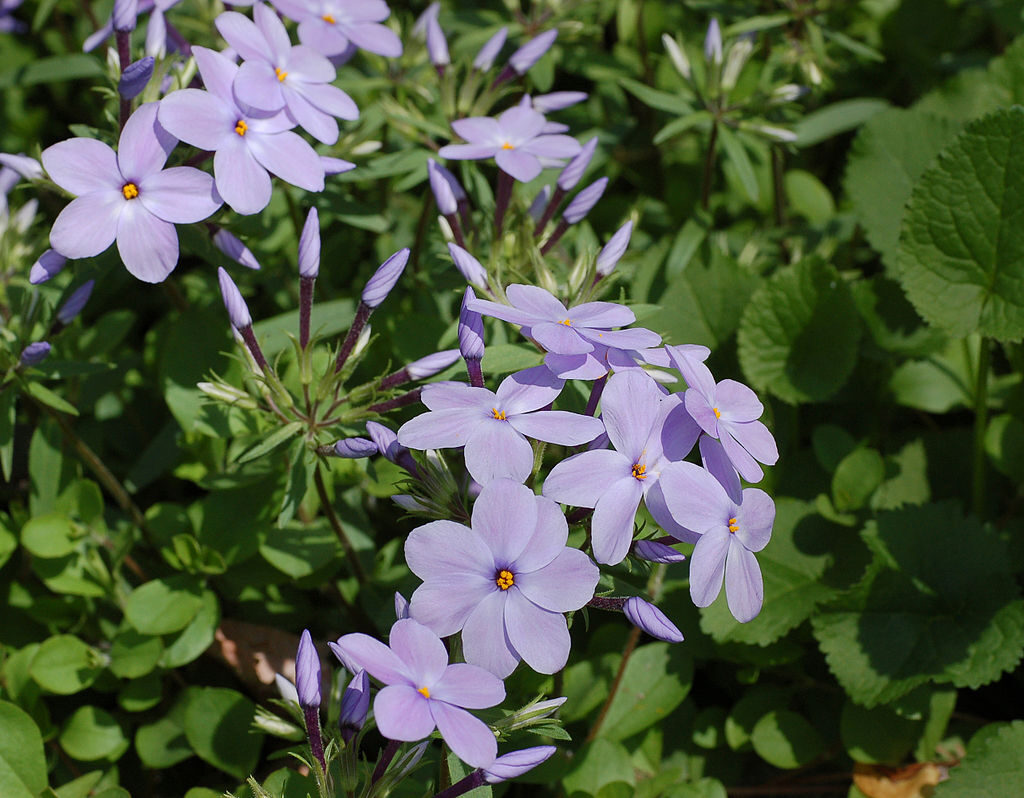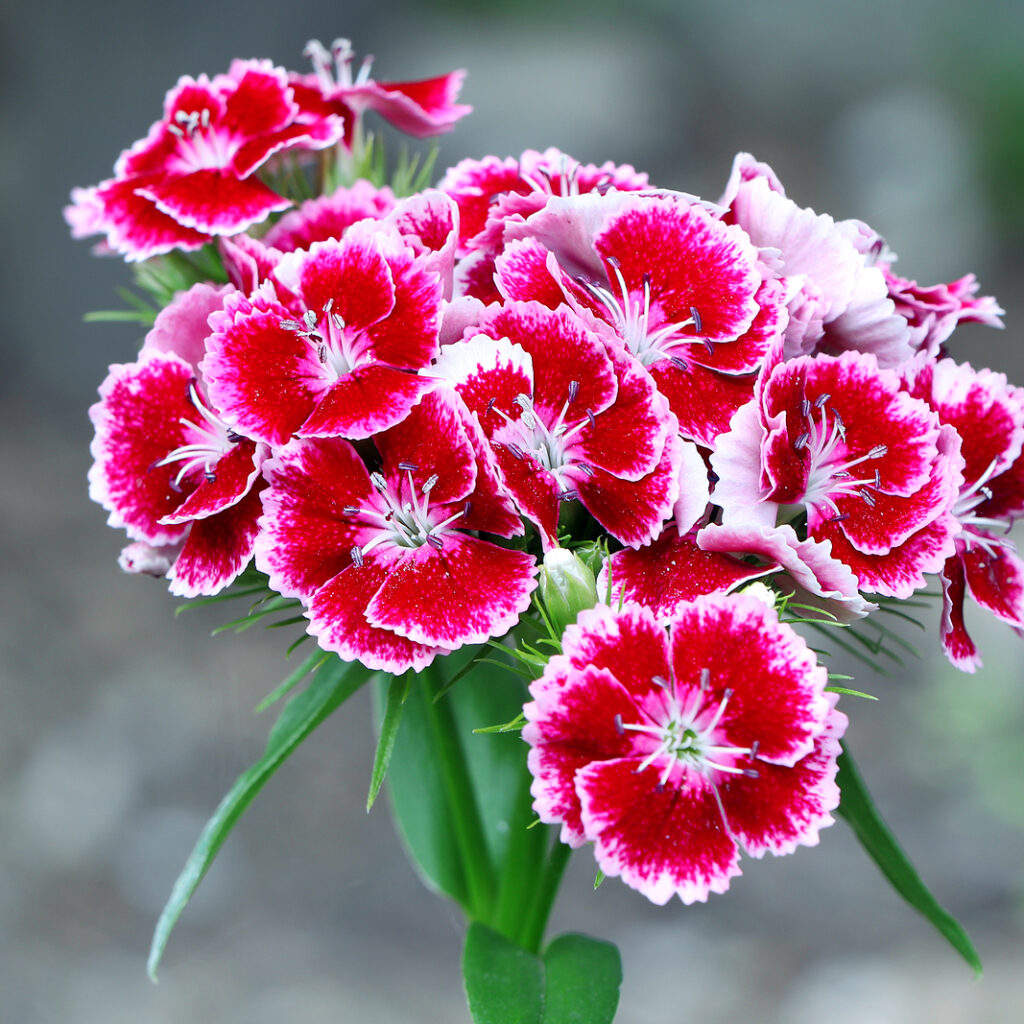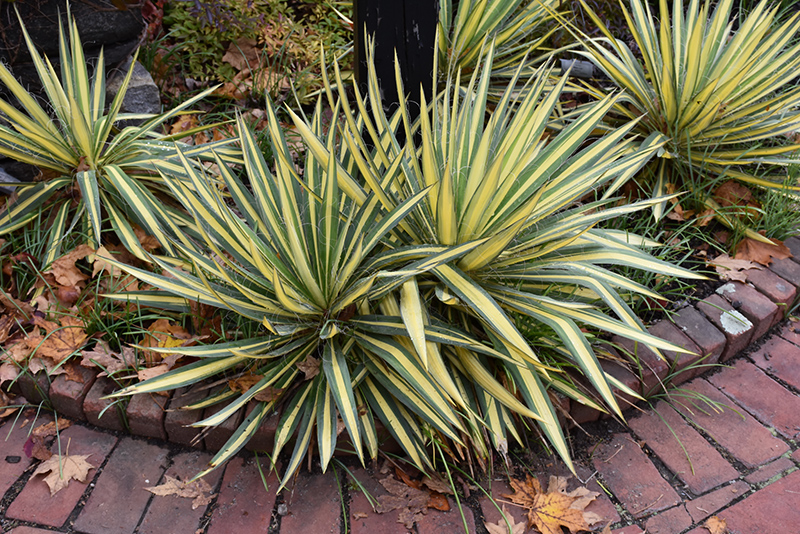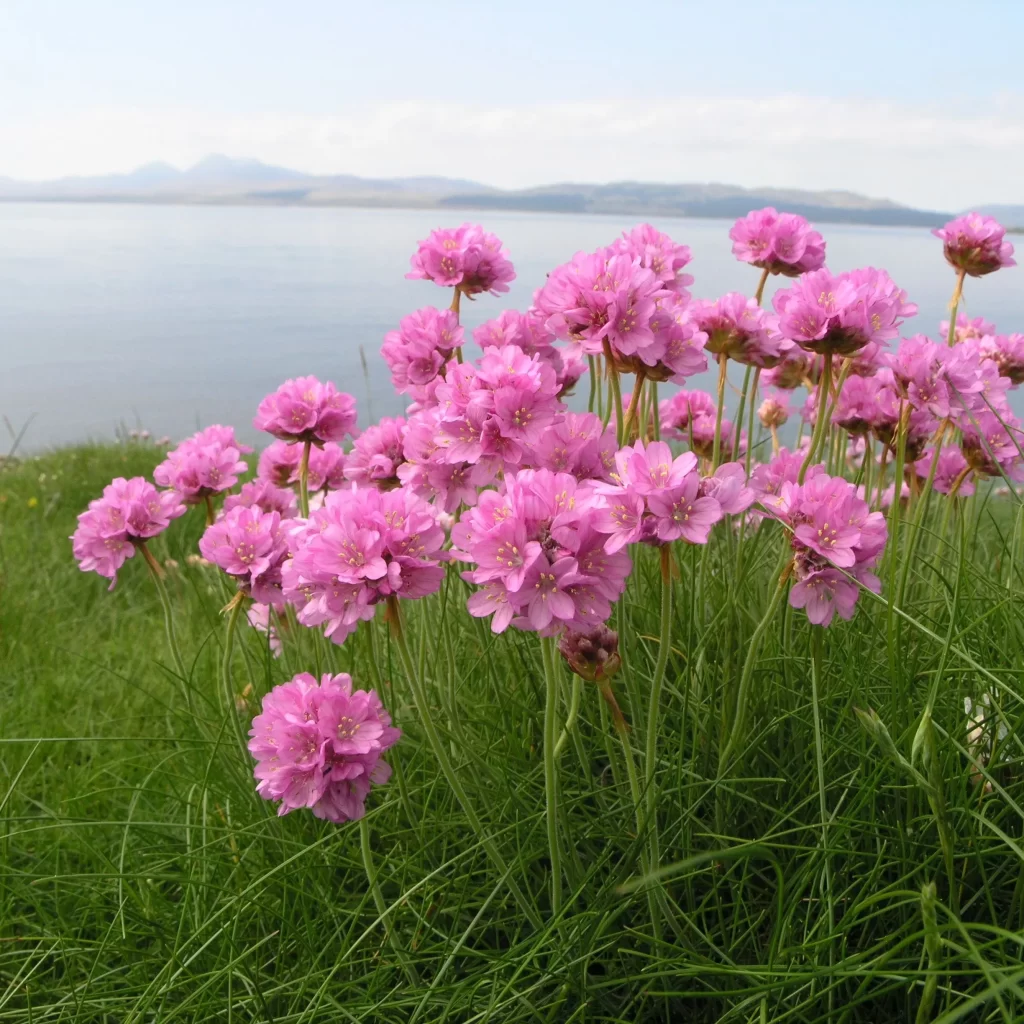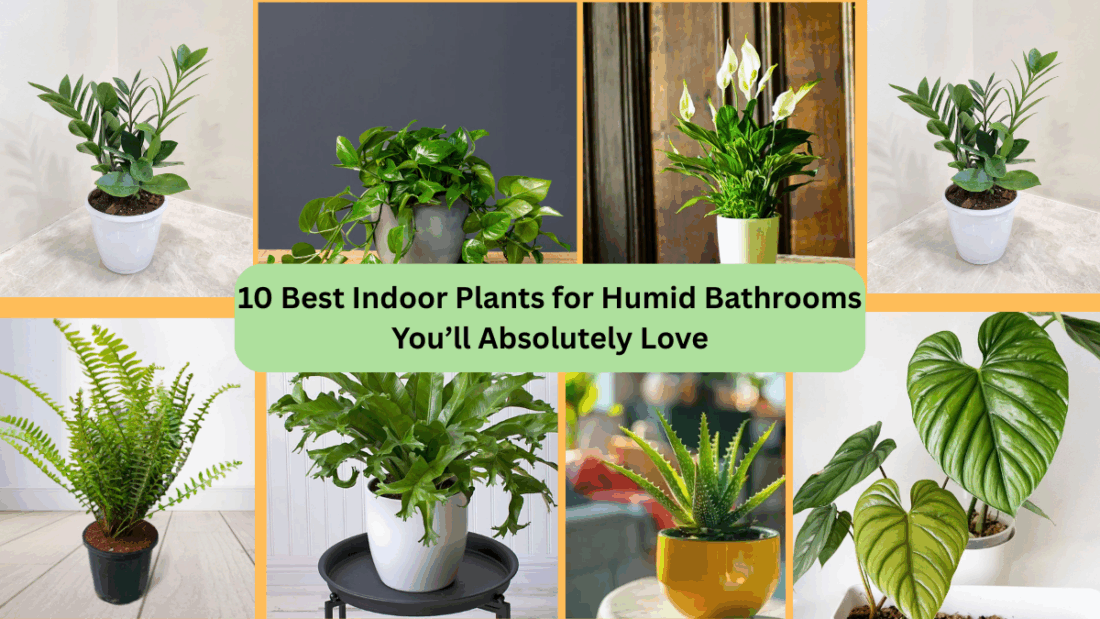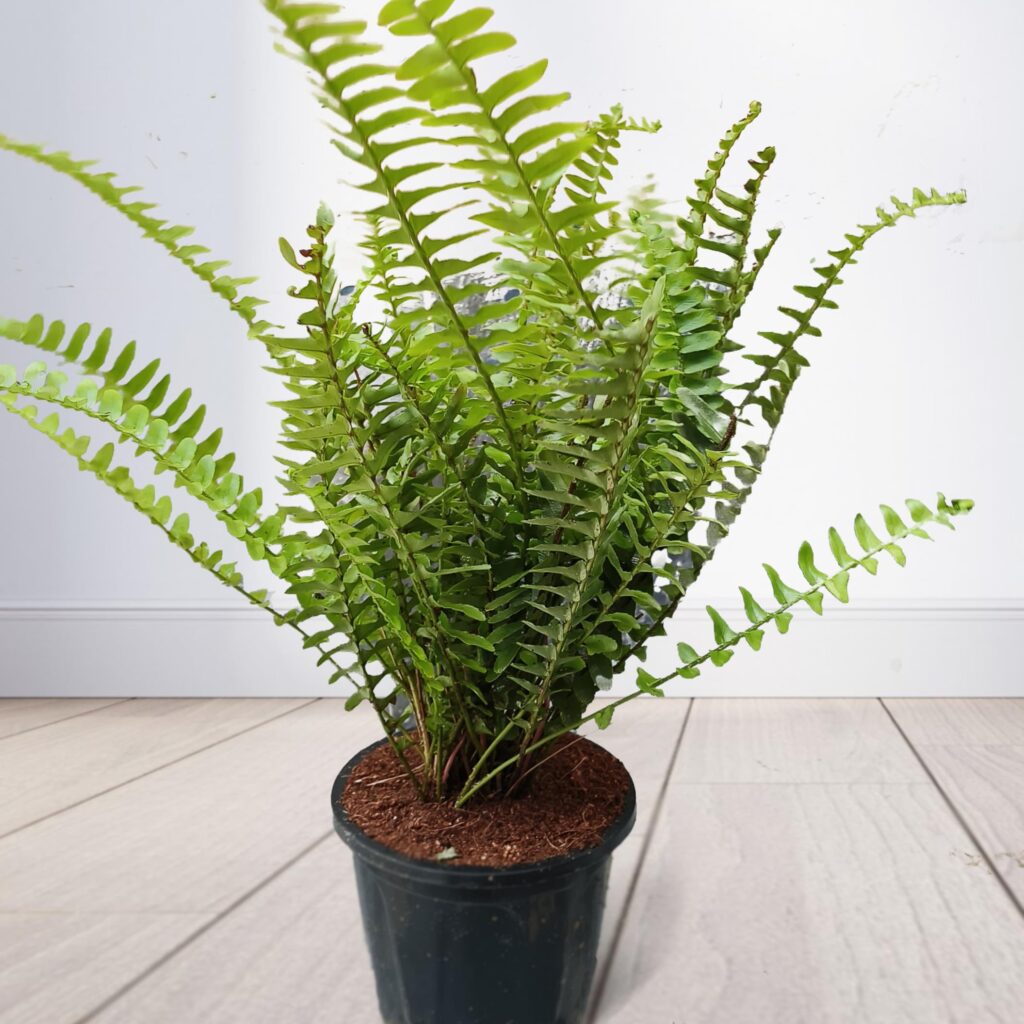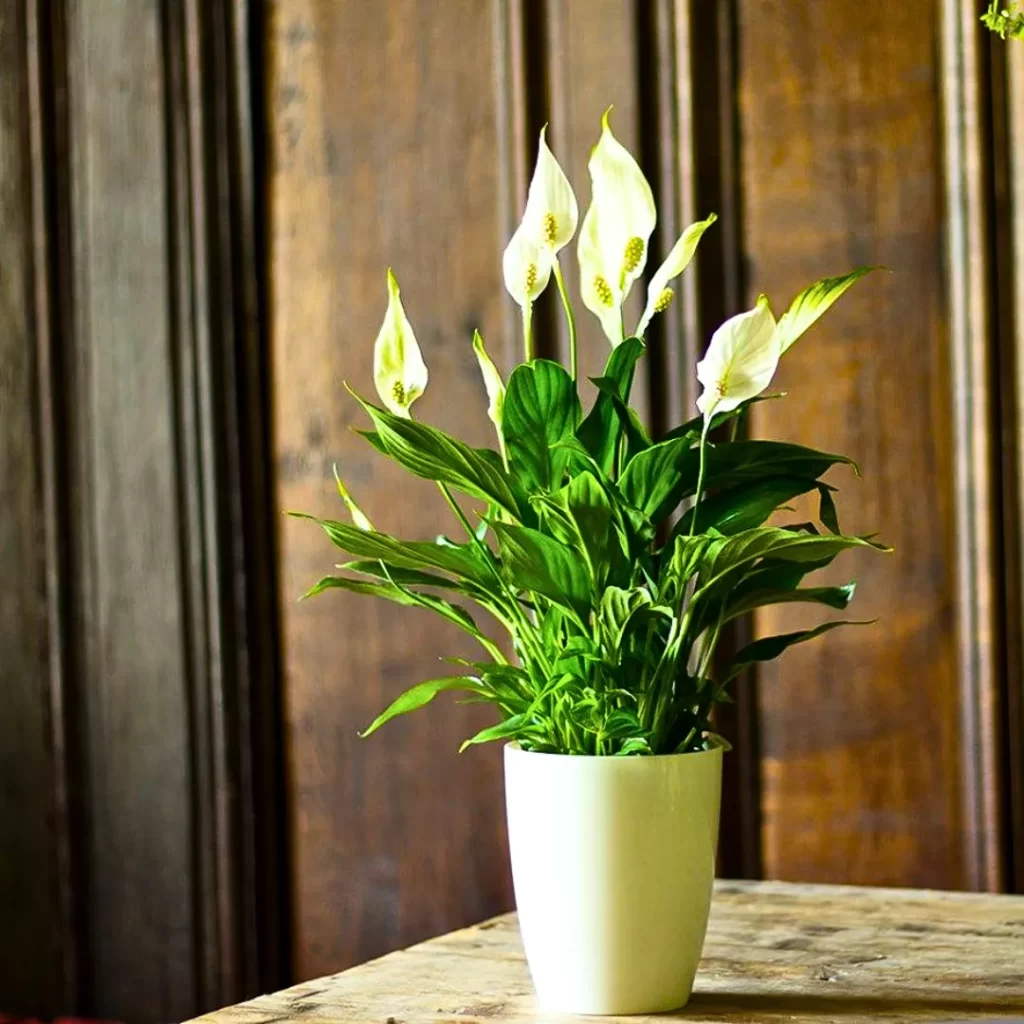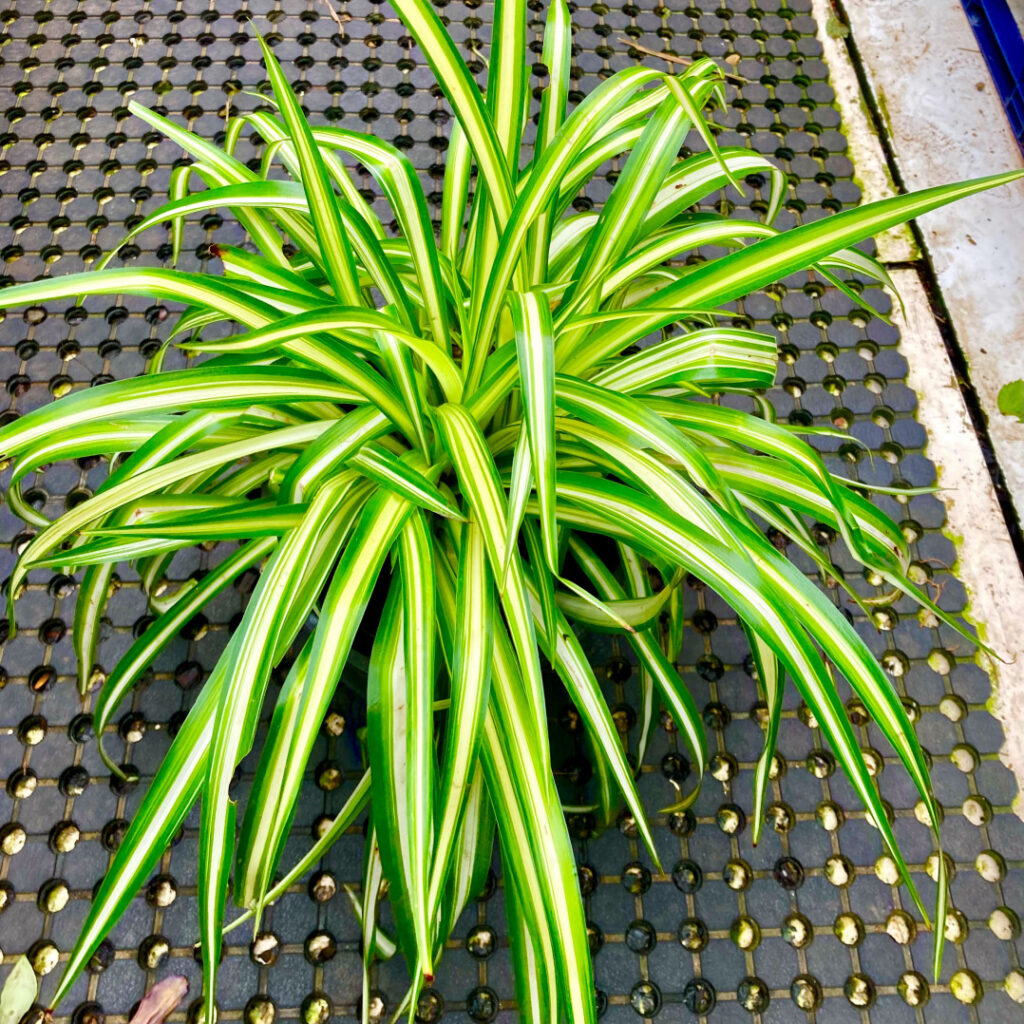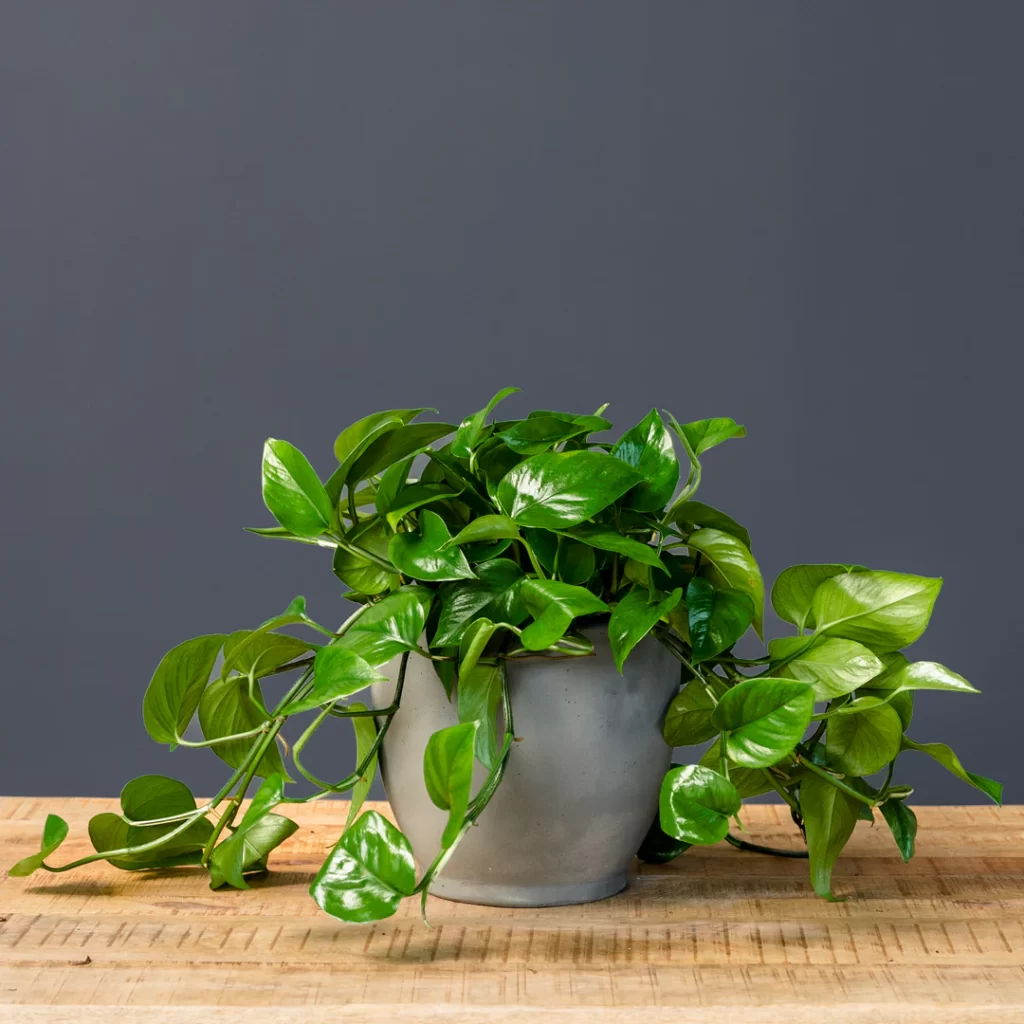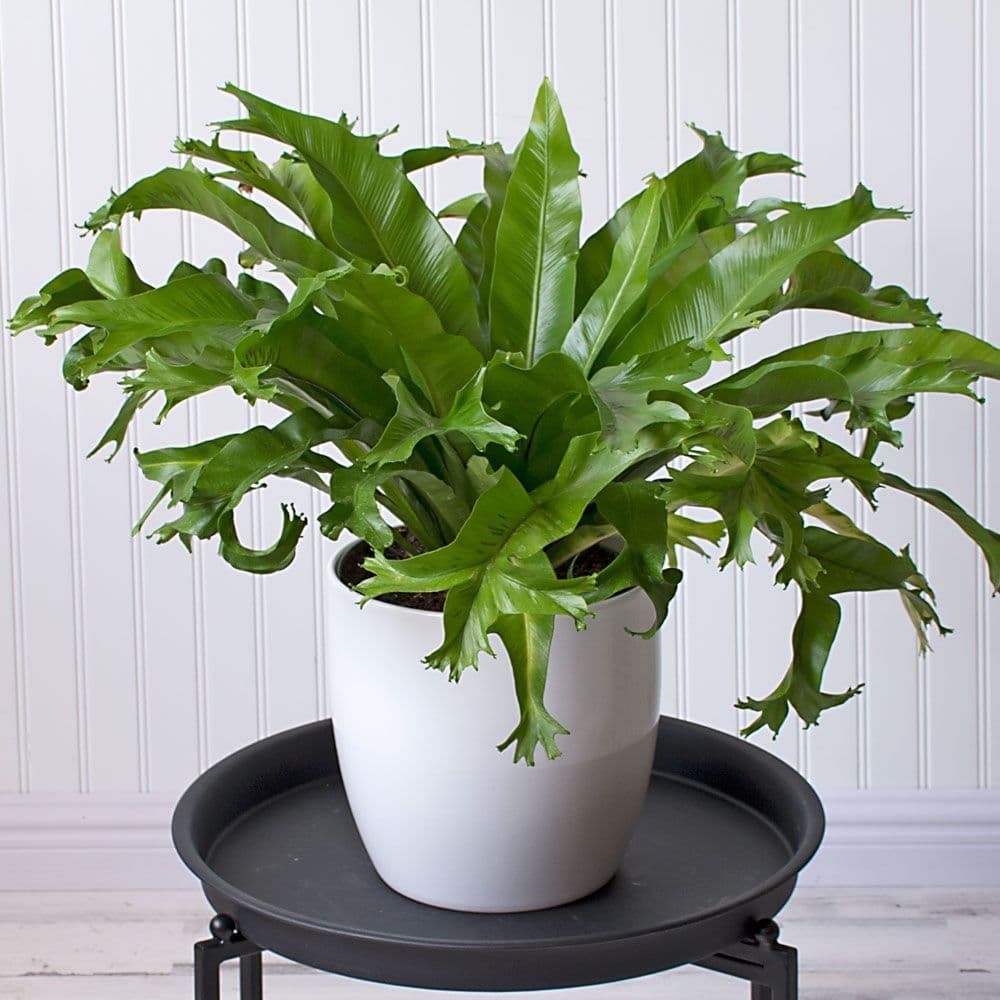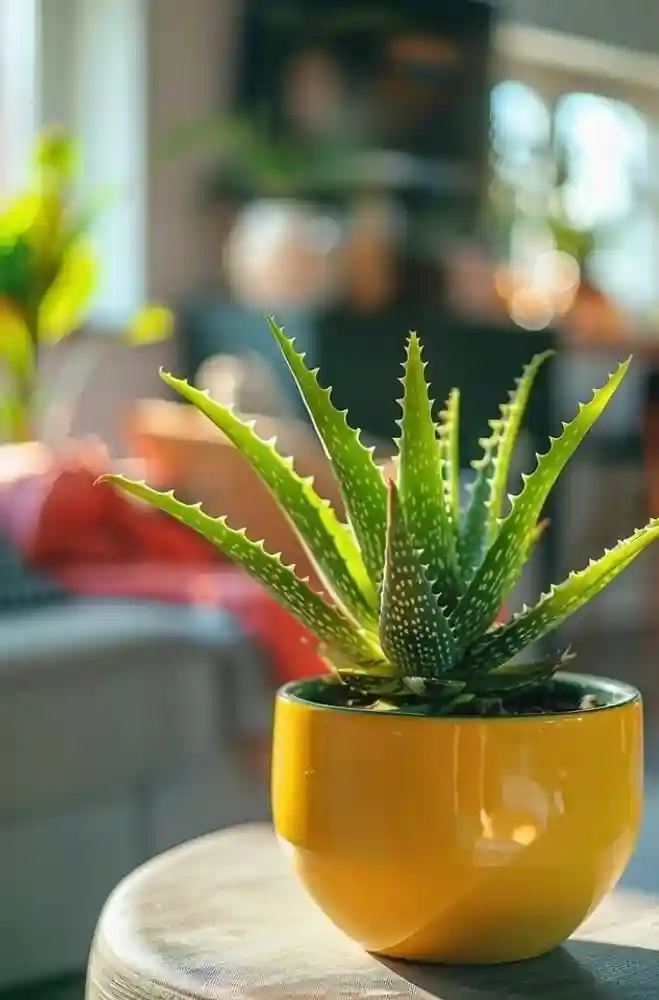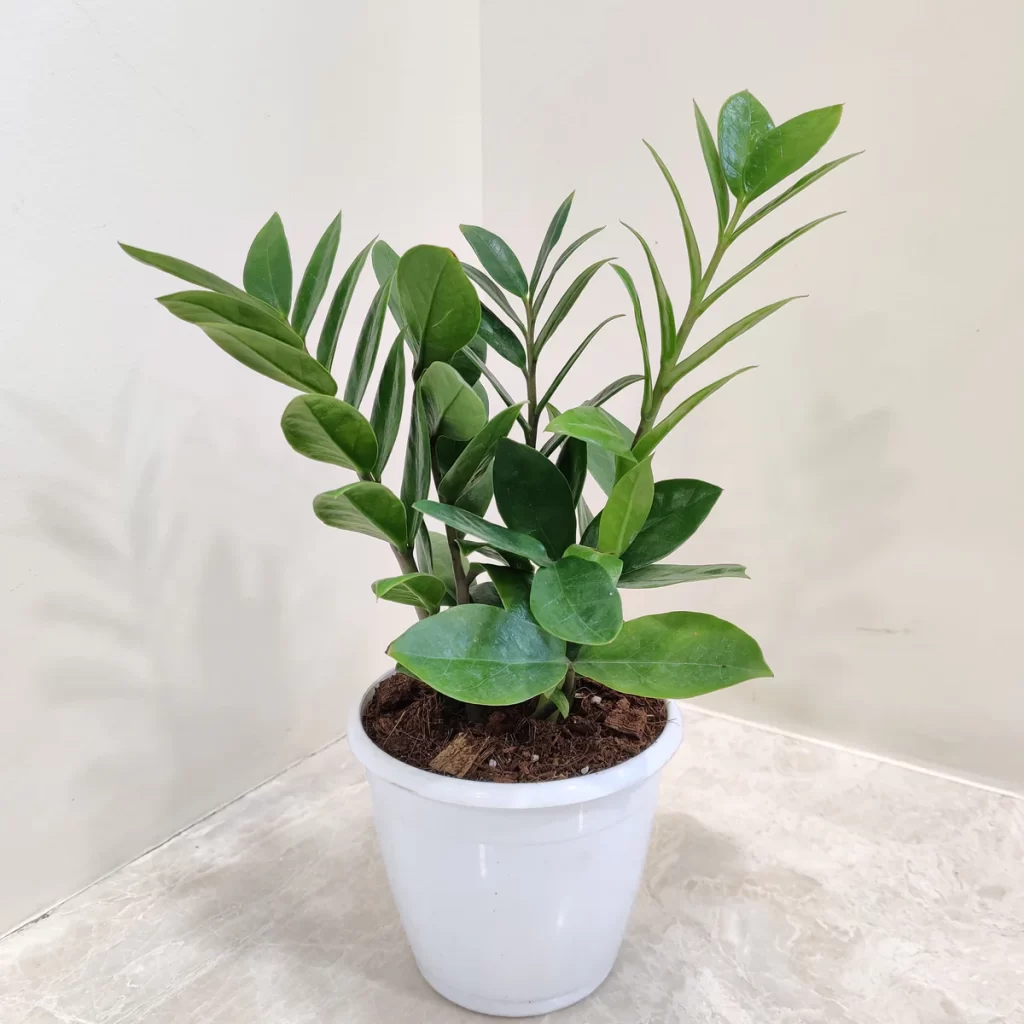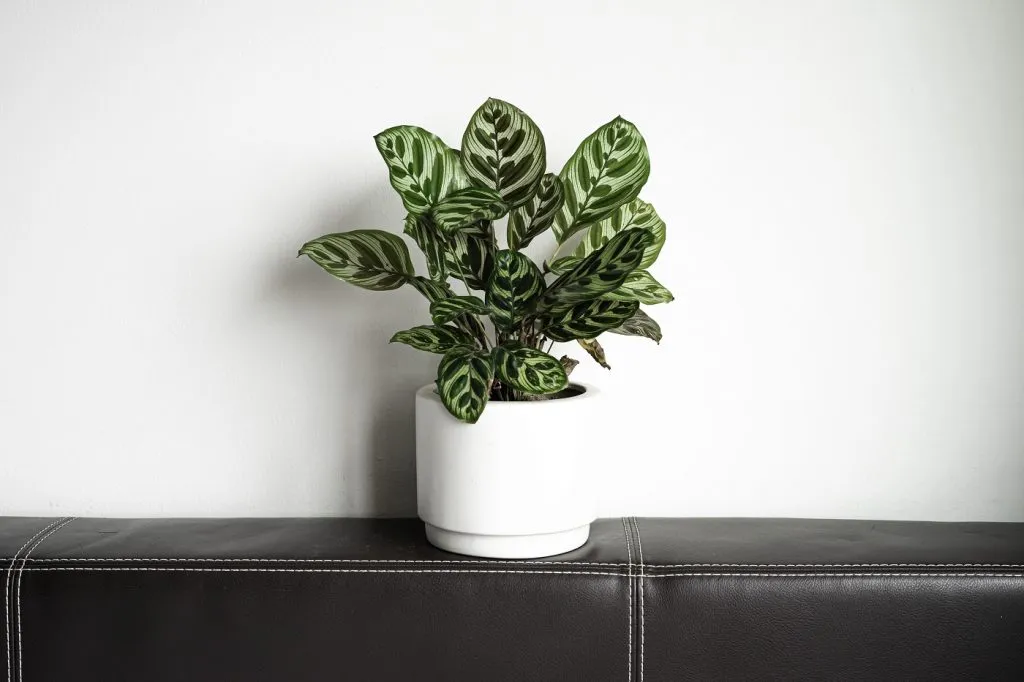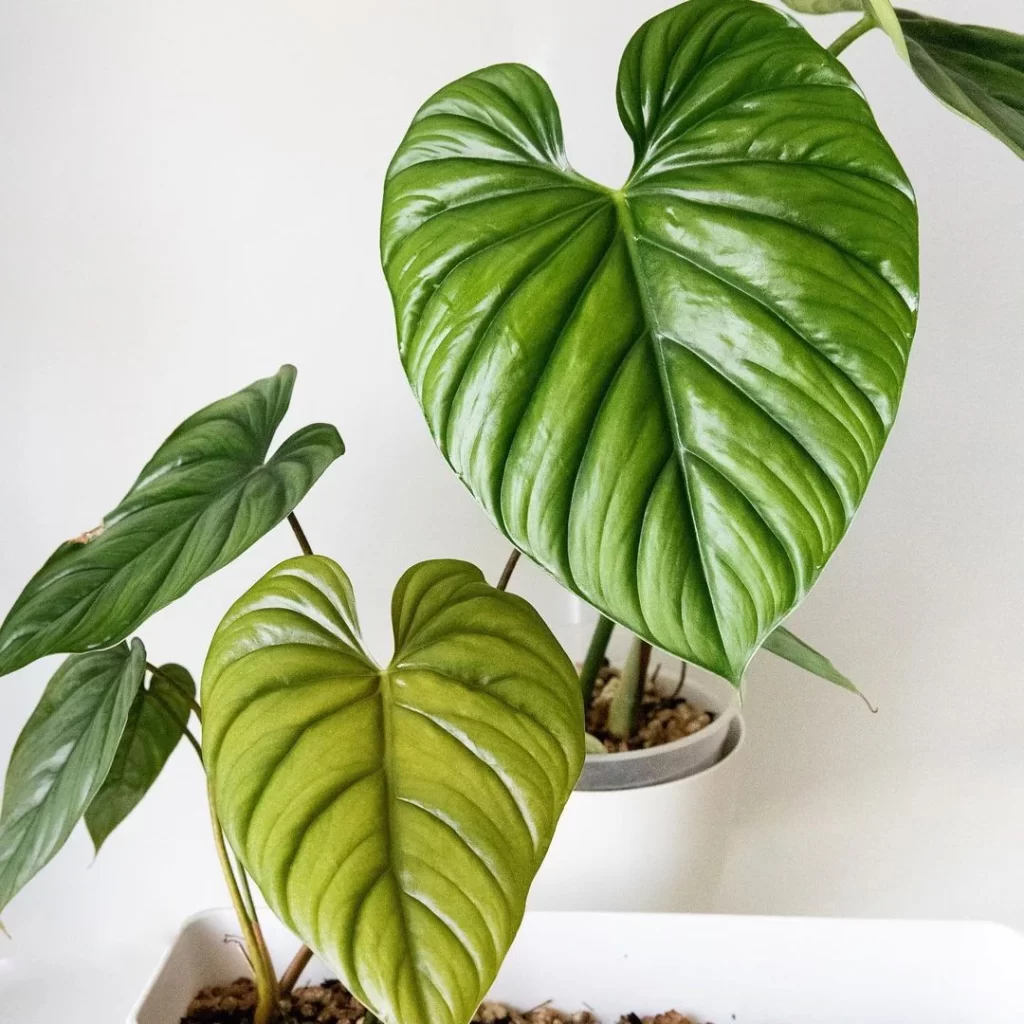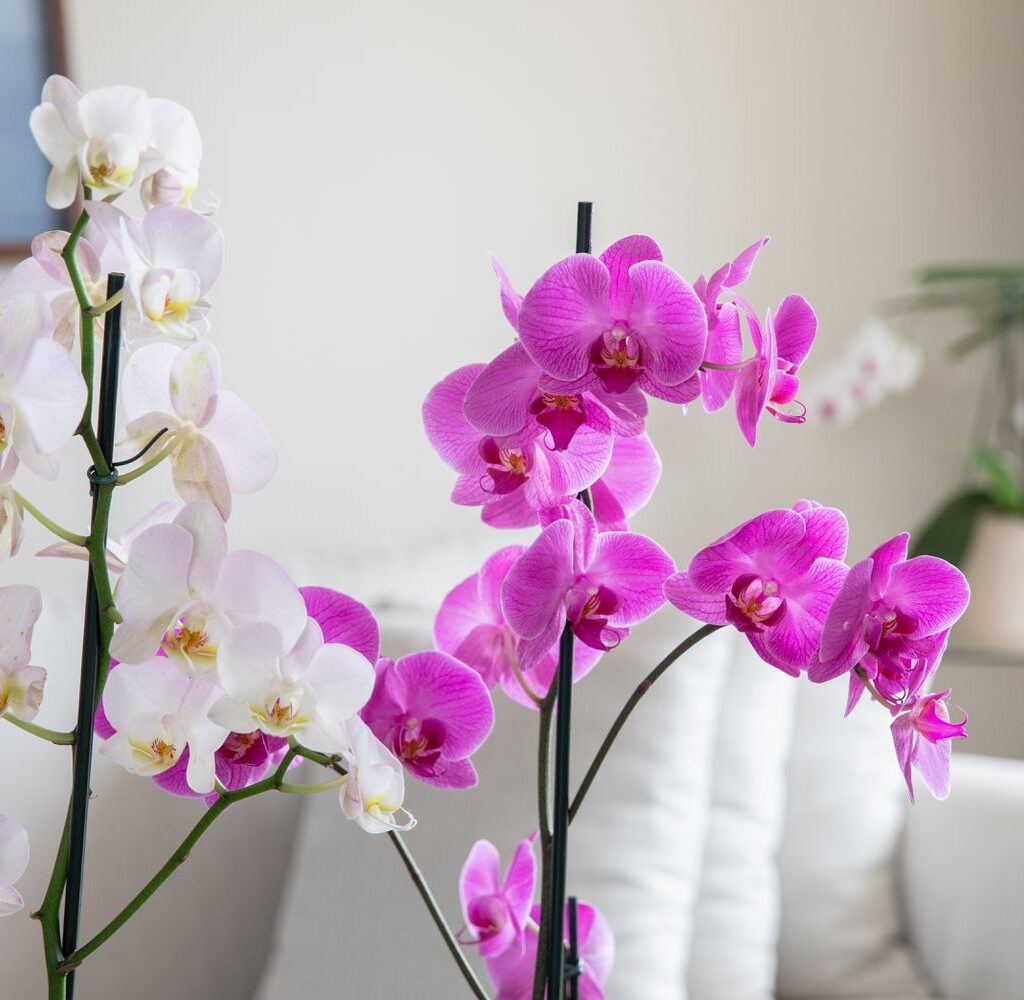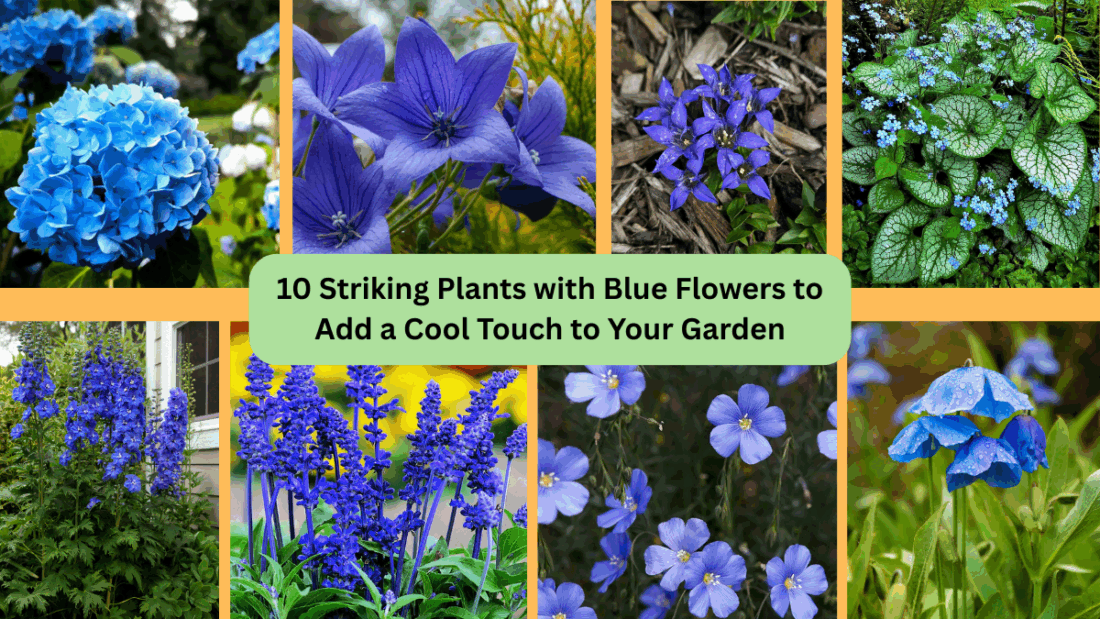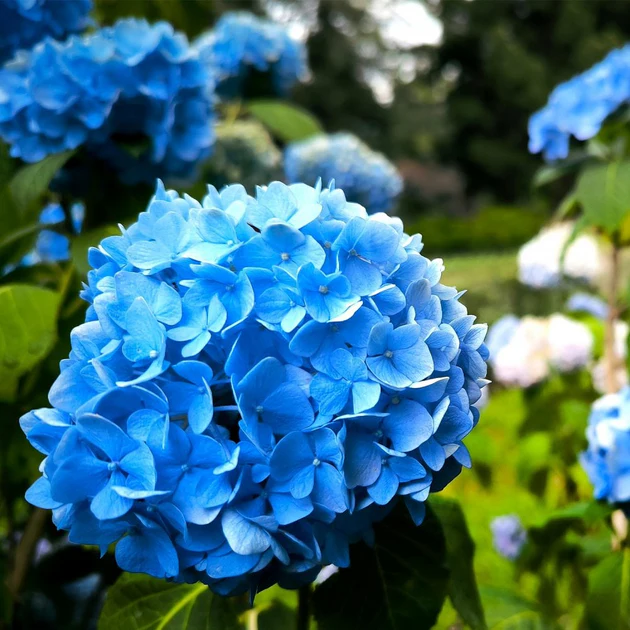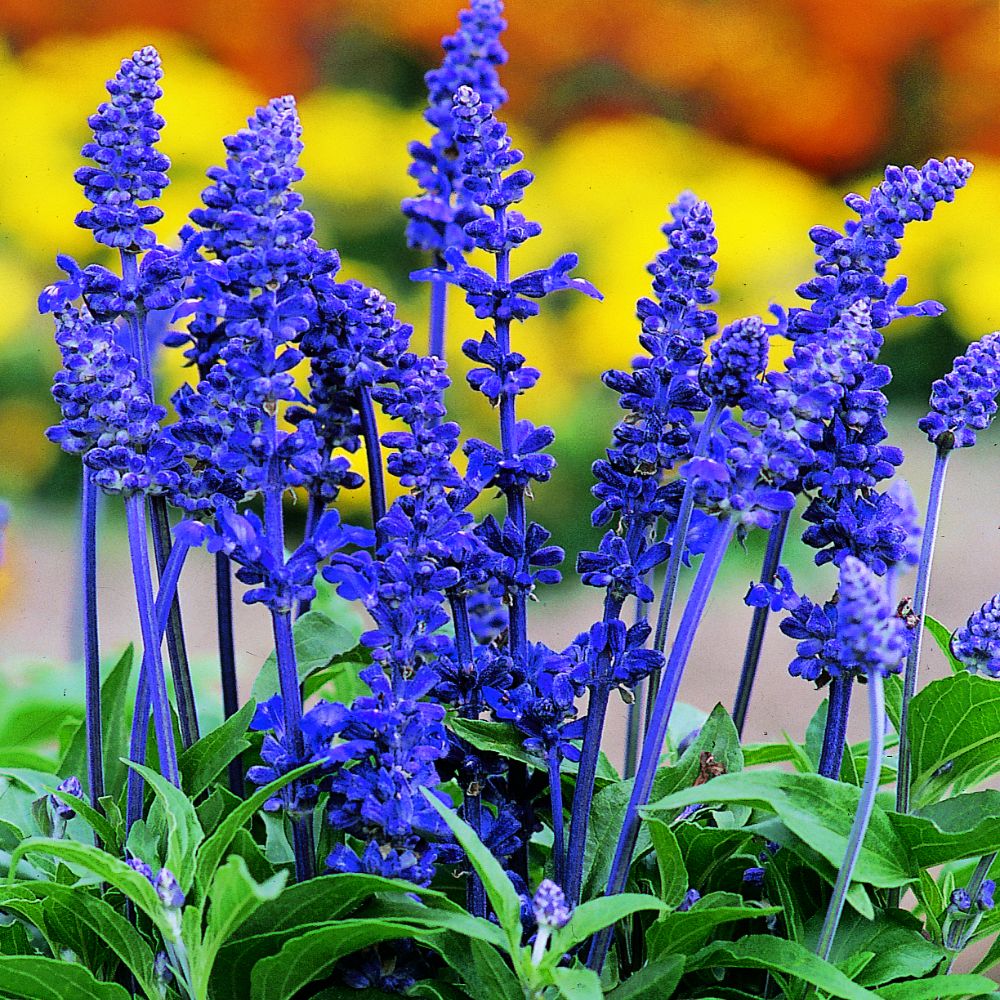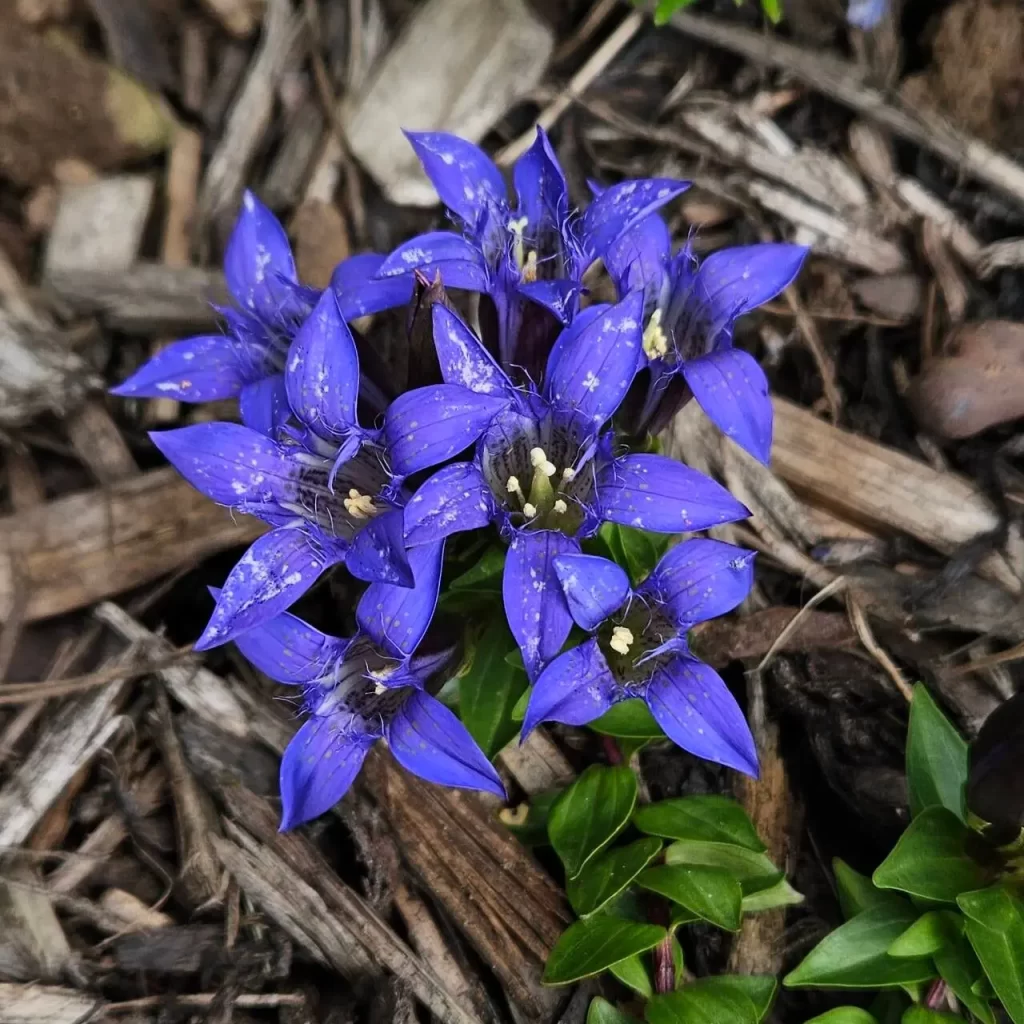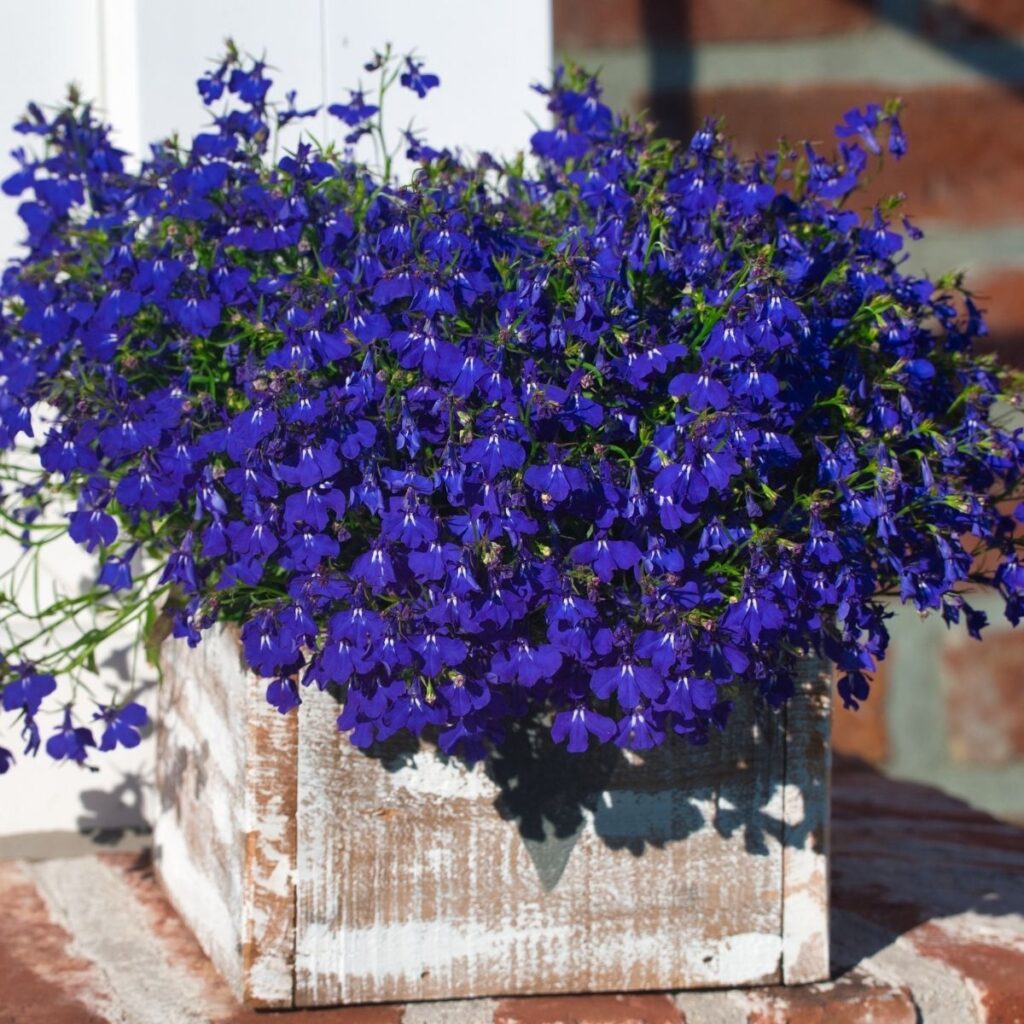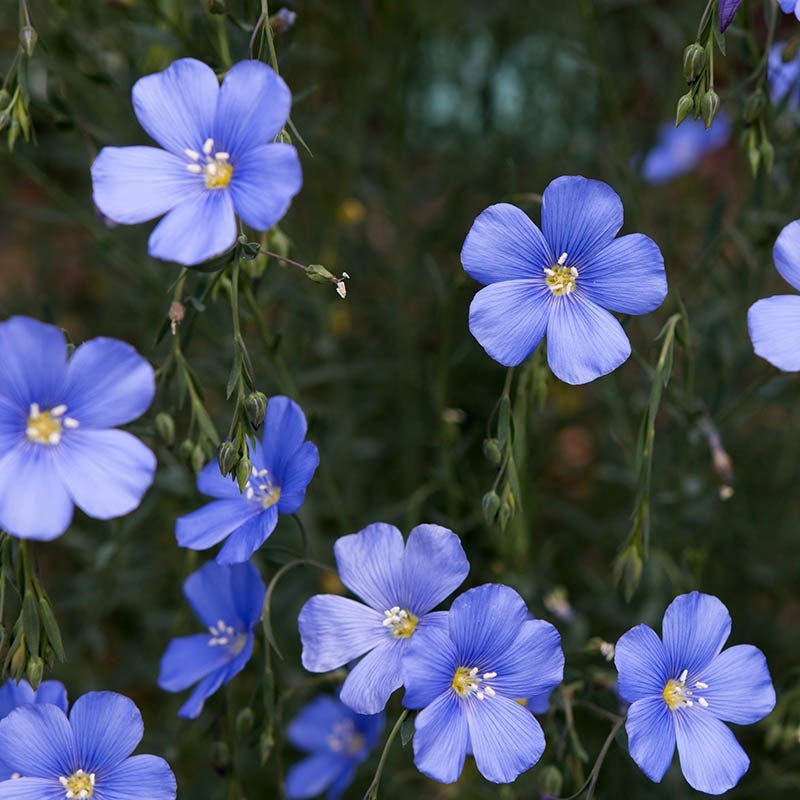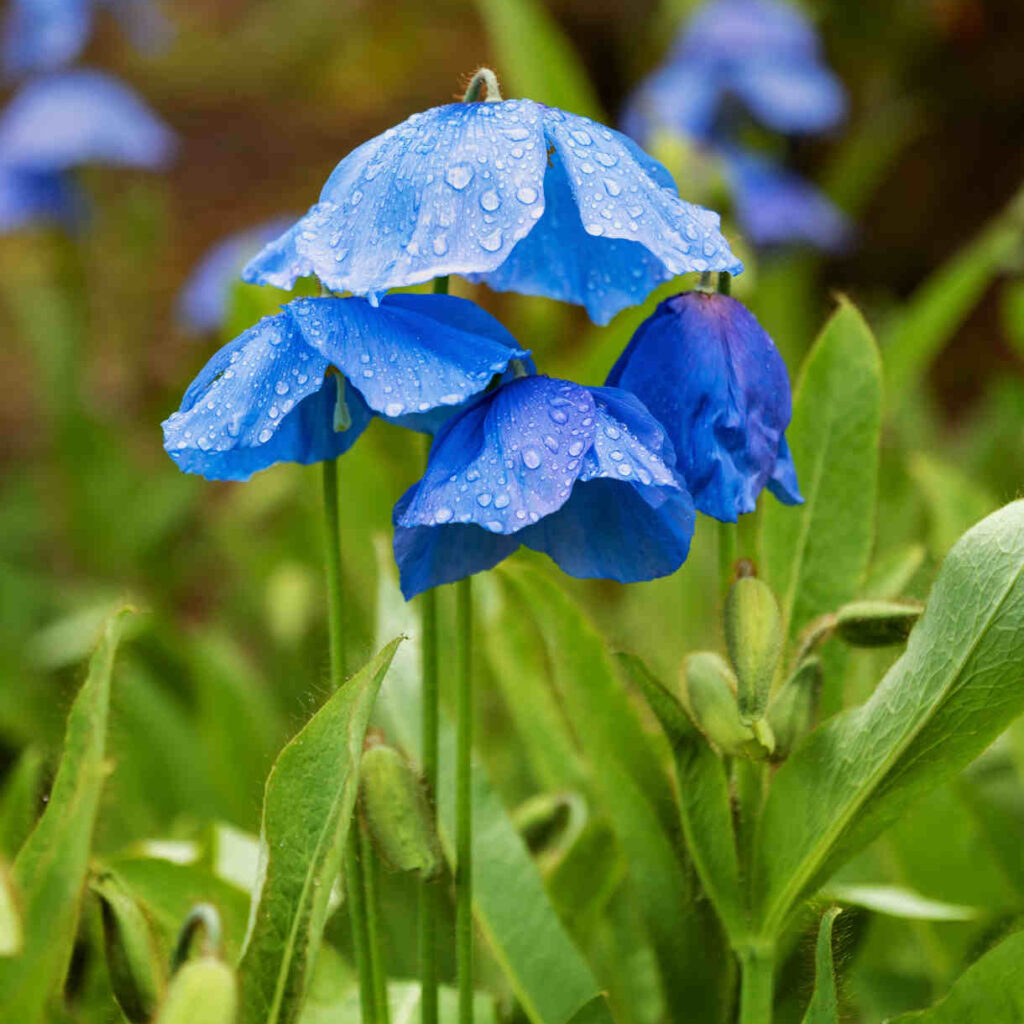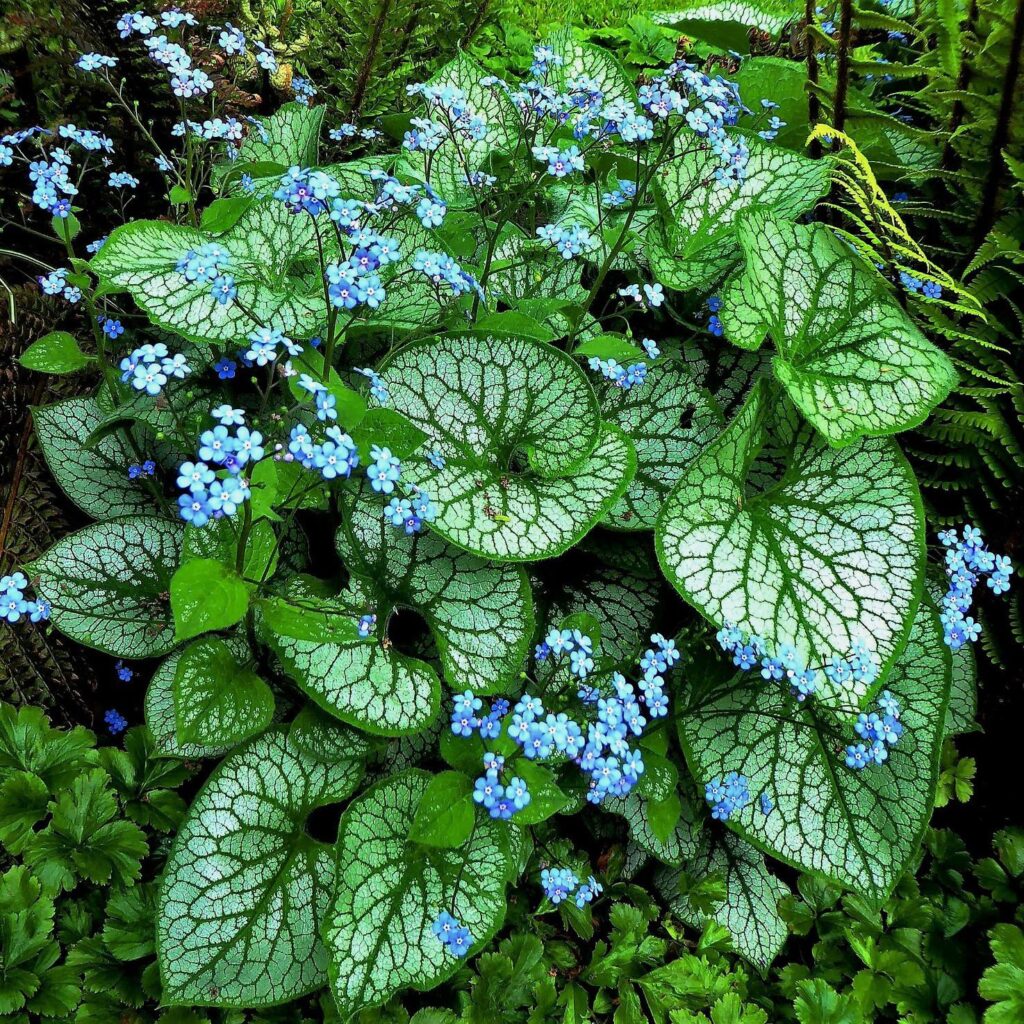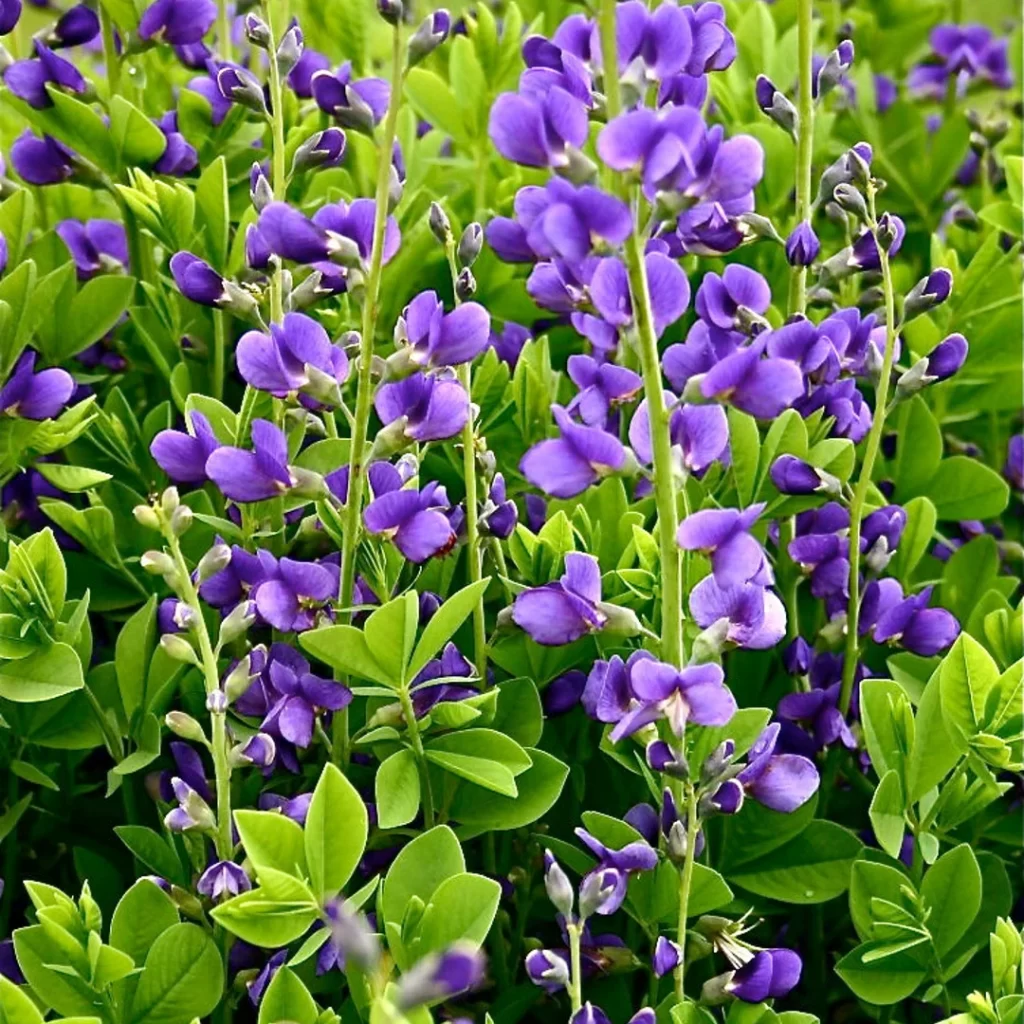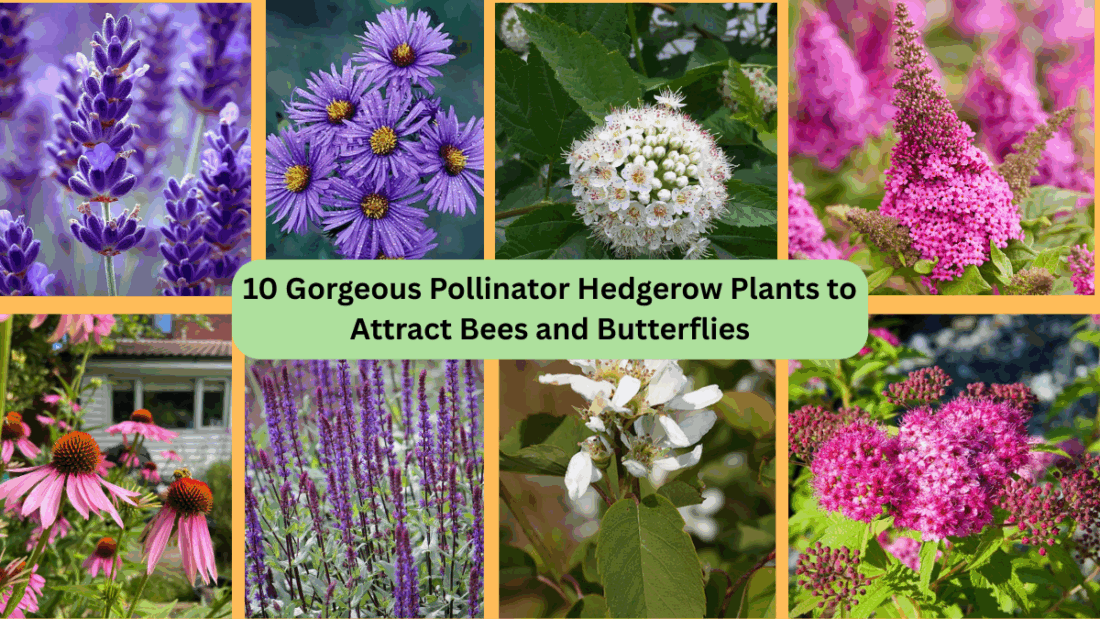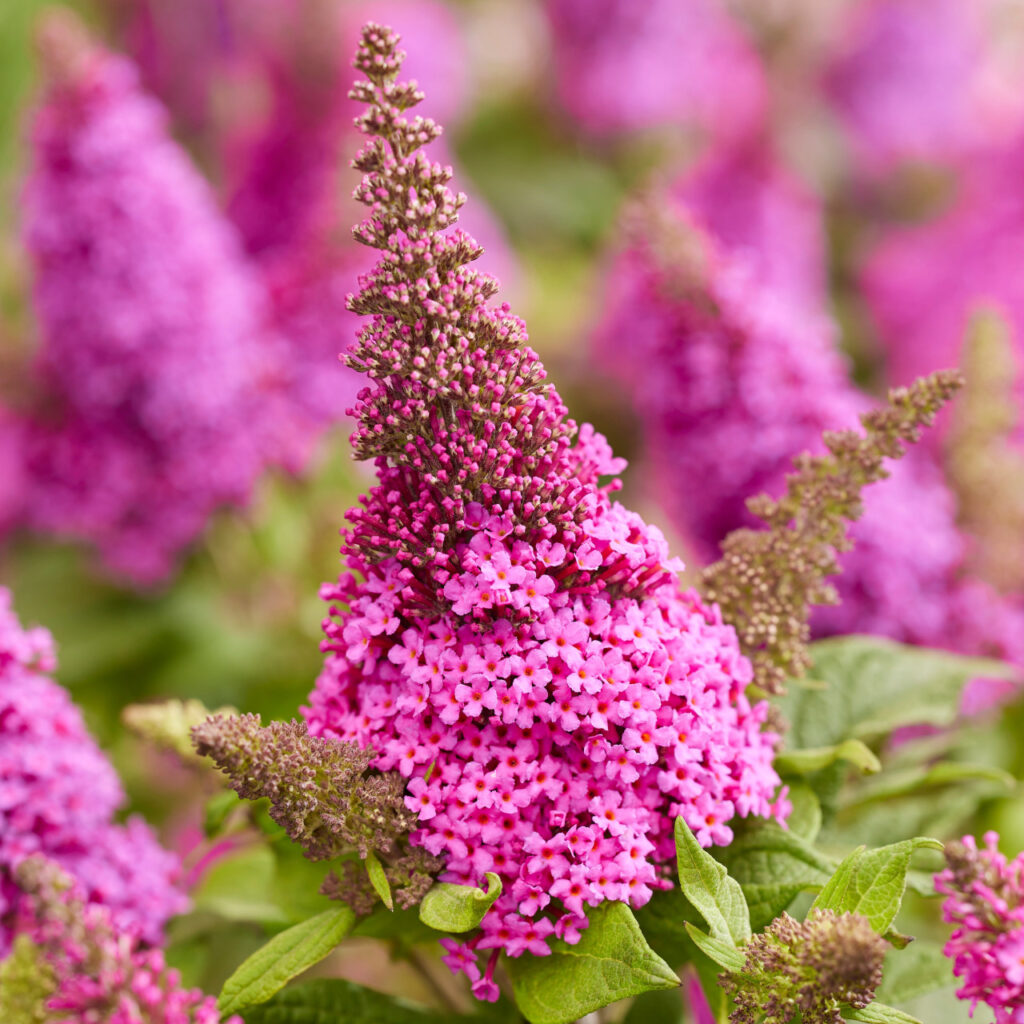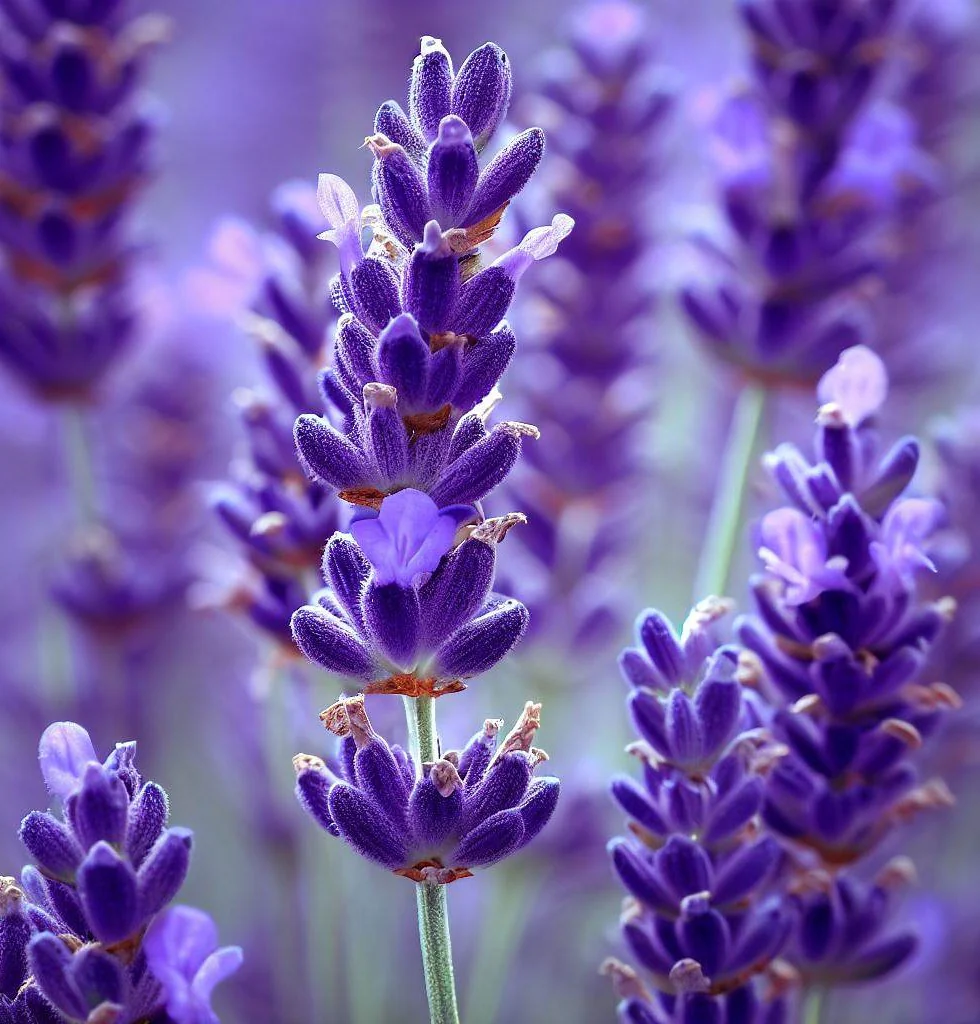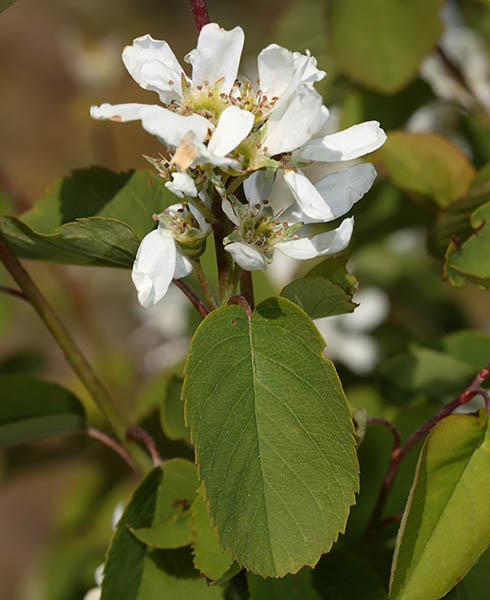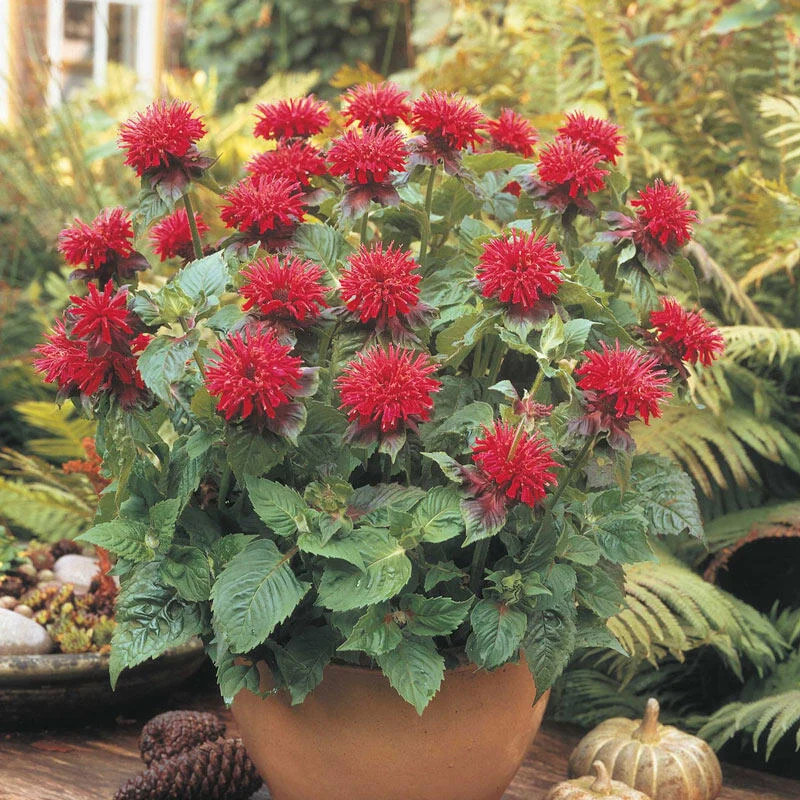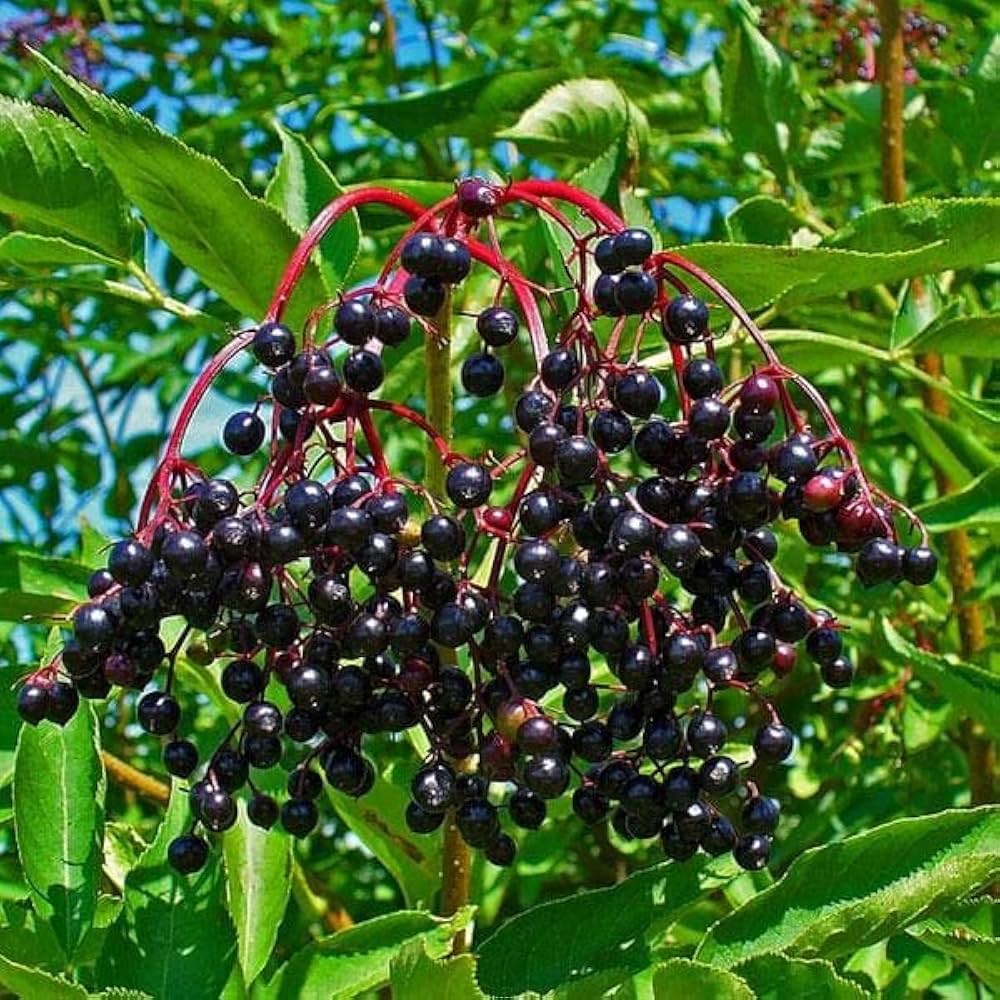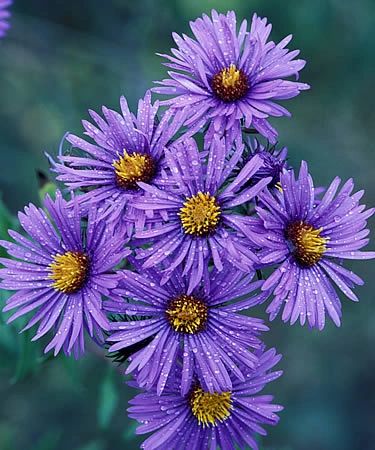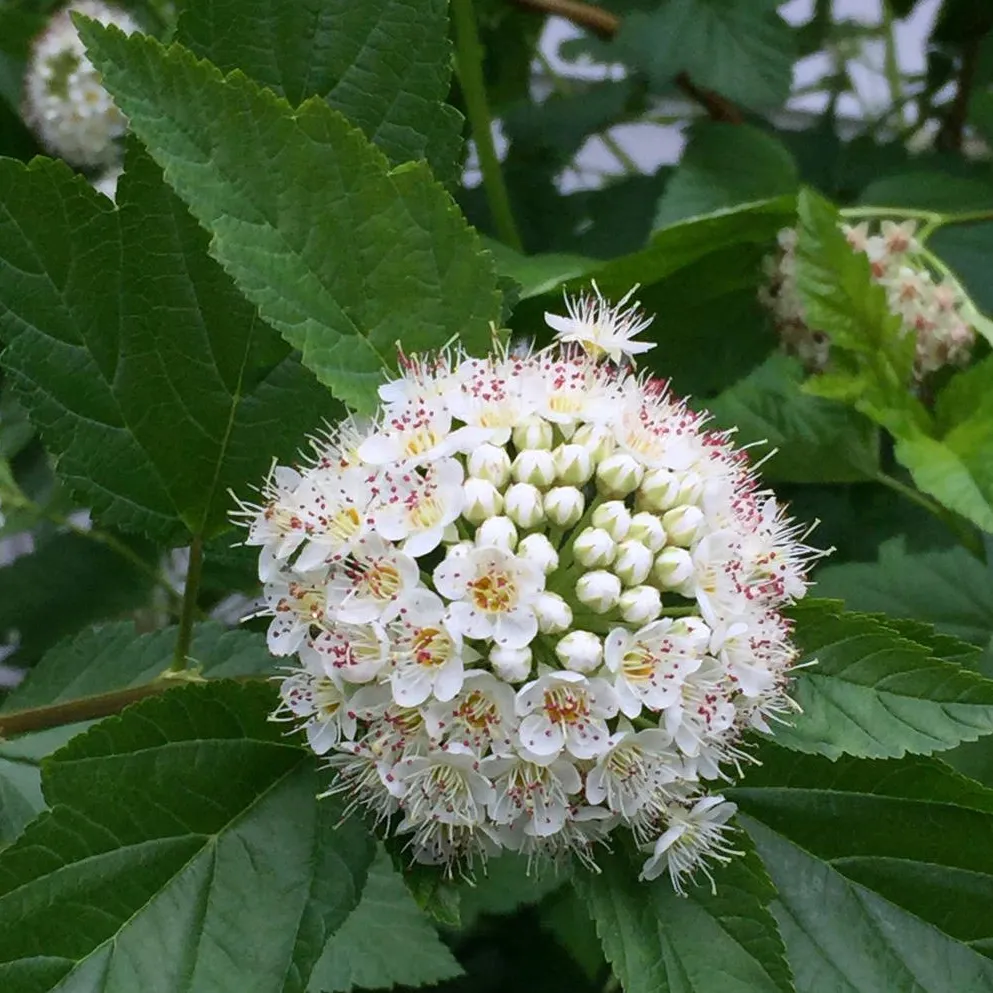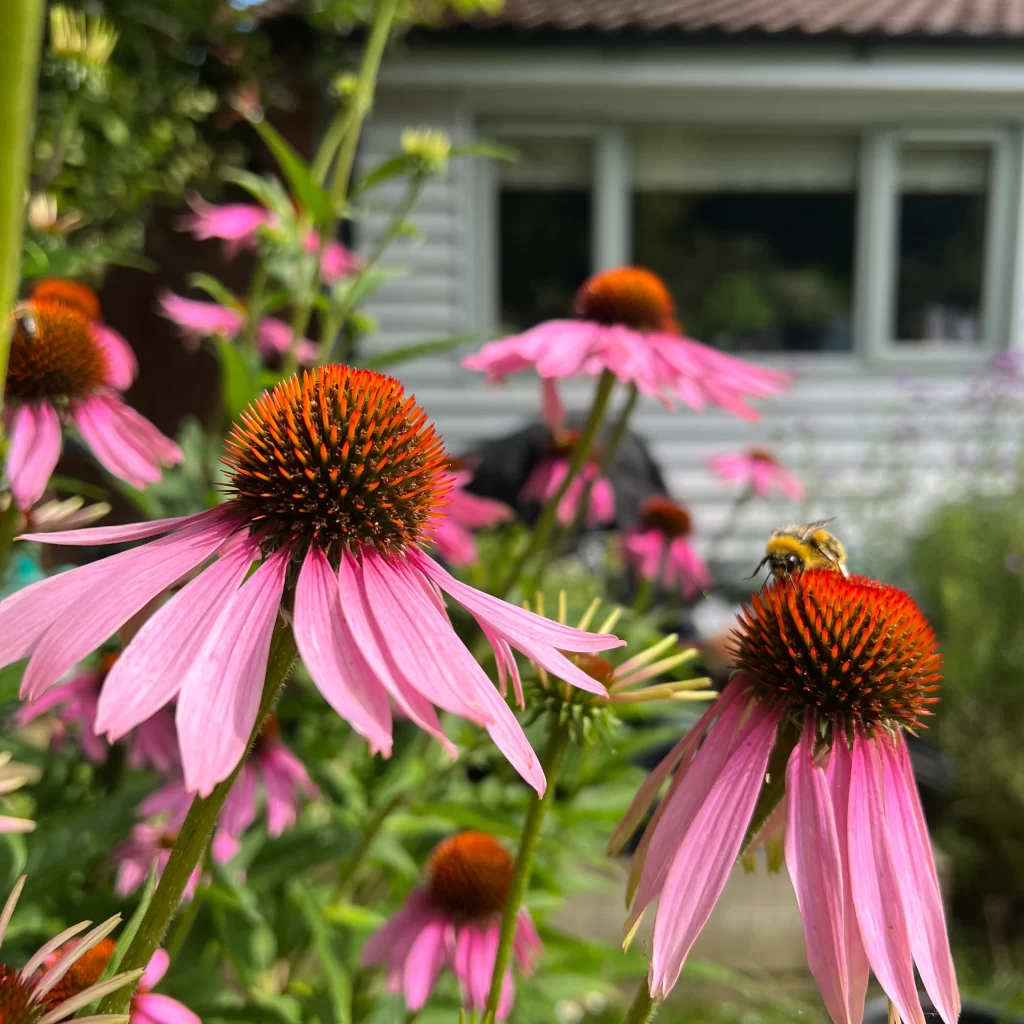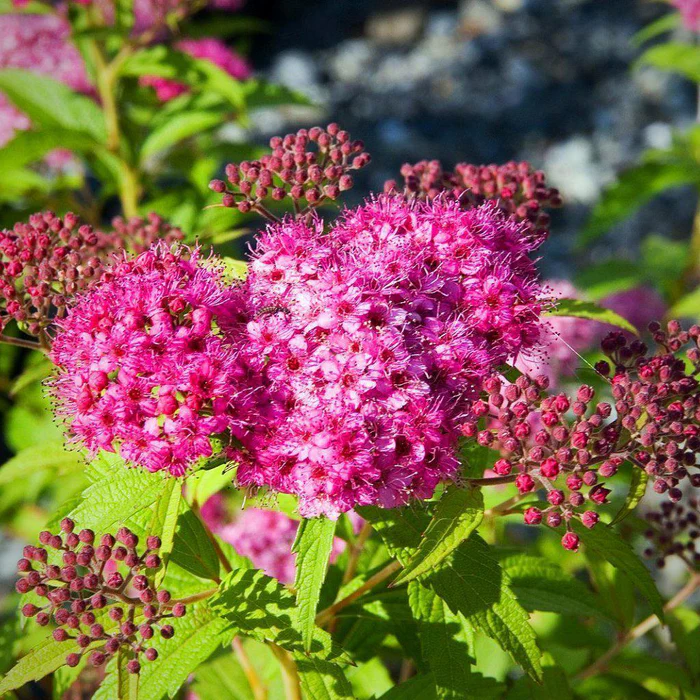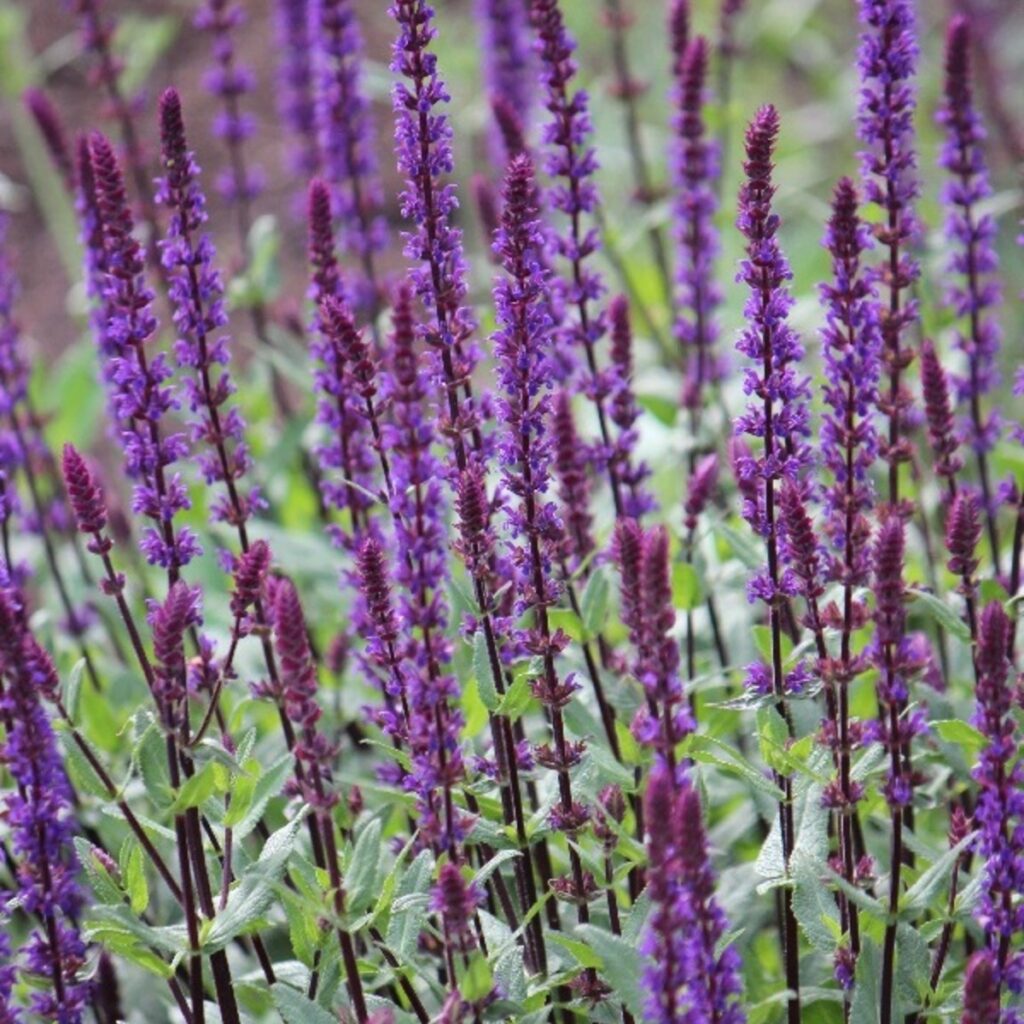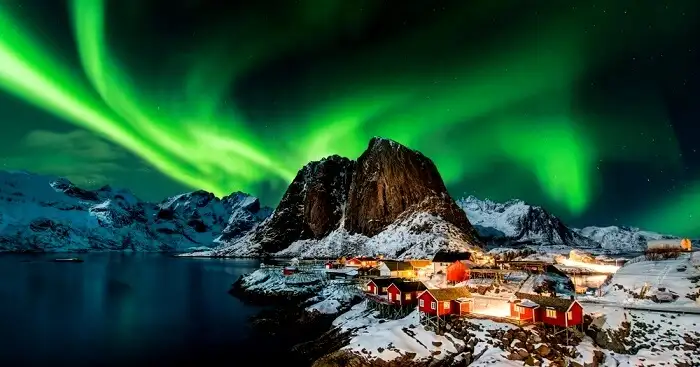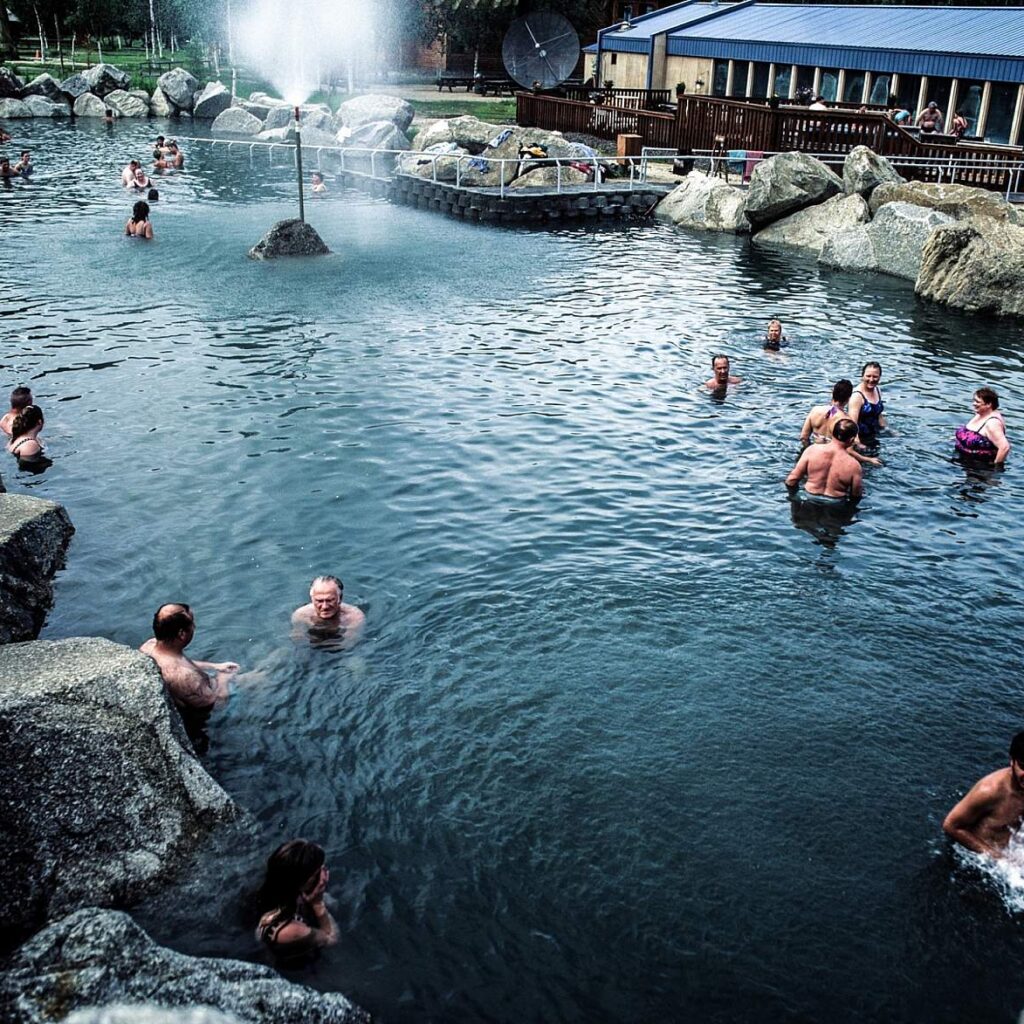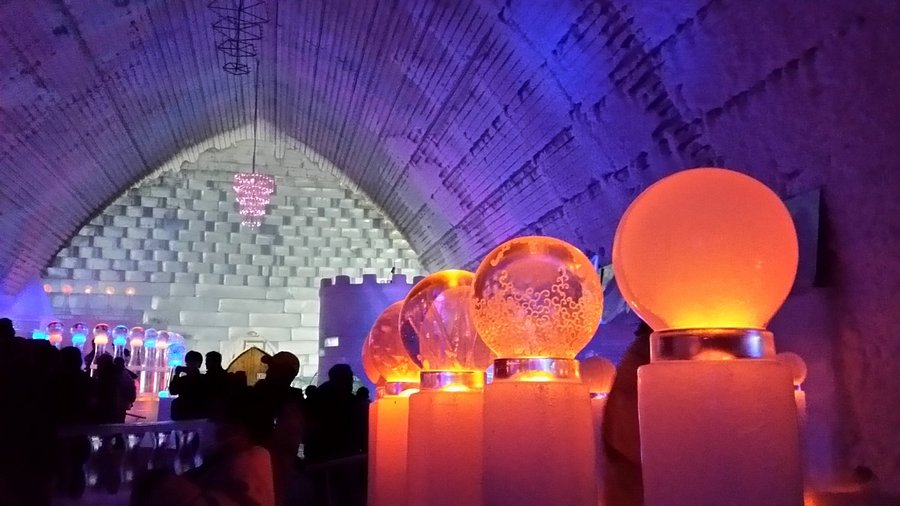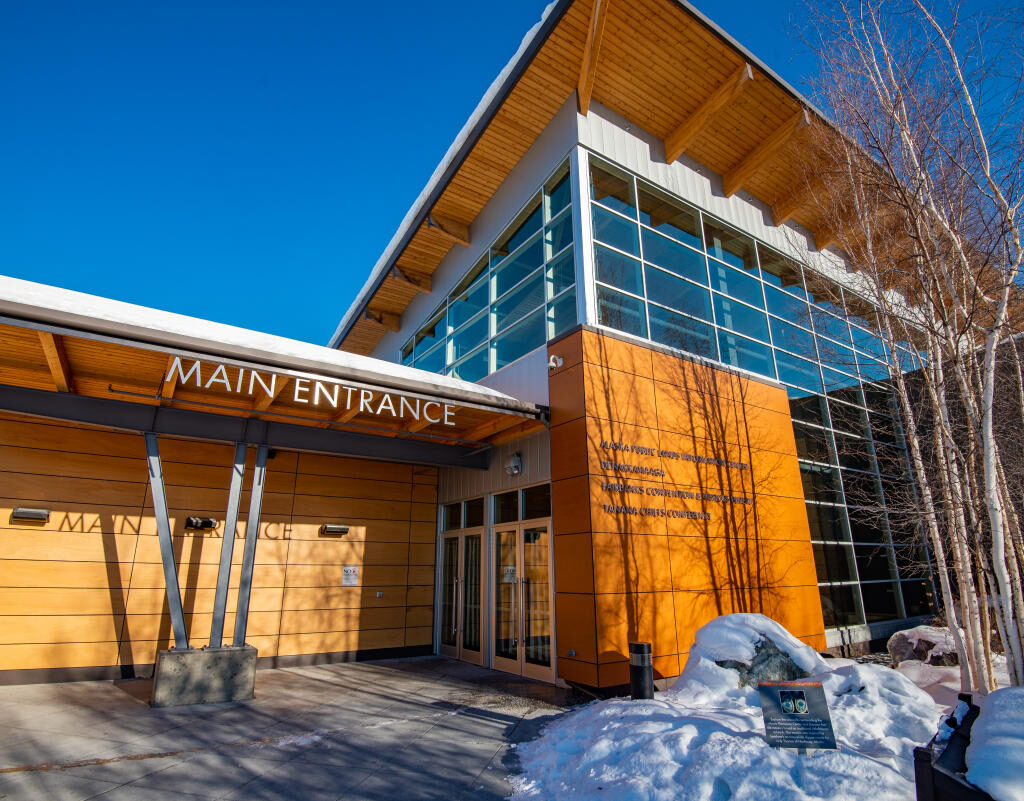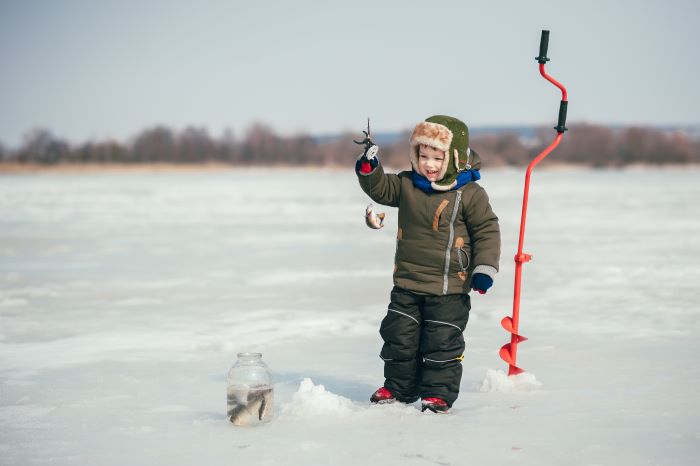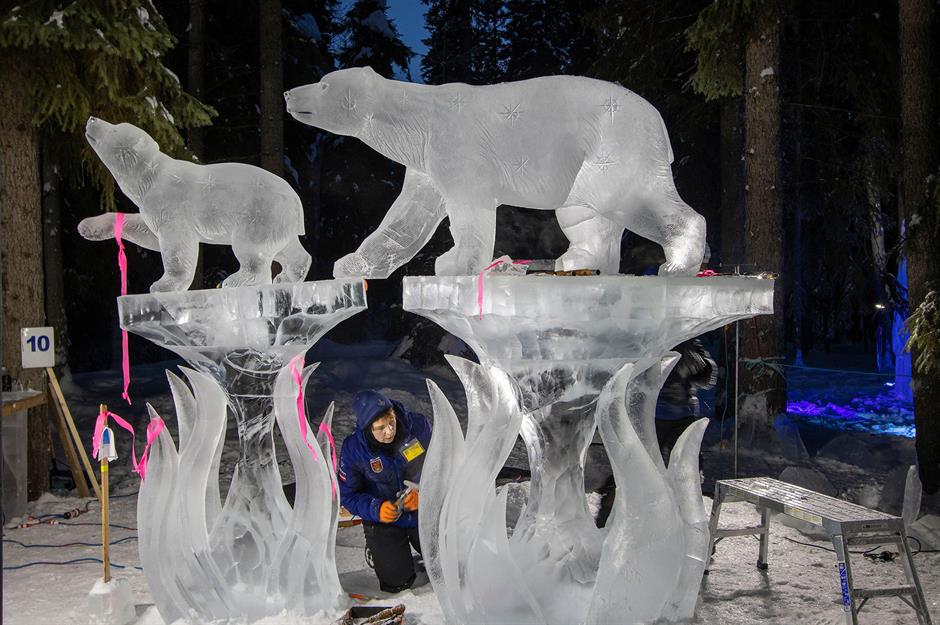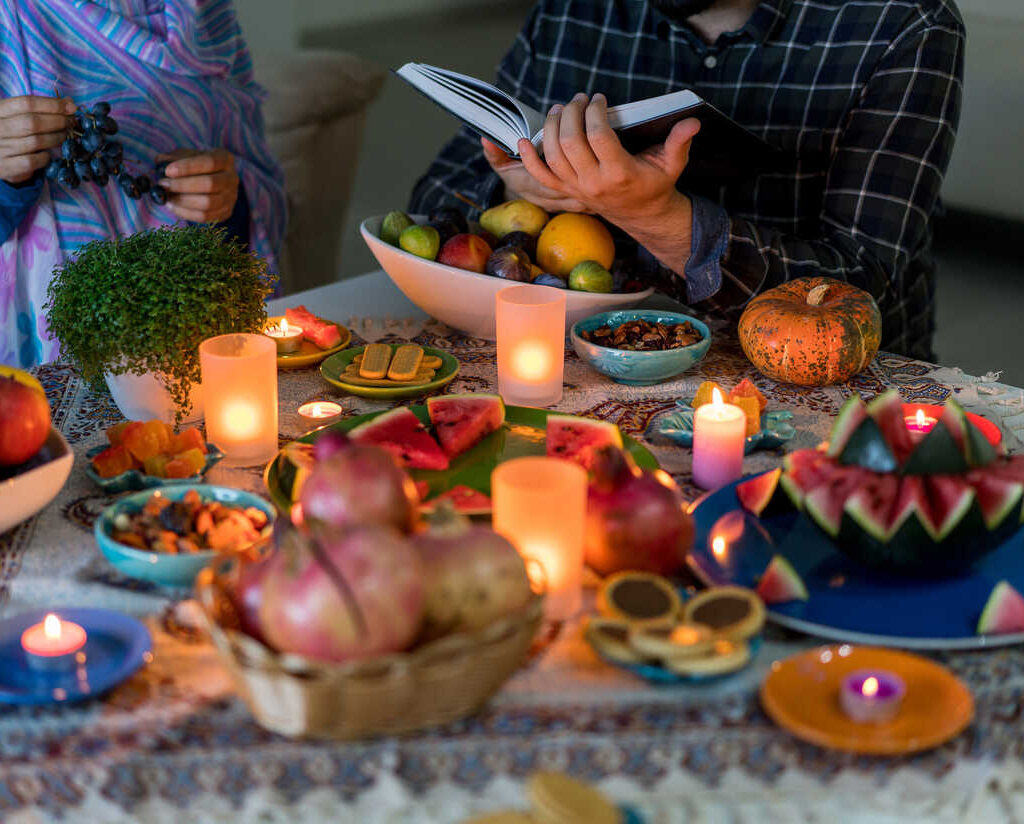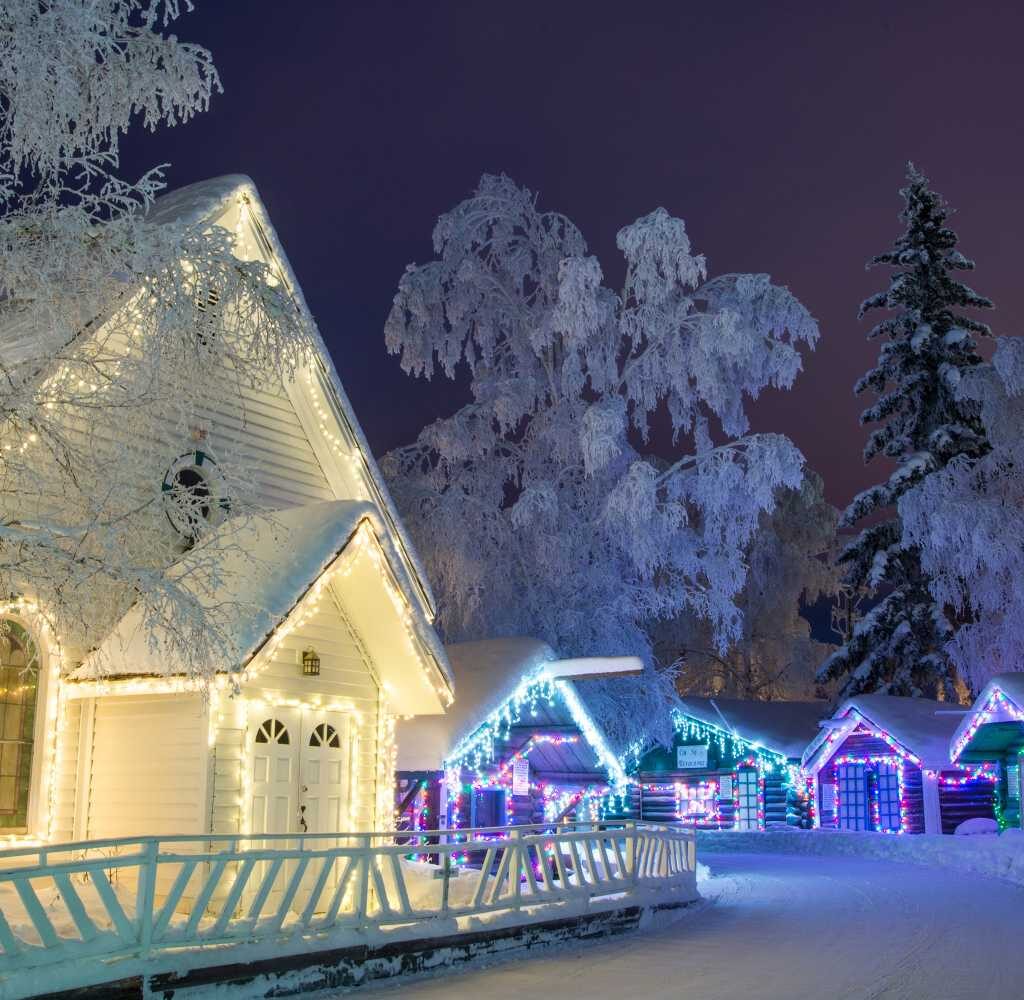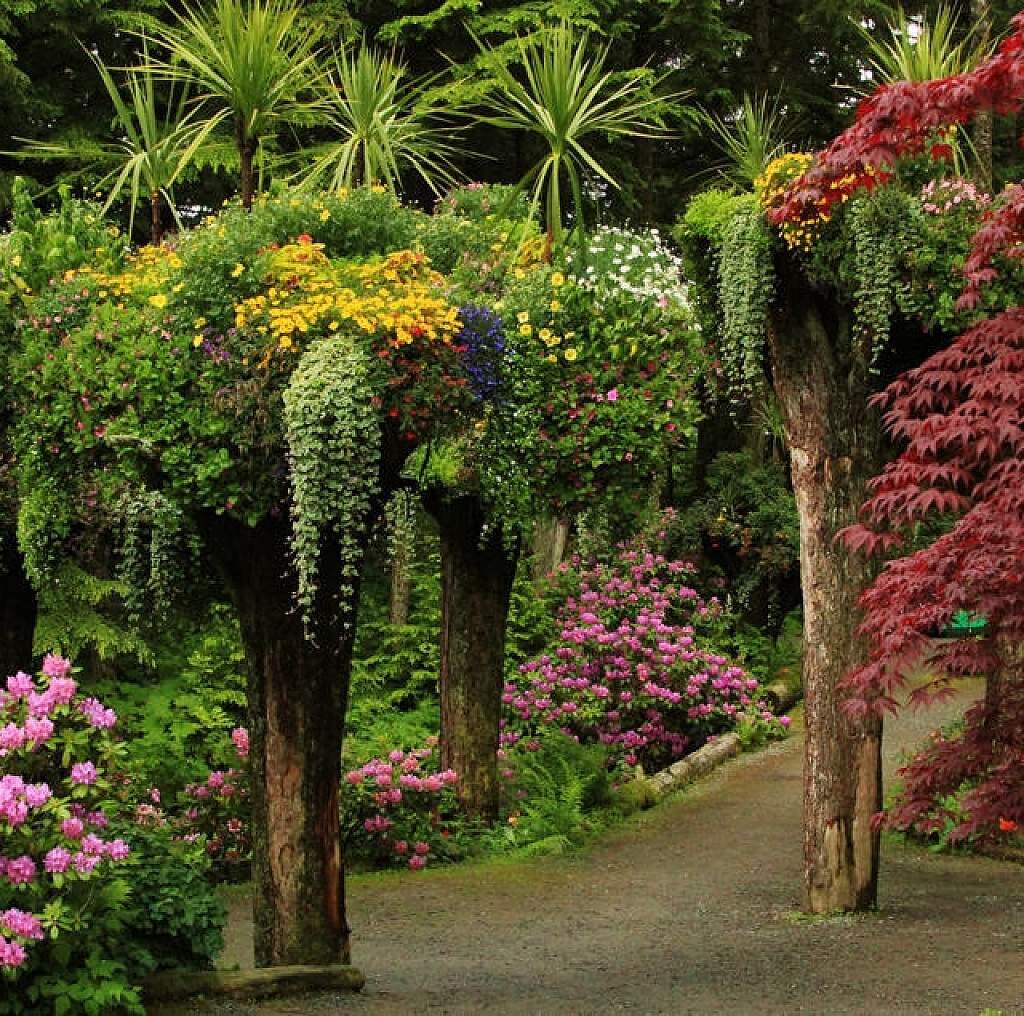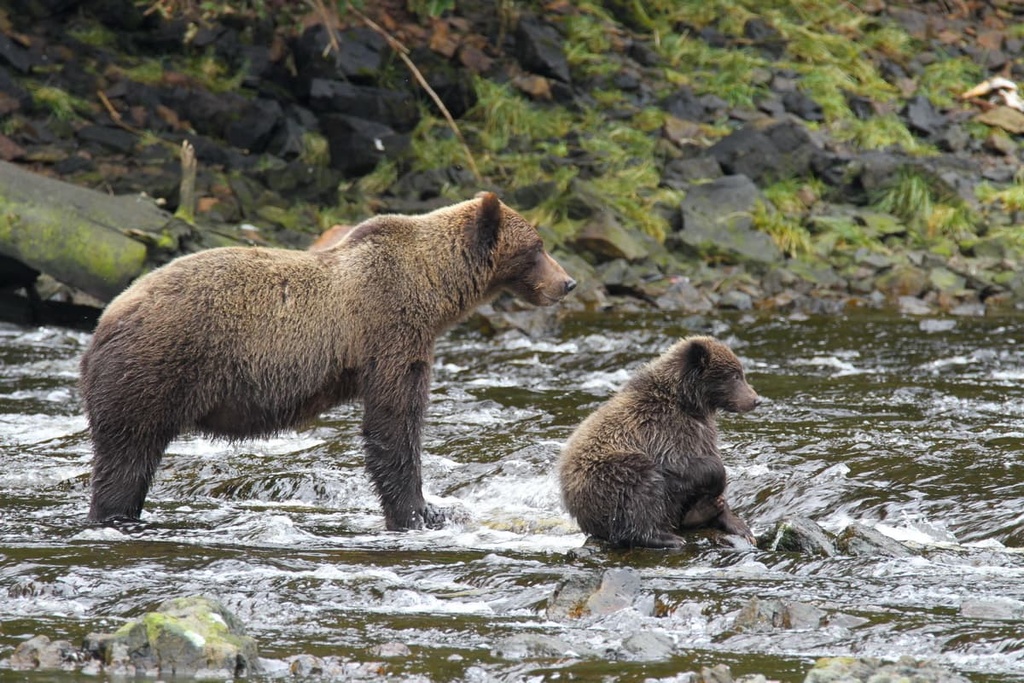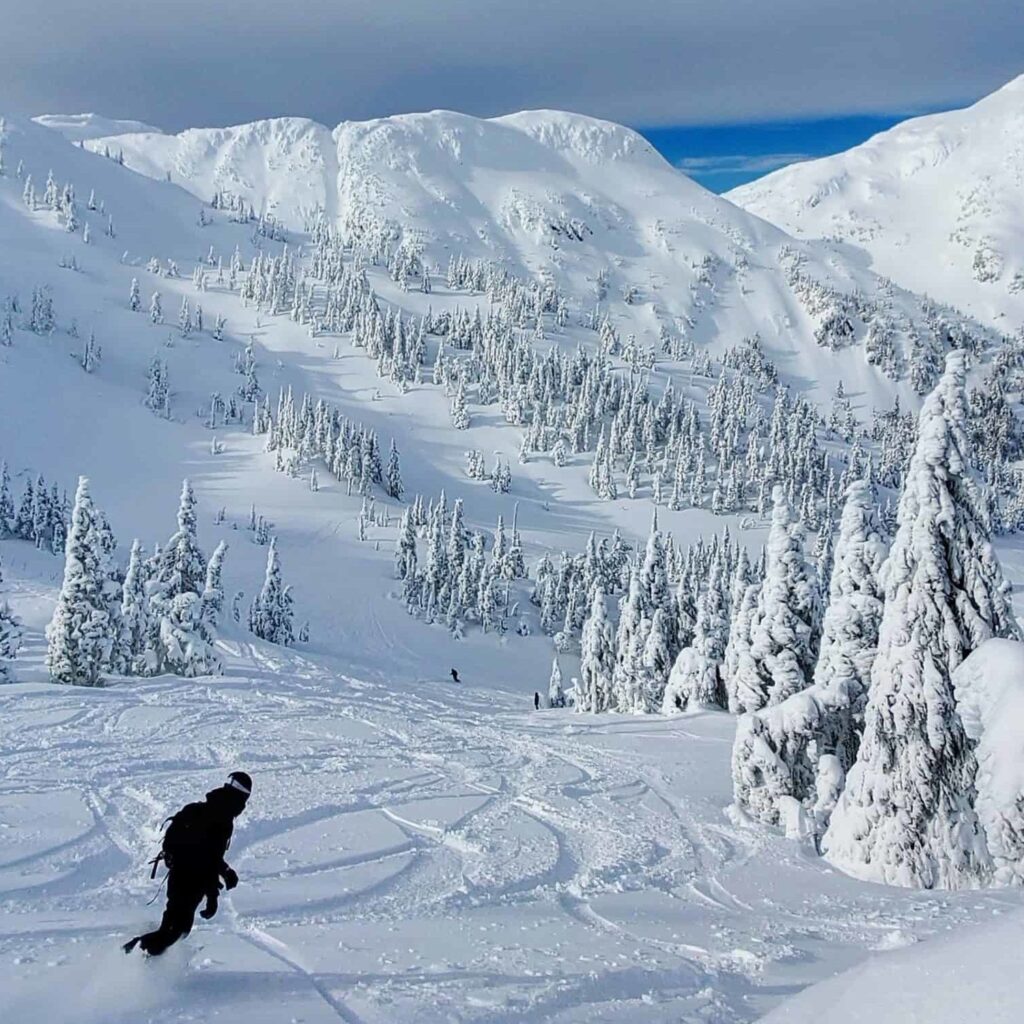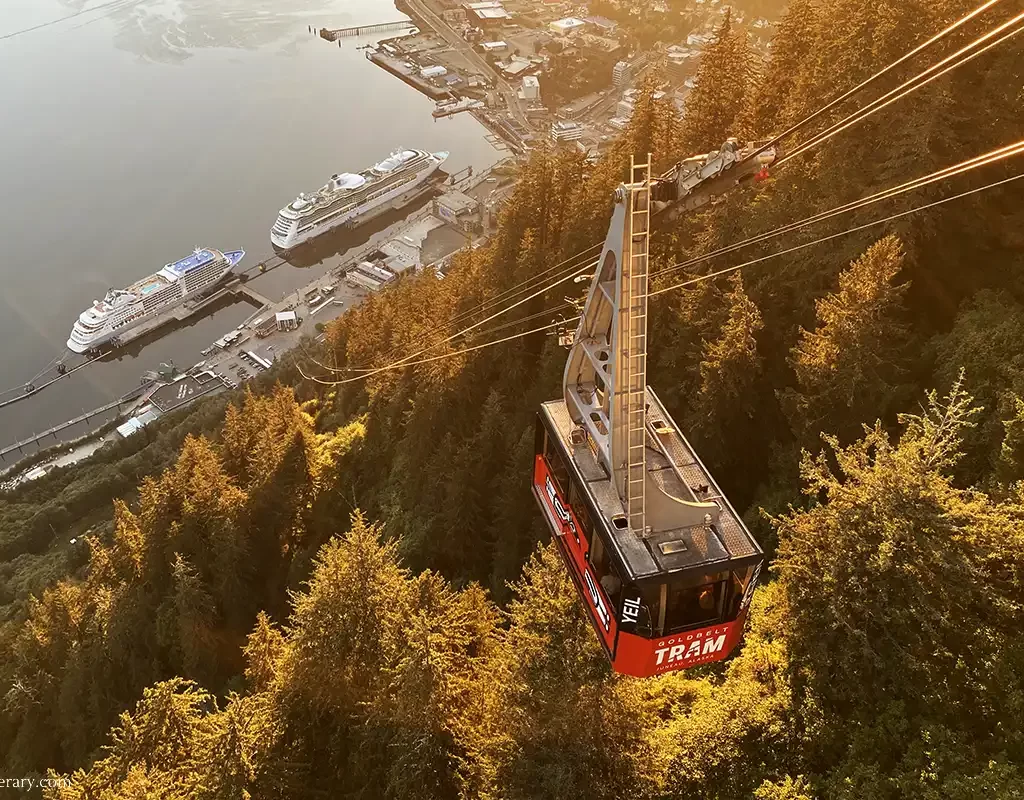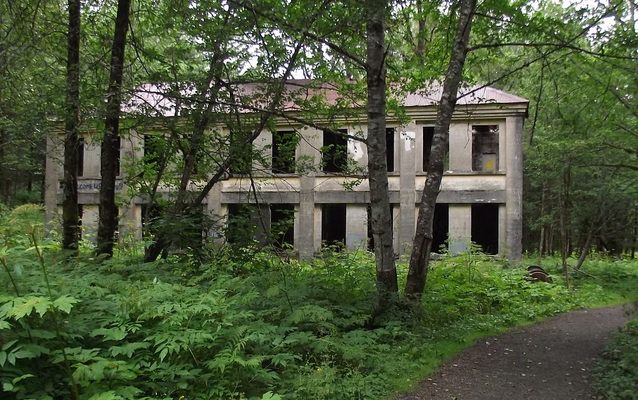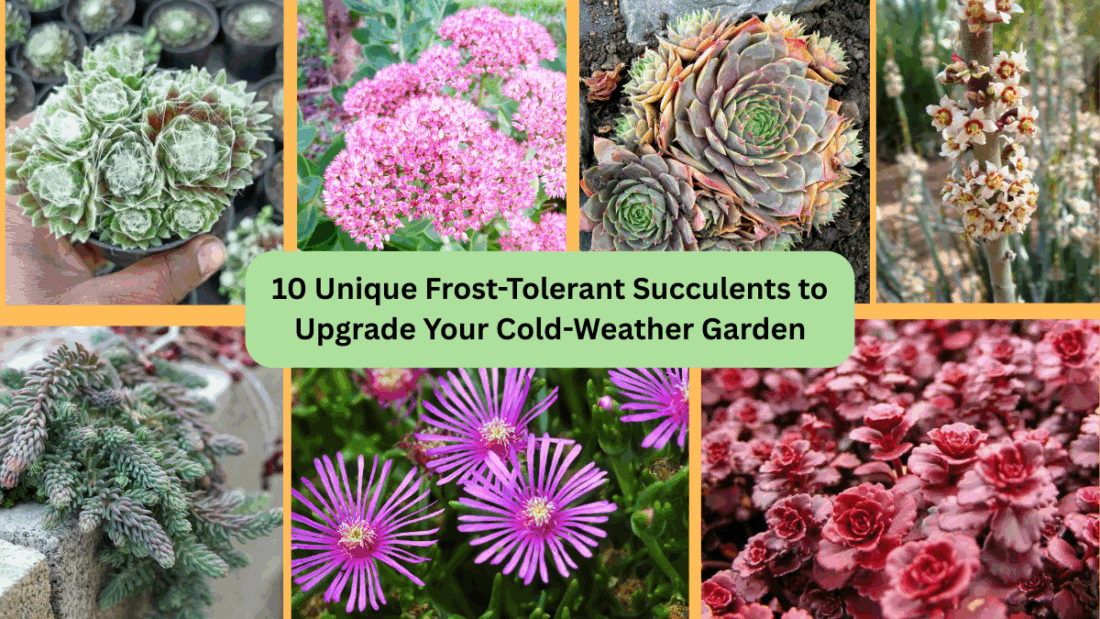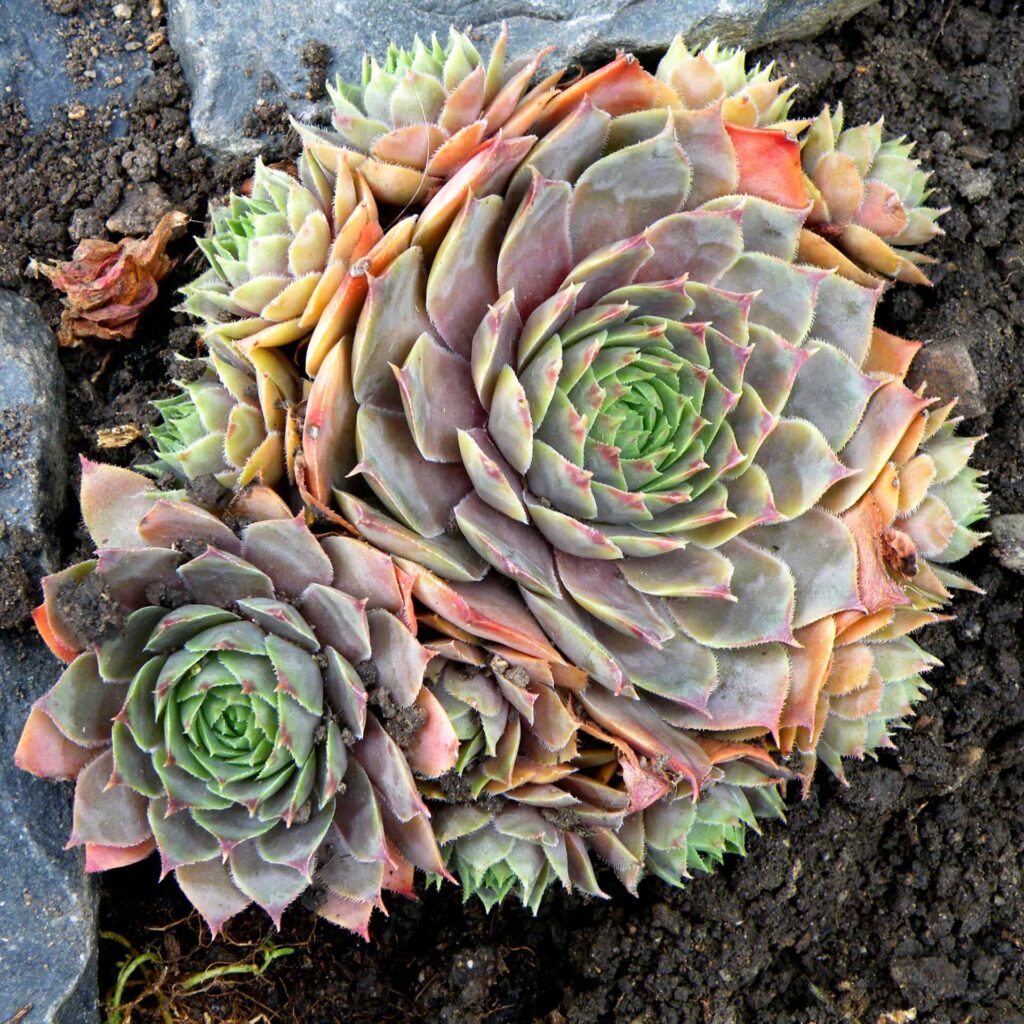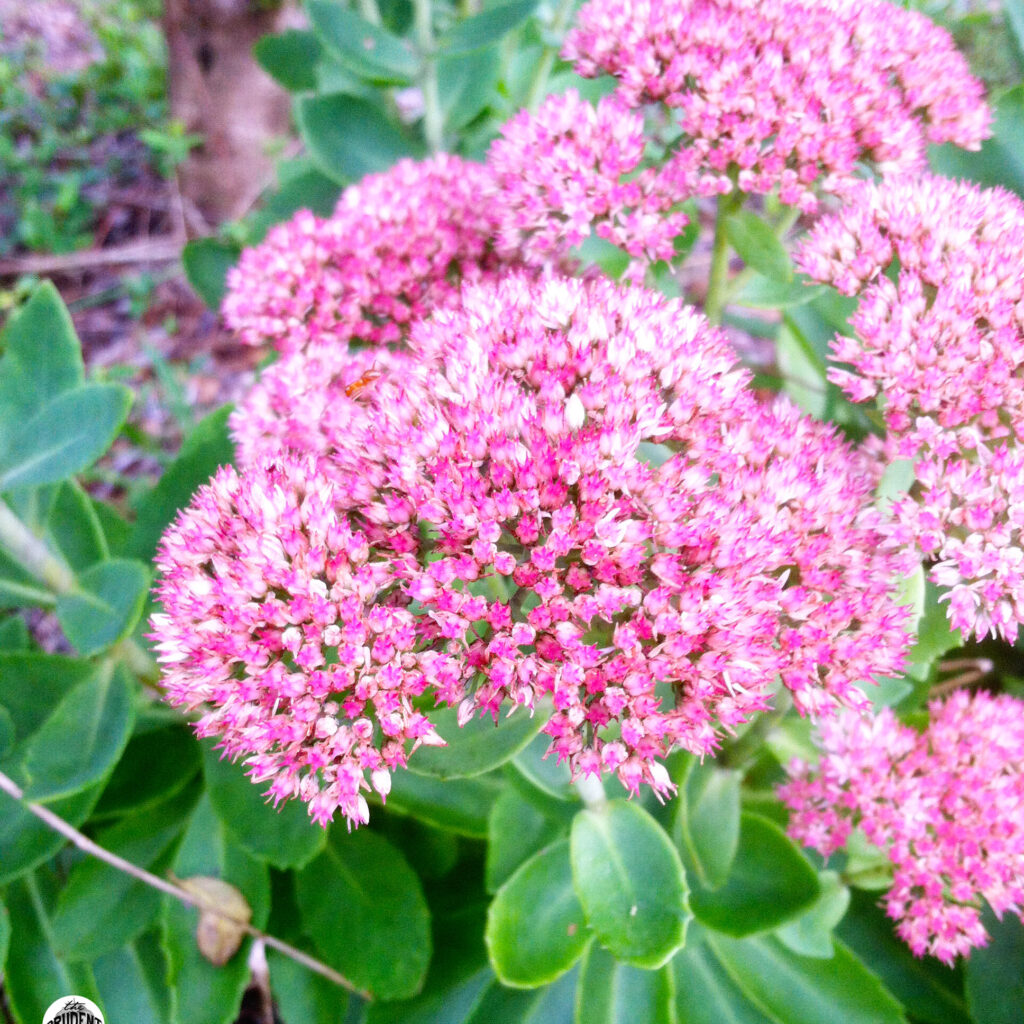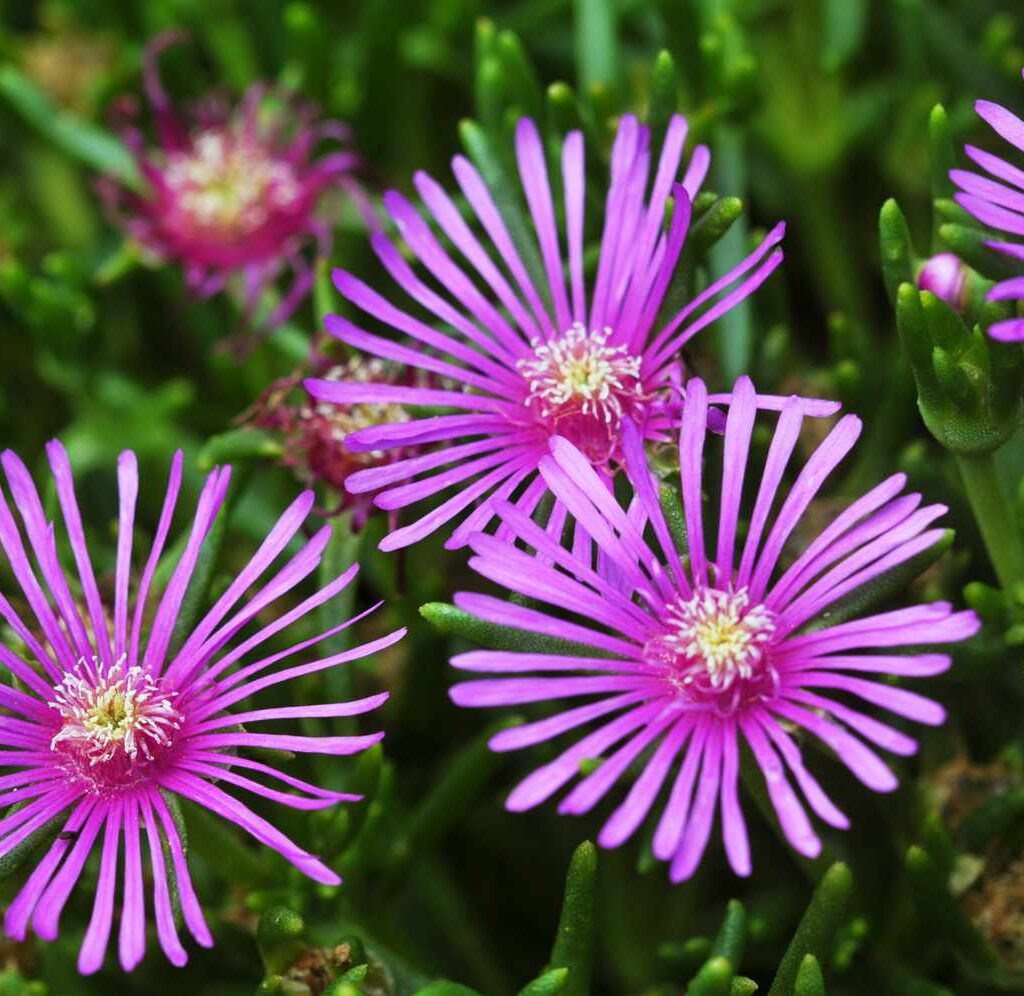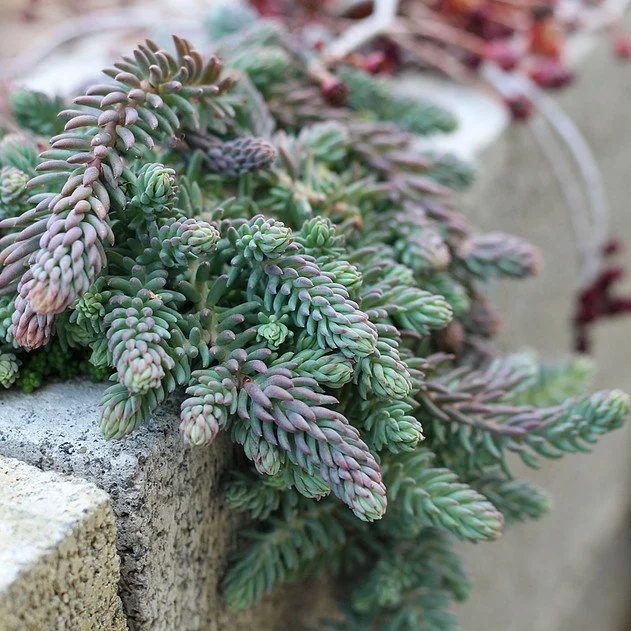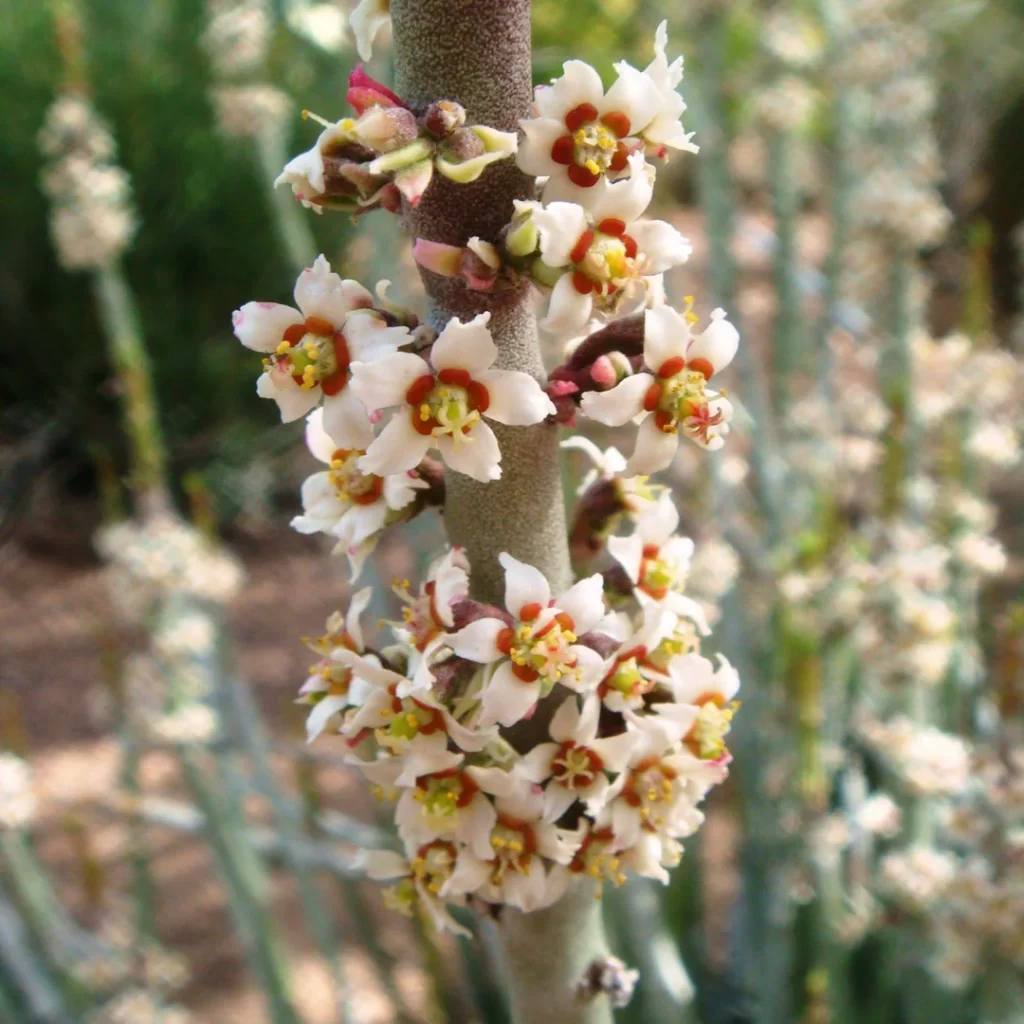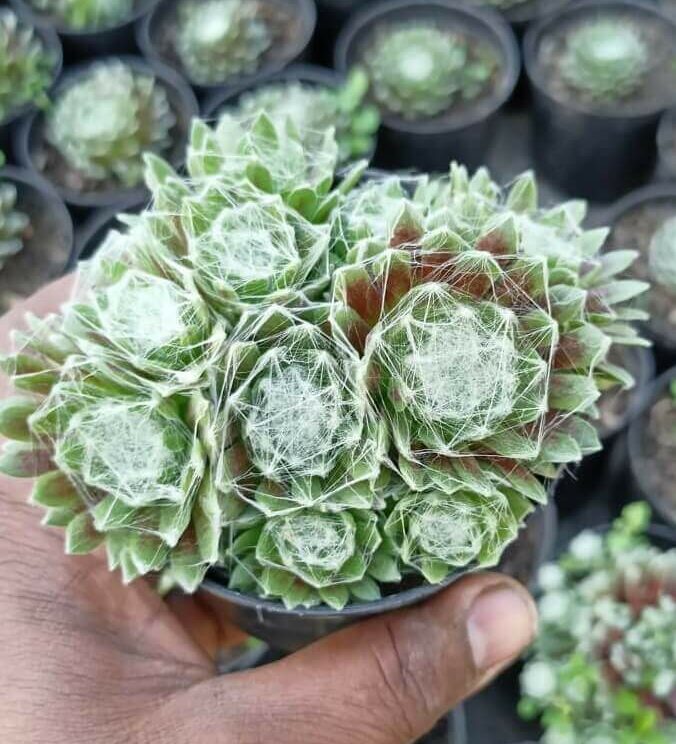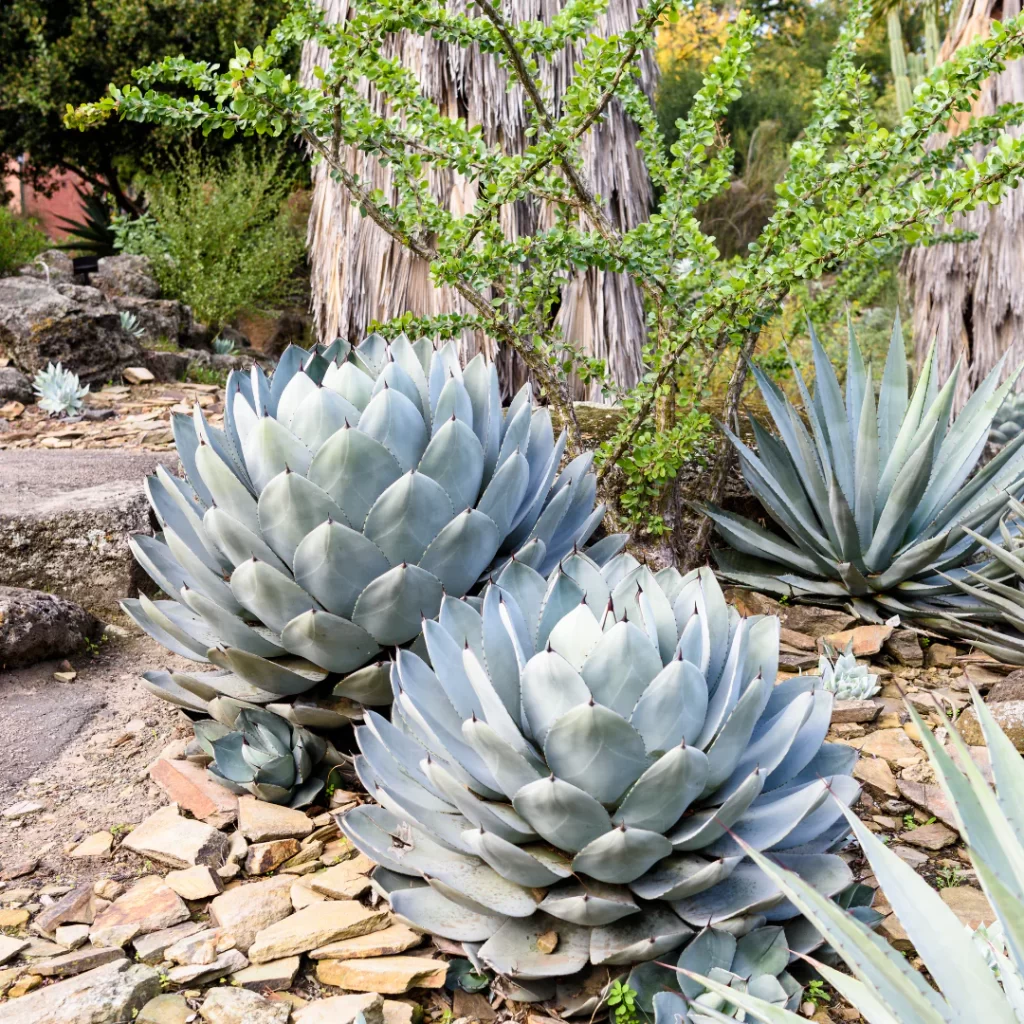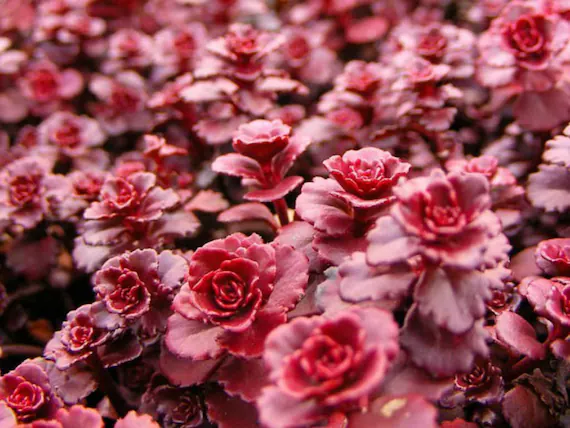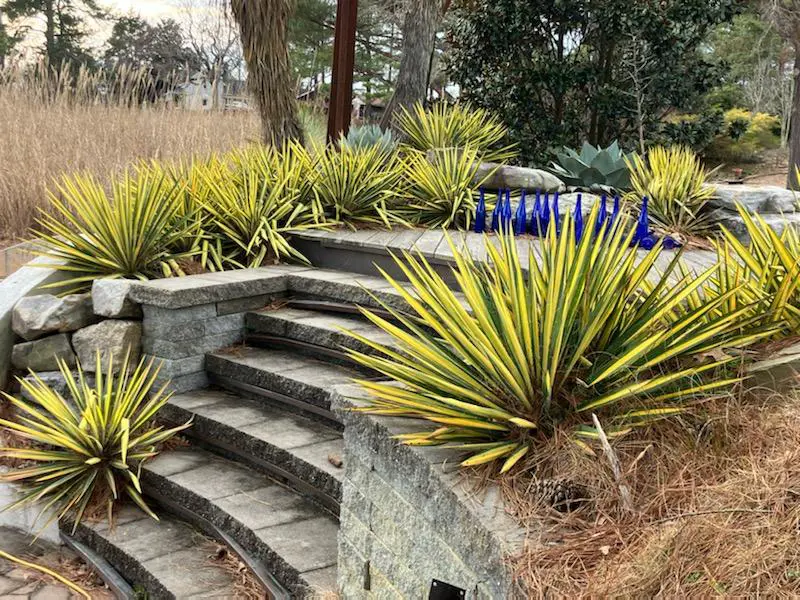Adding greenery to your home doesn’t require a sunny windowsill or even a large space. In fact, some of the best plants thrive in low-light conditions and look stunning when allowed to trail gracefully from a bookshelf. These trailing houseplants not only purify the air but also add a cozy, natural touch to your interior design. Whether you’re a beginner or a seasoned plant parent, here are 10 low-light trailing plants perfect for bookshelves or shaded corners of any room.
1. Pothos (Epipremnum aureum)
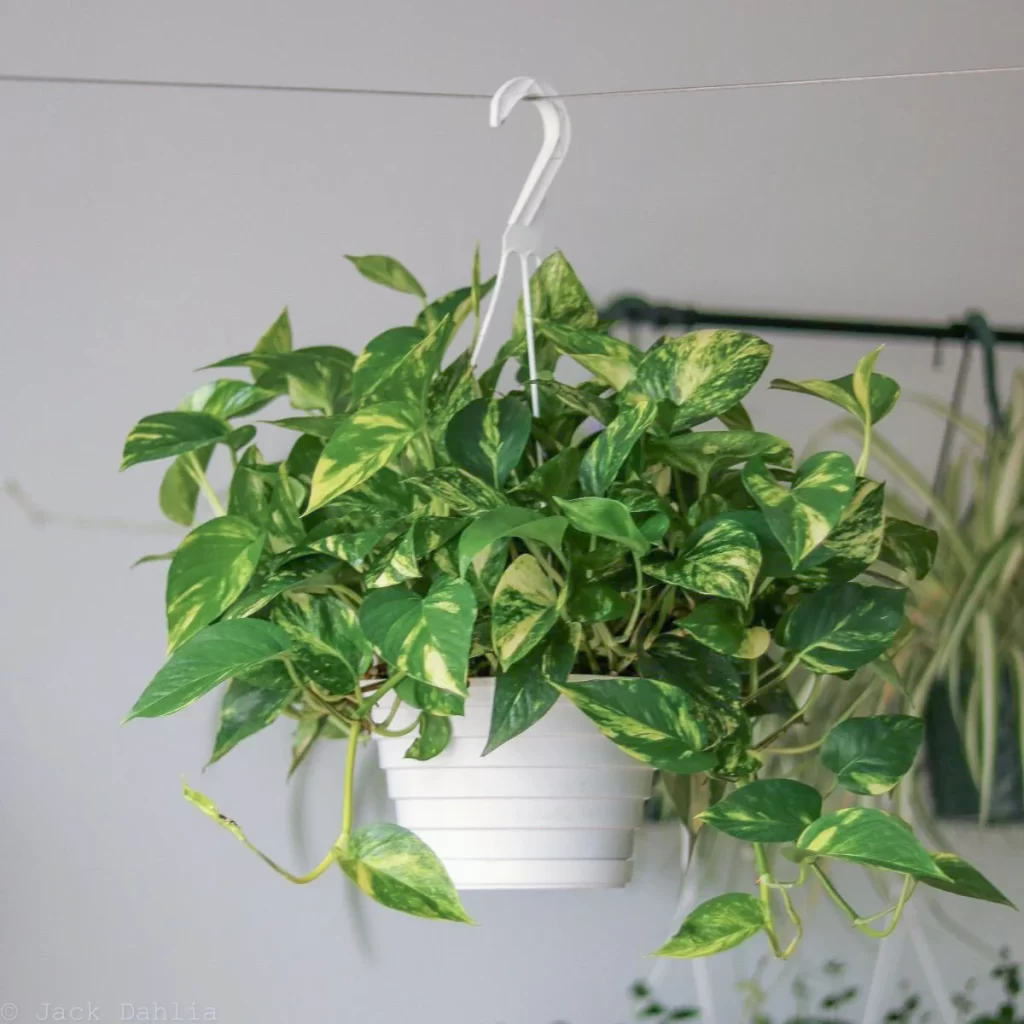
Pothos is often called the “devil’s ivy” for its incredible hardiness and ability to thrive in almost any environment. This plant features heart-shaped leaves and grows quickly, making it ideal for draping off shelves. Pothos tolerates low light extremely well, although its variegated varieties may need a little more brightness to maintain their patterns. Water it when the soil feels dry, and you’ll have a lush, cascading beauty that adds instant life to your living space.
2. Heartleaf Philodendron (Philodendron hederaceum)
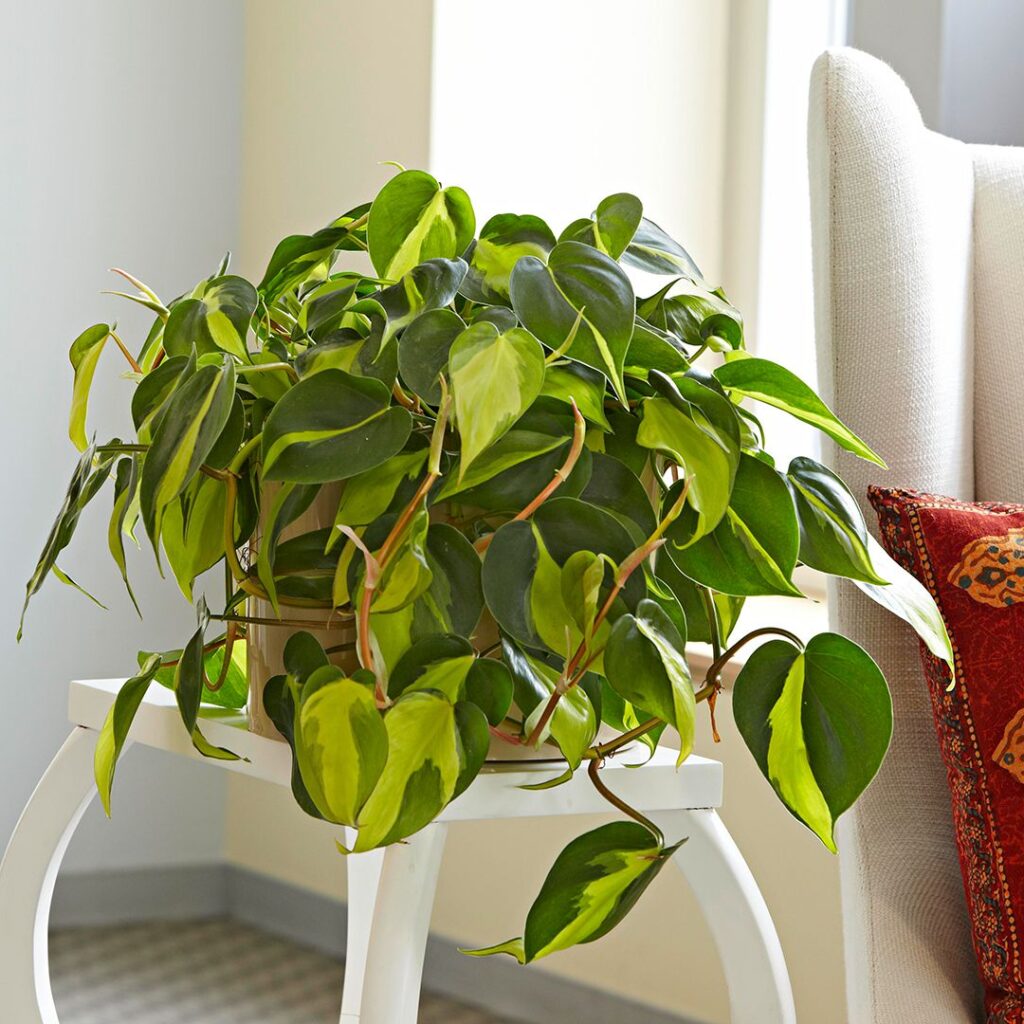
This elegant, trailing plant is beloved for its glossy, deep green, heart-shaped leaves. The Heartleaf Philodendron thrives in low to moderate light and can handle some neglect, making it great for busy people or low-light rooms. It grows fast and looks fantastic when allowed to trail several feet. Just prune it occasionally to keep it bushy and full. It adds a soft, romantic vibe to shelves, especially when paired with neutral or wooden decor.
3. English Ivy (Hedera helix)
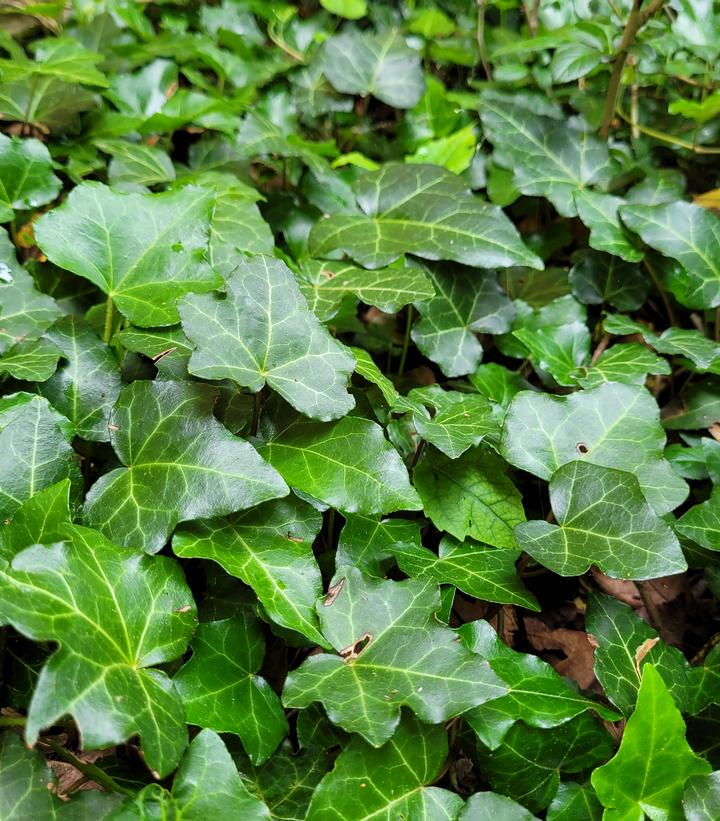
English Ivy is a classic trailing plant that brings a storybook charm to bookshelves. It adapts well to indoor settings and enjoys moderate to low light. Its vines can be trained to grow in any direction, making it ideal for creative plant styling. Although it likes humidity, it still survives well in drier indoor air. Just keep it away from pets, as it’s toxic if ingested. English Ivy is perfect for adding a touch of English cottage elegance to any room.
4. String of Hearts (Ceropegia woodii)
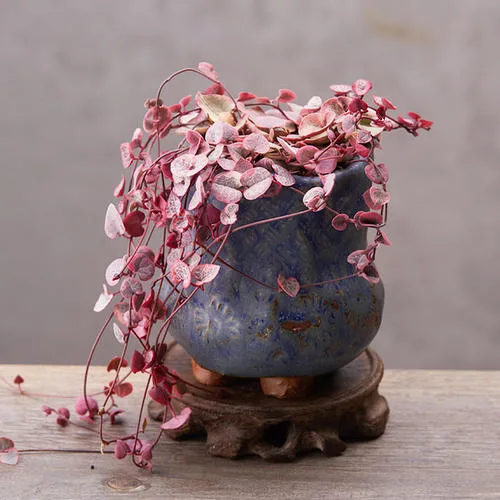
The String of Hearts is a delicate trailing succulent with tiny, heart-shaped leaves marked with silver patterns. While it prefers bright indirect light, it can tolerate lower light conditions and still look beautiful, though growth may slow. Its elegant, wiry stems make it a dreamy addition to bookshelves. Give it a light watering every two weeks, and it will reward you with a romantic, cascading display that can stretch several feet.
5. Spider Plant (Chlorophytum comosum)
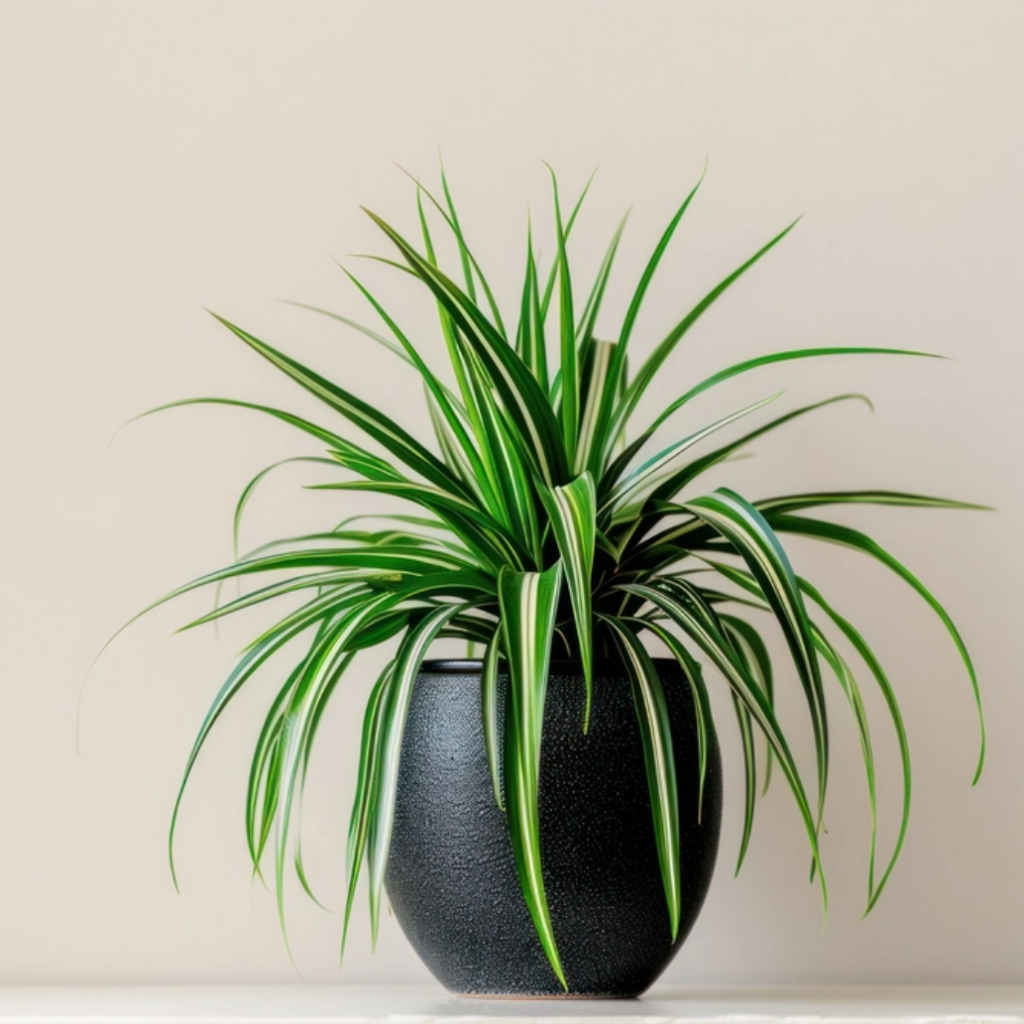
The Spider Plant is a resilient, beginner-friendly plant known for its fountain-like leaves and baby “spiderettes” that dangle down from the mother plant. It thrives in indirect light and adapts to lower light conditions as well. It’s easy to propagate and adds movement and texture to a bookshelf setting. Its bright green and white striped foliage pops beautifully against dark wood or painted backgrounds, creating visual interest in any room.
6. Burro’s Tail (Sedum morganianum)
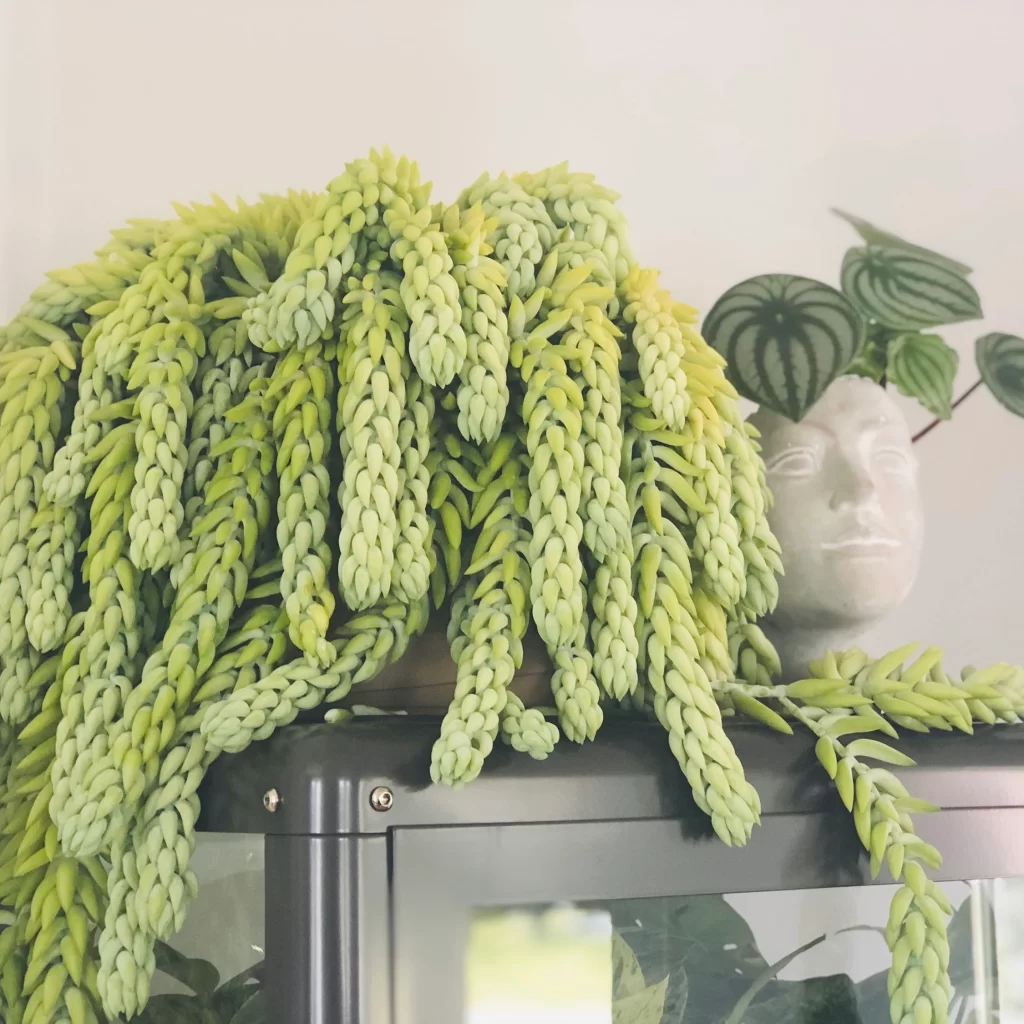
Burro’s Tail is a quirky and eye-catching succulent with trailing stems that resemble braided ropes of green jelly beans. It prefers some light but can adapt to low-light spaces if not overwatered. Its plump leaves store water, making it drought-tolerant. This unique plant brings a sculptural, whimsical look to shelves, especially in minimalist or boho interiors. Just be careful when moving it its leaves are delicate and prone to falling off.
7. Tradescantia Zebrina (Wandering Jew)
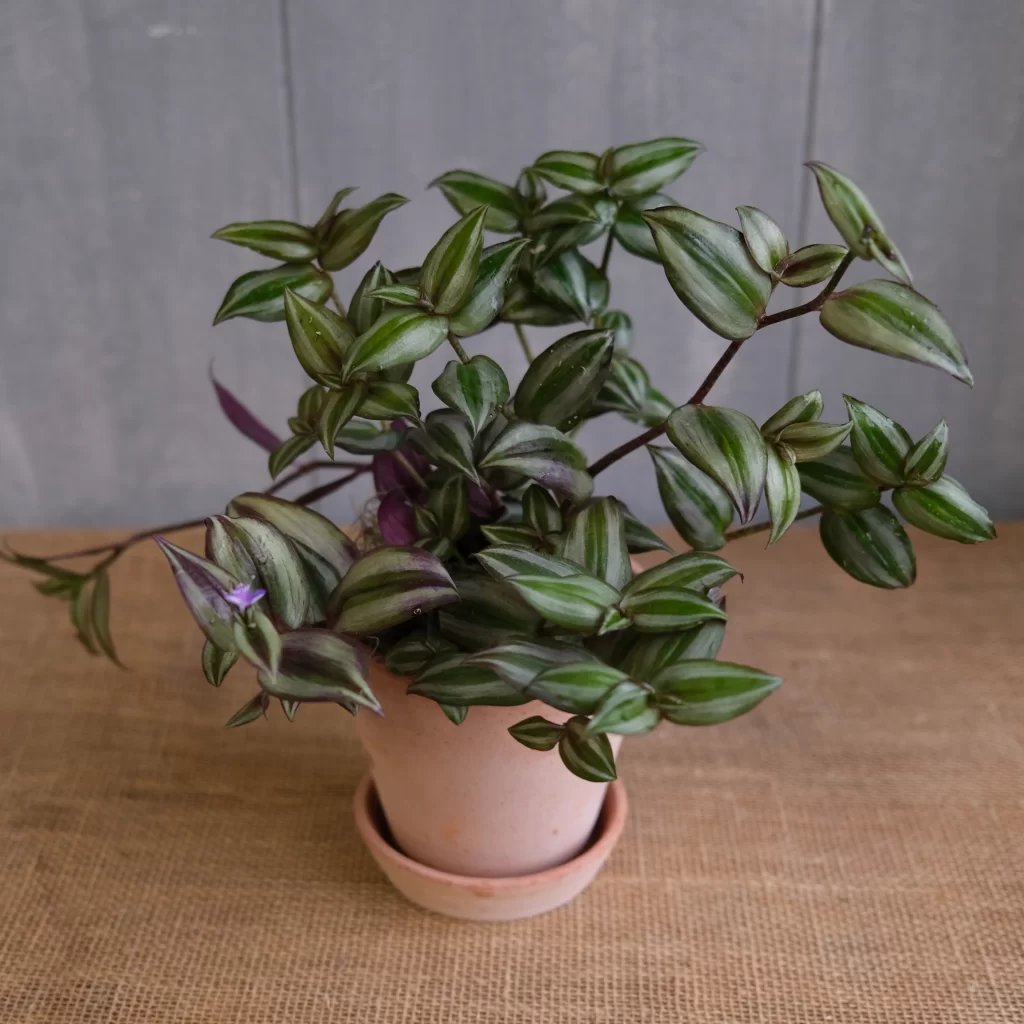
With its striped purple and green leaves that shimmer in the light, Tradescantia Zebrina adds a colorful flair to any shelf. While it prefers bright, indirect light, it can adapt to low light, especially if kept warm and slightly moist. Its fast growth and vibrant appearance make it a great option for people who want a dramatic, lively touch in dim rooms. Pinch it back to encourage fuller growth and prevent legginess.
8. String of Pearls (Senecio rowleyanus)
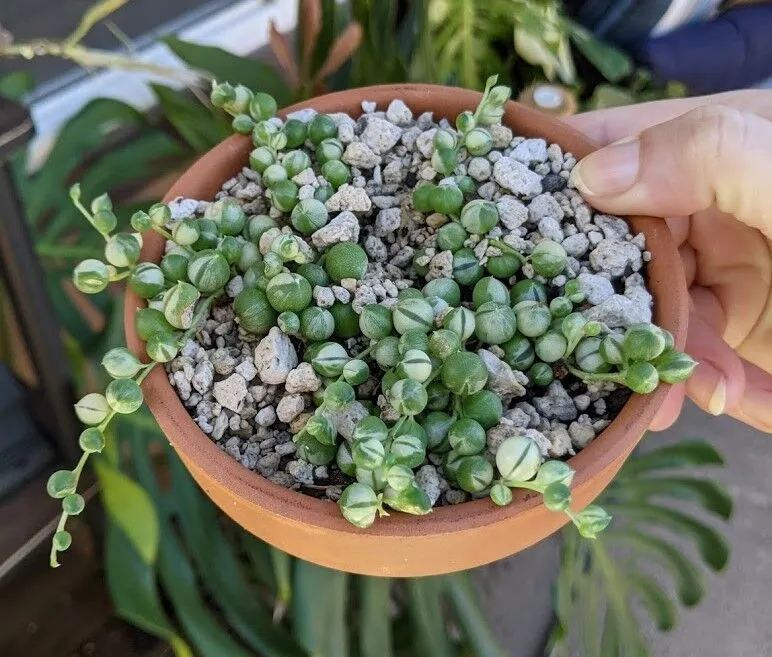
This striking succulent features long, trailing vines dotted with round, bead-like leaves that resemble green pearls. It’s a showstopper in hanging pots or spilling over a high shelf. Though it prefers brighter spaces, it can tolerate low light with careful watering and occasional rotation. String of Pearls adds a modern, artistic vibe to indoor décor and looks especially chic in geometric planters or sleek shelves.
9. Peperomia Hope
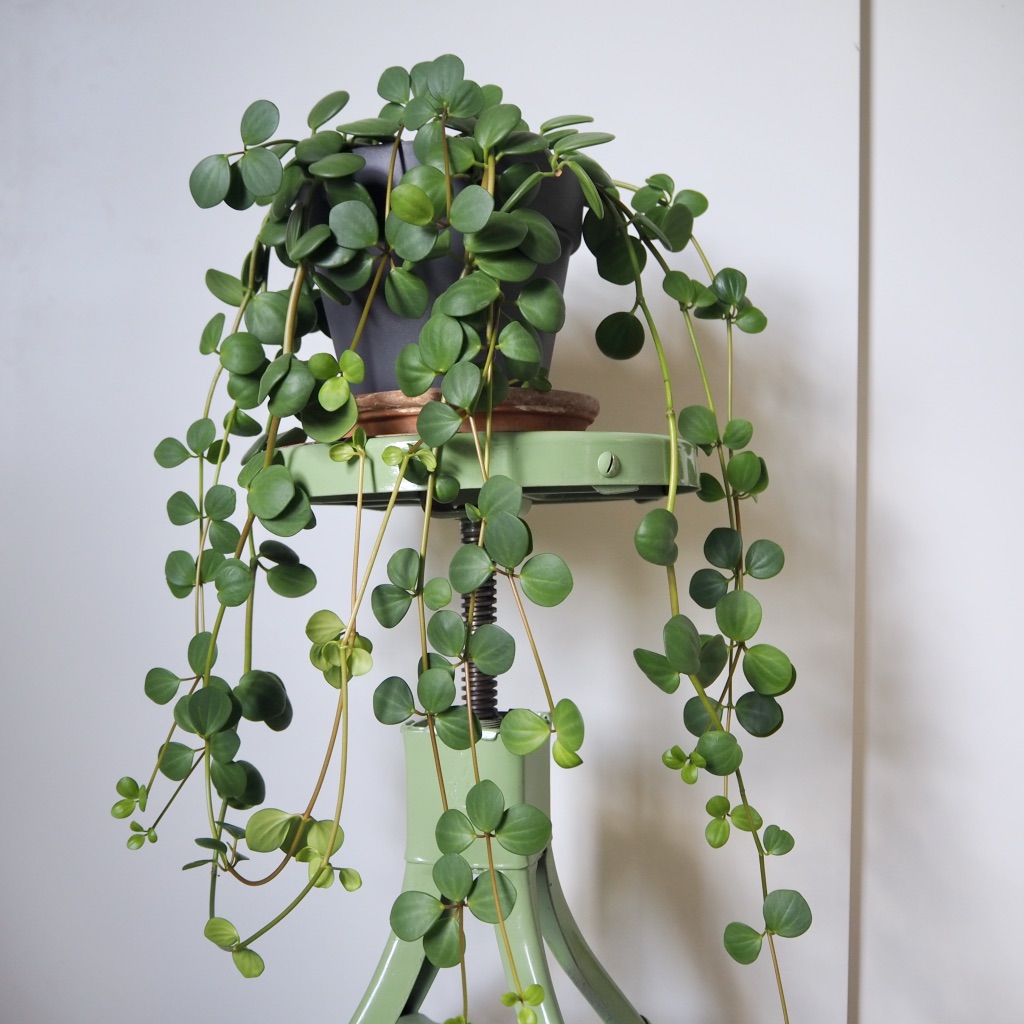
Peperomia Hope combines the durability of a succulent with the charm of a trailing houseplant. Its rounded, coin-shaped leaves grow in tight clusters along trailing stems. This plant thrives in low to moderate light and doesn’t require frequent watering. Its compact form makes it ideal for small spaces or narrow shelves. Peperomia Hope adds a subtle, serene presence that complements modern, Scandinavian, or minimalist décor styles.
10. Creeping Fig (Ficus pumila)
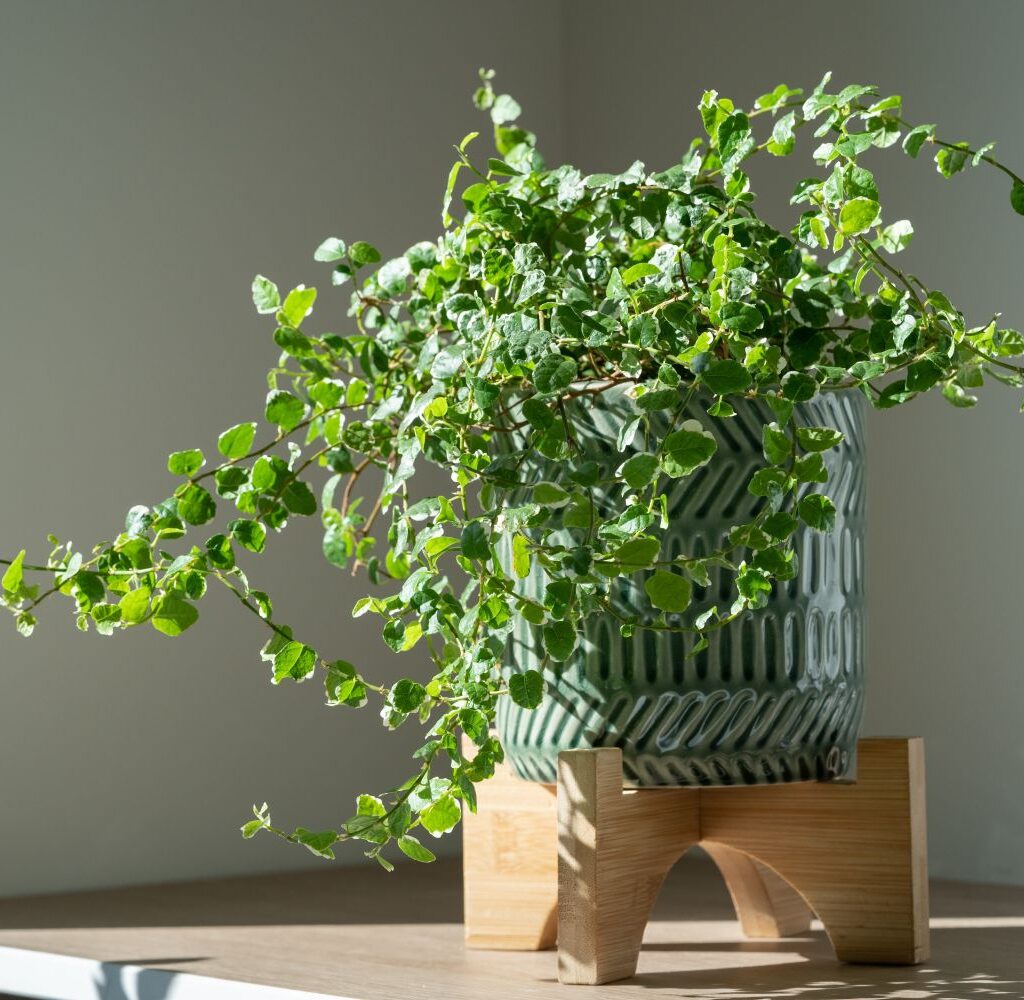
Creeping Fig is a small-leaved vining plant that can either climb or trail, depending on how it’s placed. It prefers indirect light but can handle low-light conditions as well. Its fine-textured foliage brings a lush, woodland look to shelves or corners. This plant is a bit more moisture-loving than others on the list, so keep the soil slightly damp. With the right care, Creeping Fig creates a dense curtain of greenery that brings natural elegance to any room.

